After exploring the desert and the mountains around Kerman I thought about continuing further East to Bam, Zahedan to visit the nearby UNESCO listed Shahr-e Sukhte ruins dating back to 3200 BC as well as an active volcano. However, German Foreign Office strongly advises against going to Sistan & Baluchistan regions bordering Afghanistan and Pakistan.
The opinion of the locals about the Eastern region was split. Those who have been there said it’s safe to travel while all others discouraged me from traveling there. I decided to save the region for my next visit to Iran and focused on Western and Northern Iran where numerous places of interest were waiting for me.
Esfahan
Esfahan is definitely the touristic capital of Iran. Loads of groups of elderly European tourists flocked to the famous mosques, squares and palaces that give Esfahan its beautiful and impressive appearance. OK, I’m exaggerating a bit, its not (yet) the Venice of the Middle-East 😉
Khuzestan
After three cold and rainy days in Esfahan (I didn’t expect that in May, but the locals were overjoyed about the „good“ weather) I crossed the Zagros mountains by bus to the sun-burnt province of Khuzestan which used to be a central spot for several ancient civilisations in the Middle-East. The most notable of those was the Elamite empire which ruled the region from the third to the first millennium BC. Today, the importance of the region originates from its rich oil reserves that unfortunately made it a primary target for the Iraqi invasion in 1980. My first stop in Khuzestan was the city of Izeh with several ancient monuments located in the surrounding villages. In contrast to Esfahan, tourism hasn’t arrived to Izeh yet. Not even one shiny hotel or a hip hostel can be found here, the only option is a run-down house where a friendly man offered worn rooms. Due to the helpfulness and patience of locals with my very limited Farsi (and occasional nonsense delivered by Google translator), we quickly overcame the problem that virtually nobody spoke even a word of English. A three-hour bus ride westwards brought me to the city of Shushtar, home to the the UNESCO listed hydraulic system that features numerous water mills Cell Phone Number Trace , dams, tunnels and channels. Not far from Shushtar lays the ziggurat Chogha Zanbil. Built by Elamite king Untash about 1250BC, the originally 53m high stepped pyramid was once crowned with a temple and honoured the great god Inshushinak.
The most scenic railway trip
While melting in the heat of the Khuzestan-plain, where the temperatures exceed 50°C in the summer, I was craving some mountains with a cool breeze. More than 100km north, on the other side of the Zagros mountain range, a mountain named Oshtorankuh lured me with its beautiful lake and lush green meadows on its foothills. I didn’t think long about going there, especially after I found out that a super-scenic single track railway crosses the Zagros mountains connecting Andimeshk in Khuzestan with Dorud in Lorestan, less than 30km away from Oshtorankuh. Hopping on the train was like traveling back in time. With a jolt the old black diesel locomotive pulled the heavy carriages out of the train station. The train is the only connection to the outside world for several villages along the railway. Most passengers were taking huge bags filled with food and clothes to their families living in one of the tiny villages along the railway. The average age of the people on the train was pretty high, which gave me the impression that the youth is leaving these beautiful, but remote places. Soon after leaving Andimeshk, sellers with bags and trays walked up and down the carriages offering food to those who didn’t prepare for the 5-7h journey. I was the only obviously foreign looking person that boarded the train and as always people wanted to inquire what brought me to their region, what places have I visited and where I was planning to go. The landscape outside the window changed quickly. The fields of Khuzestan with their golden grain gave way to green meadows surrounded by steep, rugged rocks and mountains. Building the railway must have cost tremendous effort. Bridges over deep valleys alternated with endless tunnels. Those prone to vertigo should better avoid looking out of the window for too long 😉
Oshtorankuh (4150 m)
Using Telegram, at that time the most papular messenger app in Iran, I was looking for a companion to climb Oshtorankuh. Unfortunately, no one had time, but I found a mountaineer who confirmed that the GPS track I found on wikiloc existed. Although I initially wanted to ascend the mountain from lake Gahar, I had to abandon this idea as the entry to this area was prohibited at that time in order to protect bird breeding sites. It was said that two shelters were on the way to the top, but I played it safe and took my tent anyway.
It was already noon when I started in the village at the trailhead at 1740m and as huge clouds were quickly building up over the mountain peaks, I was afraid that they could turn into a thunderstorm. Luckily, I was spared this time and I could reach the second shelter on 3630m well before sunset. I was quite surprised that everything above 3500m was still covered by a thick snow layer. The best season for hiking and climbing was said to begin soon, but I was sure that this amount snow would not melt at least for a month. When I opened the door of the cabin, I looked into the eyes of five people in sleeping bags. It was such a nice surprise to meet the English speaking guys from Slovakia and Czech Republic and I realised how much I missed a decent conversation. Unsurprisingly, I didn’t sleep much at that altitude. The weather didn’t look promising as clouds were covering the peaks all evening and it didn’t get better until morning. I left the shelter at 5am, one hour before sunrise, in order to reduce the risk of getting into a thunderstorm. The other five guys didn’t want to hurry and wanted to a have proper breakfast first. I didn’t find any tracks in the snow but blamed the wind and fresh snow for covering them. When the sun rose behind thick clouds I reached the U-shaped ridge leading over three smaller peaks to the highest spot. The snow was soft and I had a reasonable grip without crampons. Later, when the clouds lifted slightly, I saw the group of five guys going towards the other side of the U-shaped ridge following a barely noticeable track uphill. According to the GPS track I was following, I should be crossing the lower peaks before reaching the highest one. The other route seemed to reach the highest peak directly by ascending a wide and slowly rising ridge. It was then when I realised that I had chosen the much more difficult ascend, most probably passable only in snow-free summer conditions. However, as it was too late to go back and take the other way, I decided to continue. Before the first peak, the ridge became quite narrow and I had to carry on very carefully without crampons. When I reached the first peak at 4050m, visibility was well below 50m making it difficult to find the right way that required climbing down about 50m. The clouds lifted for a moment when I reached the col below the third peak and I realized that the weather was not promising. Huge cumulus clouds were rising, a typical sign for an upcoming thunderstorm. The climb to the third peak would have been nice without snow but was quite difficult without crampons. It took me ages to climb the first 10m so I decided to stop and return to the shelter. Fortunately, I didn’t have to return via the same way and could descend directly from the col as the way was not too steep and covered with deep and soft snow. The Slovakian/Czech group confirmed my mistake after their return and reported that their way to the highest peak of Oshtorankuh was pretty easy. Soon after I left the shelter to descend, the expected thunderstorm hit Oshtorankuh and forced me to the ground. Luckily, the thunder disappeared quickly and I arrived safe and dry back in the village.
Kermanshah and Kurdistan
The day I left Dorud towards Kurdistan was the first day of Ramadan. For those who are not familiar with it, Ramadan is the ninth month of the Islamic year when adult Muslims do not eat, drink, smoke or have sex from dawn till dusk. Exception is made for those who are ill, elderly, pregnant or breast-feeding or are travelling. Adherence to Ramadan is enforced by law in Iran and no restaurants or cafes are open during the day. Of course, you can still buy food and drinks everywhere, but you are not allowed to consume them in public. Some hotels and truck stops along the high ways use the exception for travellers to offer meals. Otherwise, there are only very few restaurants, usually located in backyards, that serve food behind covered windows. However, throughout the country, I saw many people disappearing into the entrances of those restaurants, hiding in backyards or walking into an empty street to eat and drink. I followed their example, but felt like a drug addict or a smuggler.
In Kermanshah I stayed with Amar who not only offered me a place to sleep, but also showed me around in town. We spent ours talking about everything under the sun and I’m still in contact with my congenial friend.
From Kermanshah I continued to the village of Uraman takht in Kurdistan, located in a remote valley close to the Iraqi border. Uraman takht is famous for its biyearly festival with traditional music and dances. Like many villages in this region, it is build on a steep slope creating a kind of terrace with houses being partially build on the houses beneath. My impression of the village was mixed. Though many houses appeared to be old, several had small shops selling virtually the same fake “traditional” clothes and shoes made in China and the same selection of dry fruits and honey. Tourism, in the absence of obvious foreigners I assume mostly local, has taken hold of the village and many villagers seemed to be bothered by it. Contrary to my previous experiences in Iran, I didn’t establish any relations with any villager.
In Sanandaj, the capital of the province Kurdistan, I found the open-hearted generosity that makes travelling in Iran memorable. Chia, a young Kurdish poet and writer, who I met on the street when I struggled to communicate with a taxi driver, spent two hours with me to help me get a new Iranian SIM card as my old one stopped working. That afternoon I hung out at Chia’s home talking about films (Bahman Ghobadi, the most famous Kurdish filmmaker used to live in the same street) and listening to Pink Floyd. The highlight was when Chia played traditional Kurdish music with a tamura (similar to tambura) for me. Follow him on Instagram to enjoy his tamura sessions or have a look in his latest book to get an insight into the Kurdish soul.
Tabriz
Near Tabriz, on the foothills of the dormant volcano Sahand, lays the village Kandovan which is popular with tourists thanks to its unique houses excavated inside the volcanic rock that looks like a termite mound. Unfortunately, Kandovan became too popular with tourists and today most of the village has lost its charm due to dozens of equally looking shops with the same Chinese made „traditional“ clothes that were also sold in Uraman takht.
By chance, I heared about free walking tours through Tabriz offered by Mehdi (Tabriz Walking Tours). Mehdi’s knowledge goes far beyond Tabriz and he seemed to know all treasures of the province of East-Azerbaijan. He took me to the colorful mountains near Tabriz and the drying salt lake Urmia that today contains as little as 5% of the water it used to carry two decades ago. The decrease in water level is caused by human activity, namely the construction of dams on rivers flowing into the lake, pumping of groundwater from the surrounding area and significant decrease of precipitation caused by climate change. In the evening, Mehdi and his friends took me to his favourite Shisha bar where a heavy thunderstorm with hail tested the roofing of the courtyard and the „storm cover“ of the shisha pipes 😉 . Again, it was hard to leave a new friend, his hospitality and dozens of places to be discovered in the region. But, Alireza and Zahra, my friends from Tehran, who I met in Kampala were waiting for me…
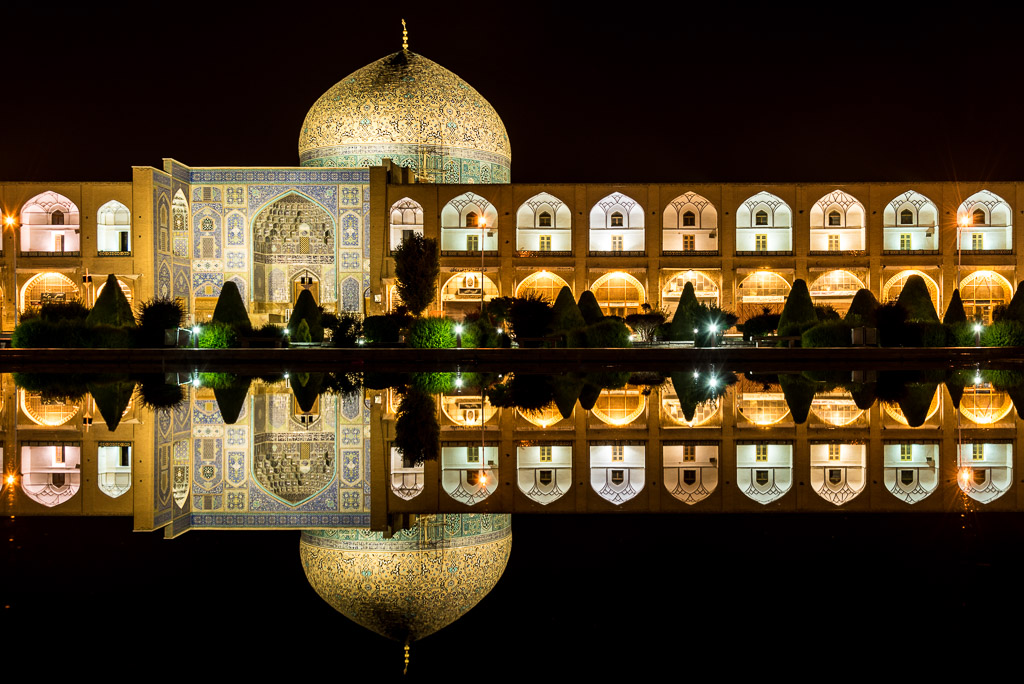




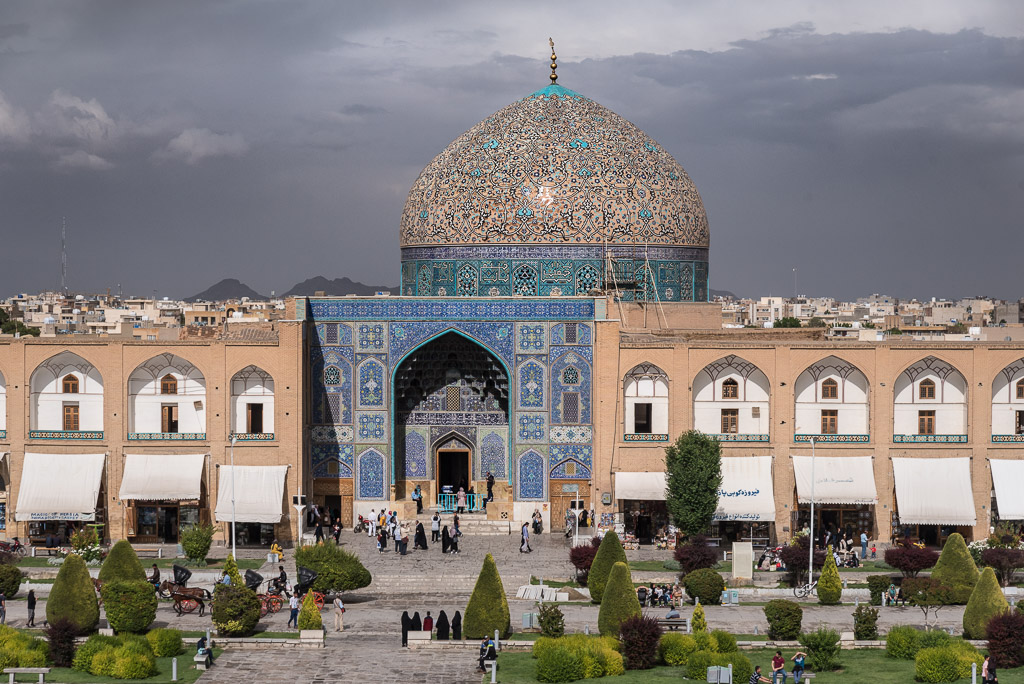

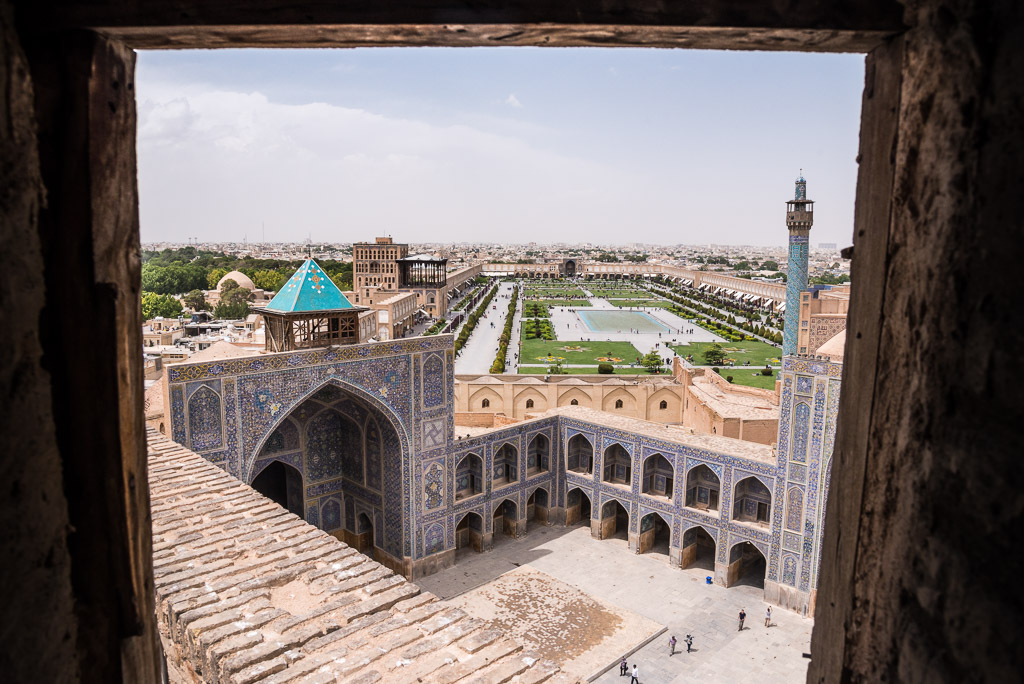

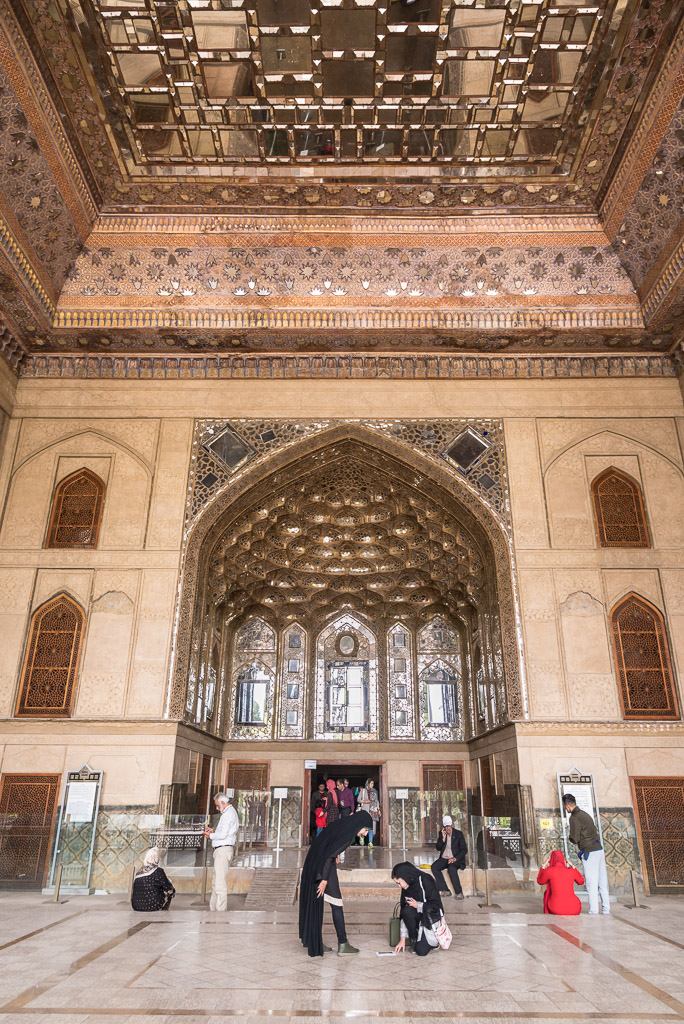
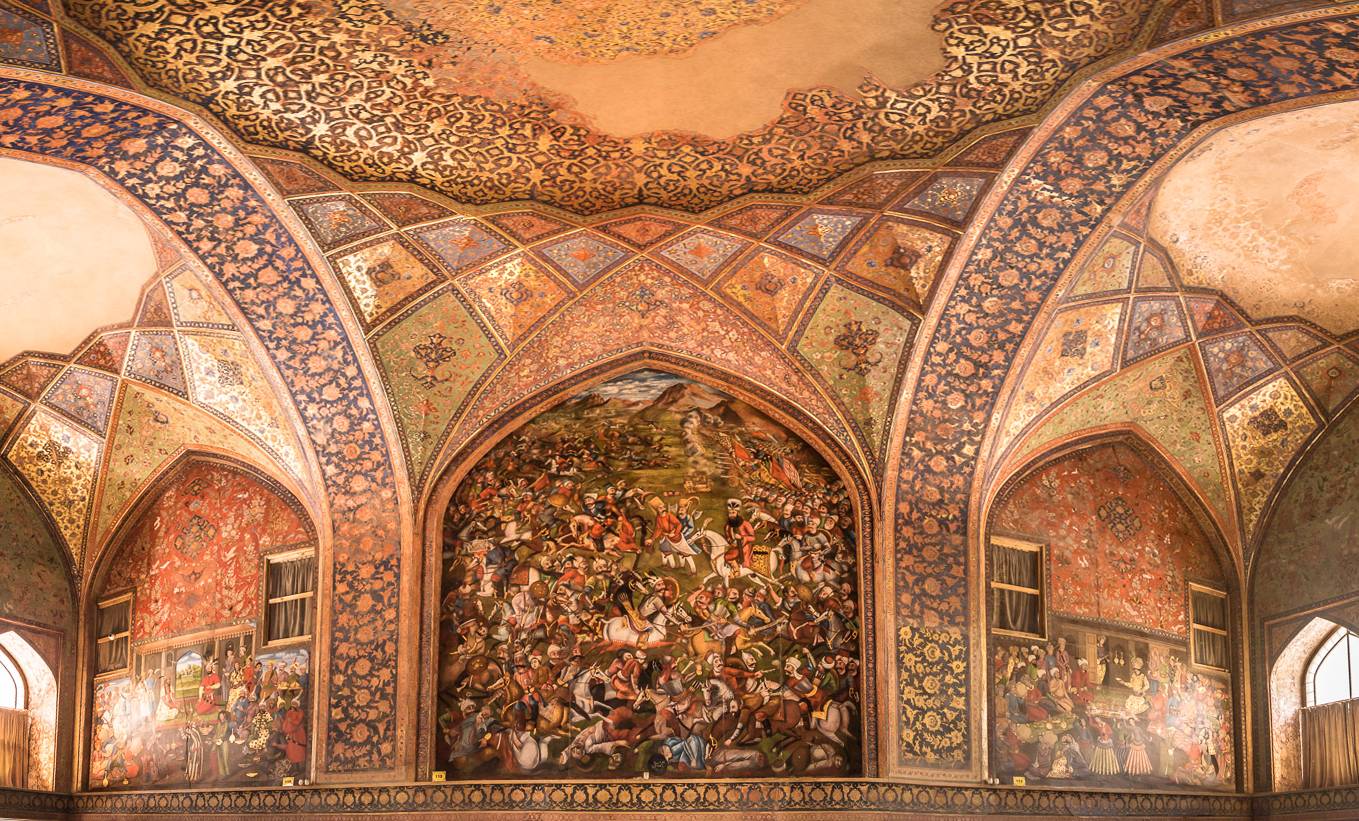
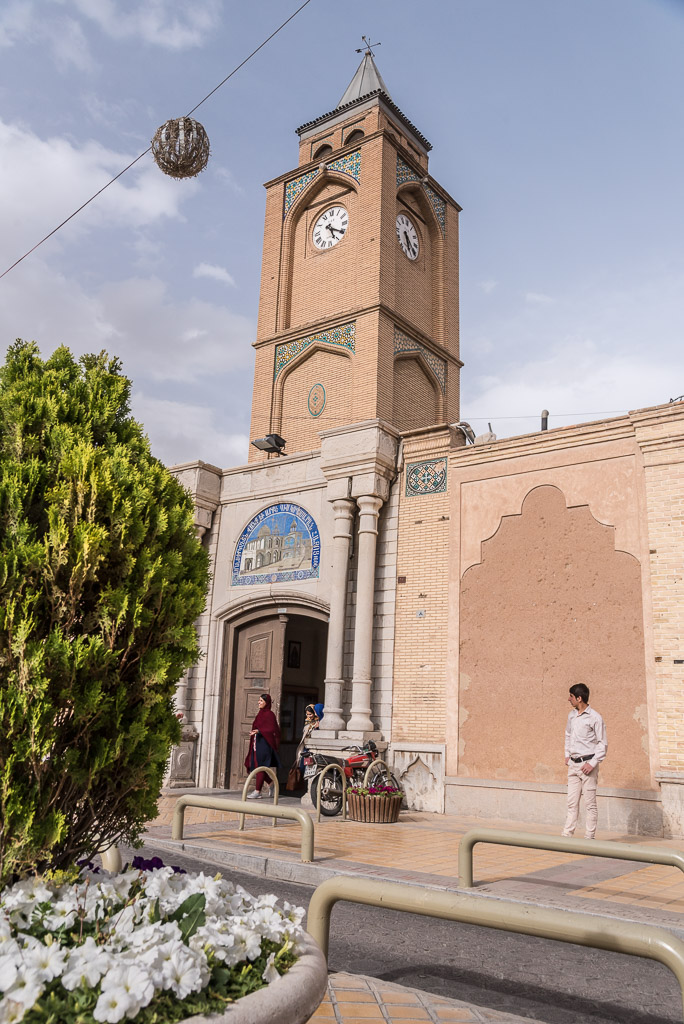
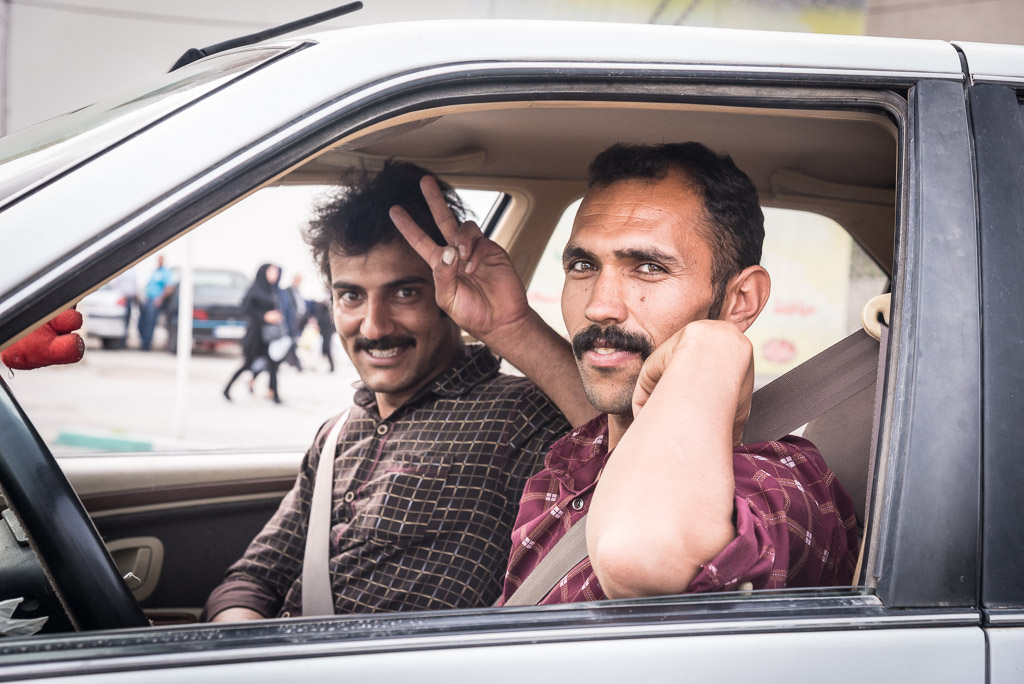
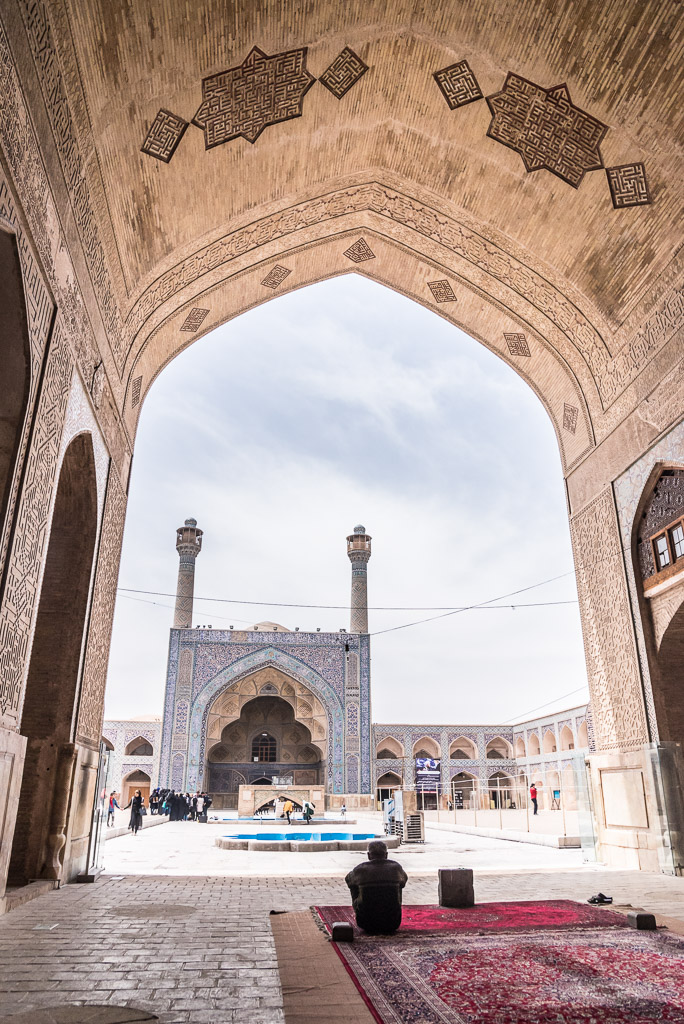
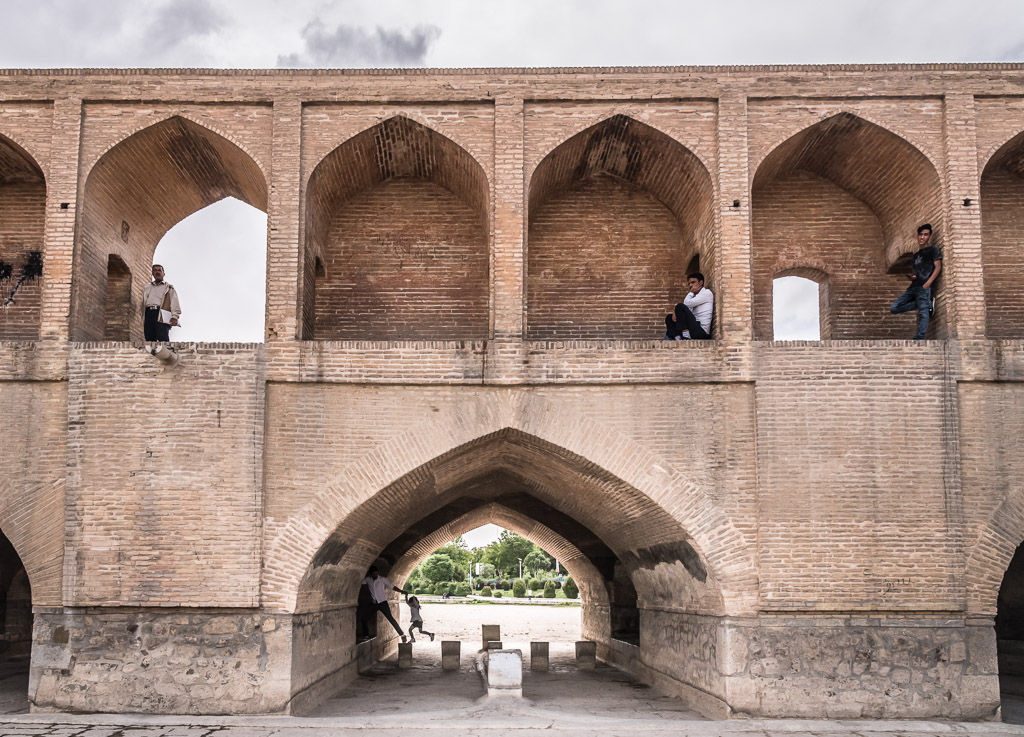
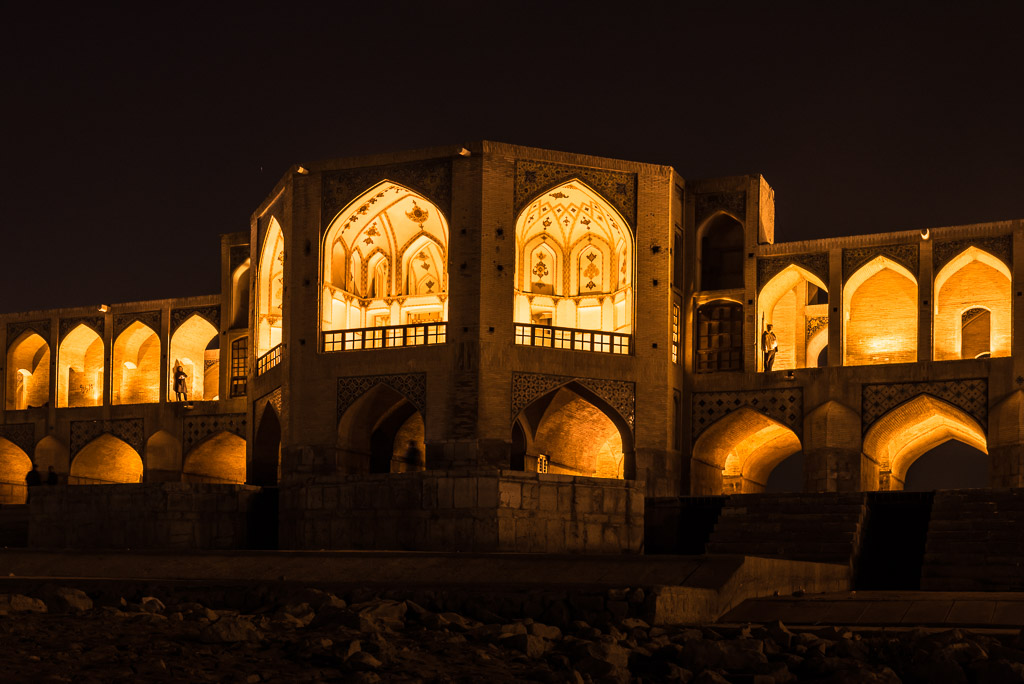

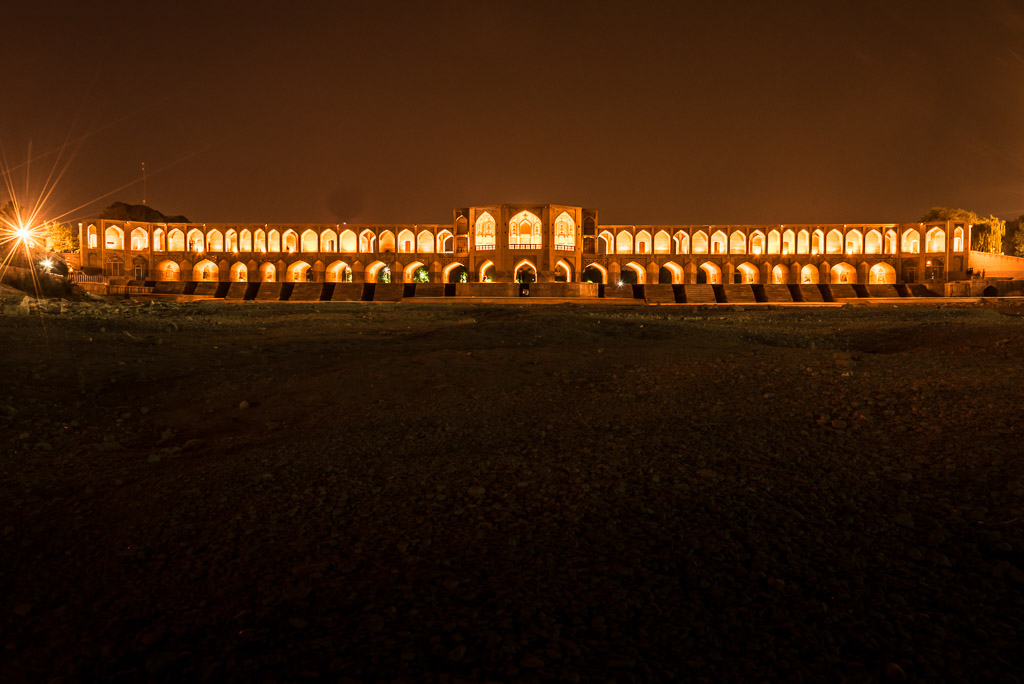
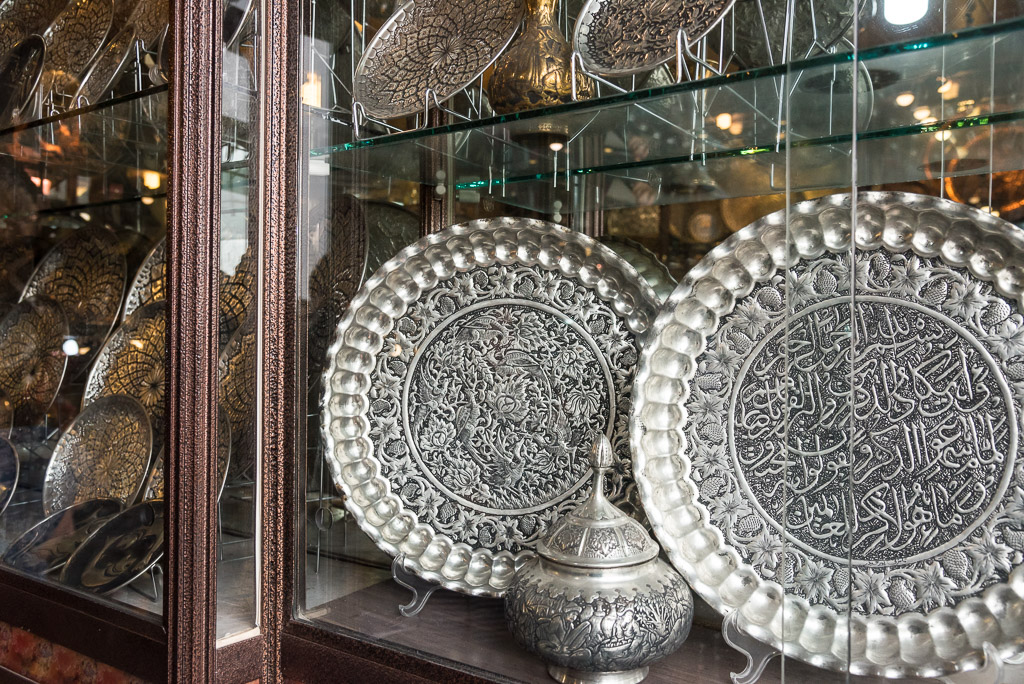
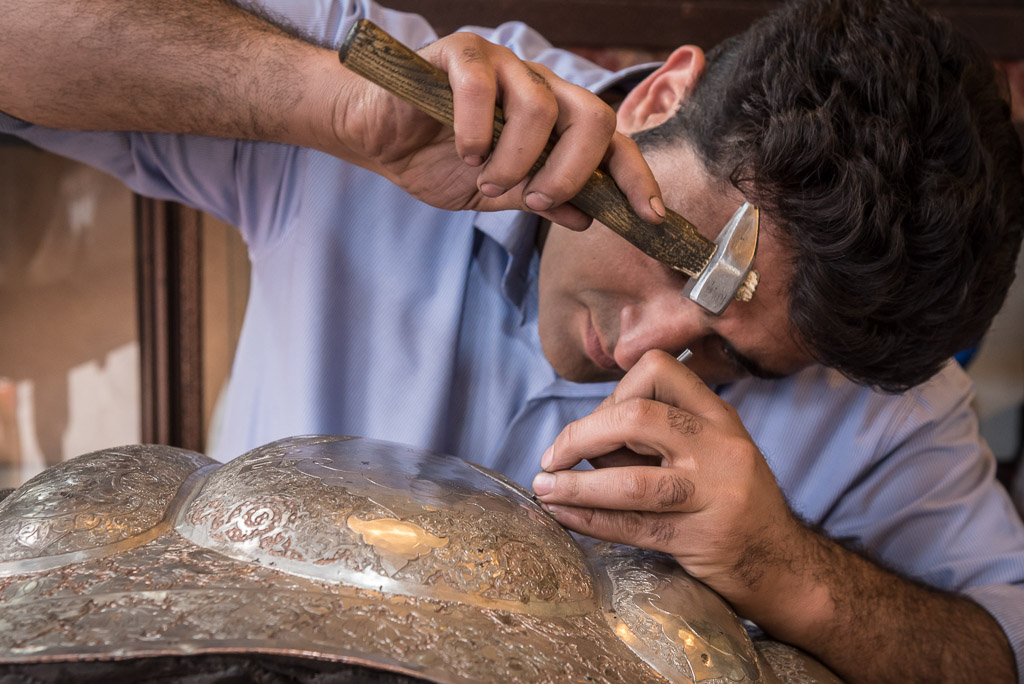
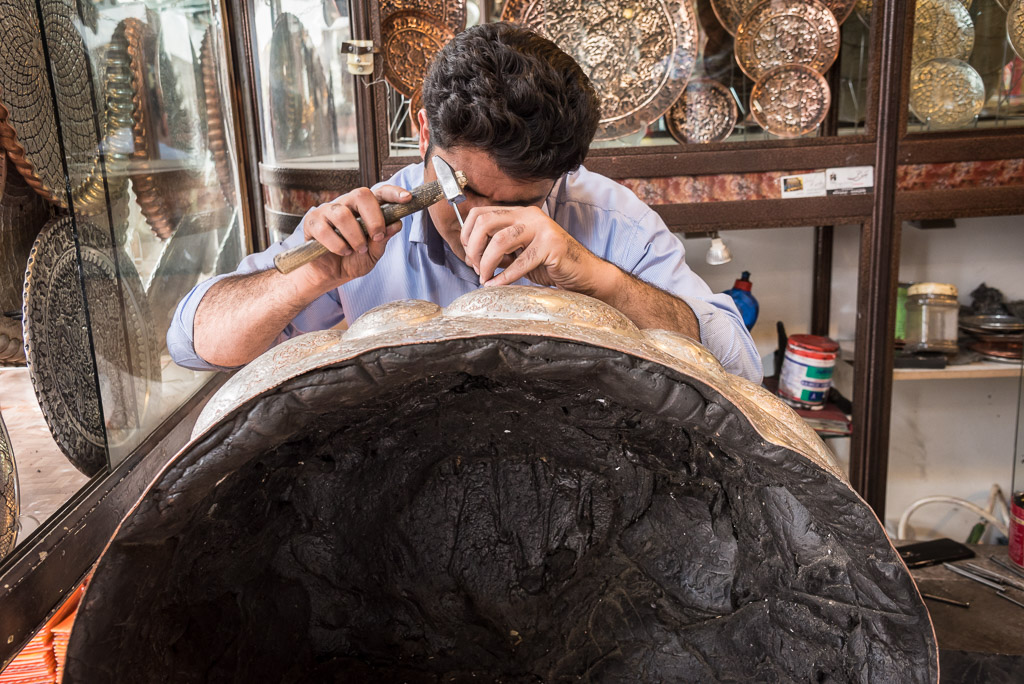
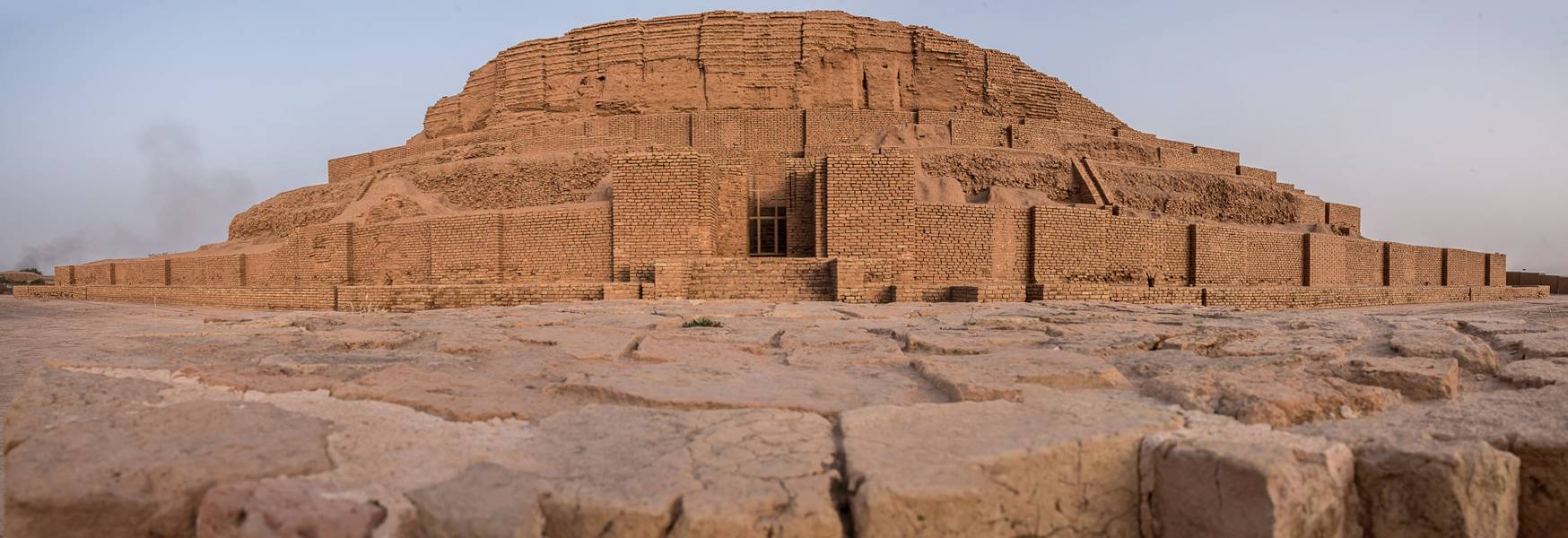






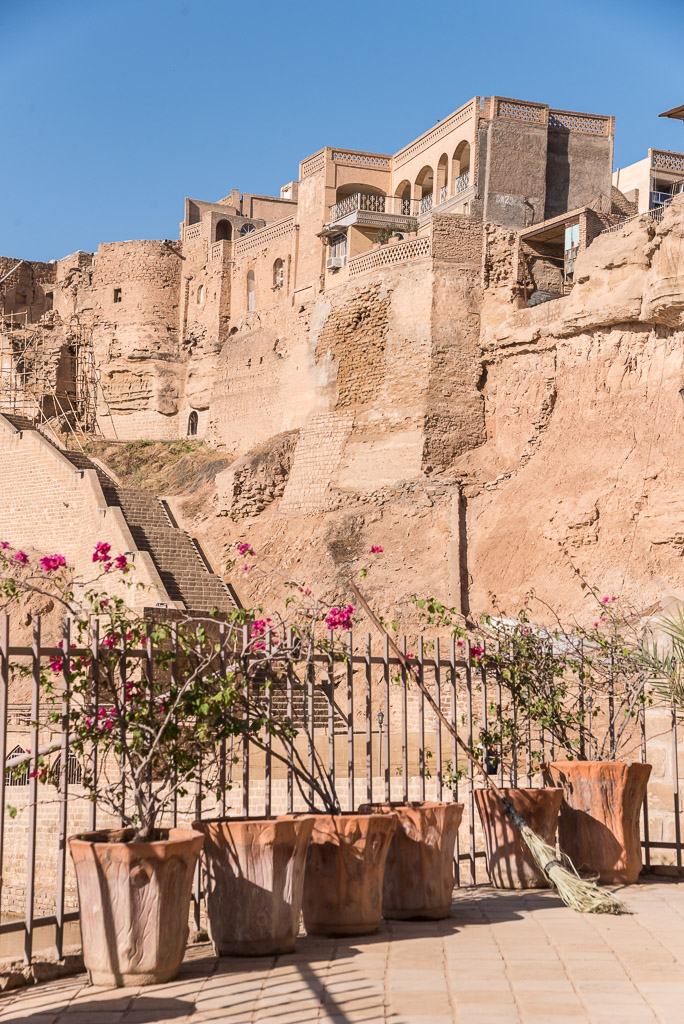
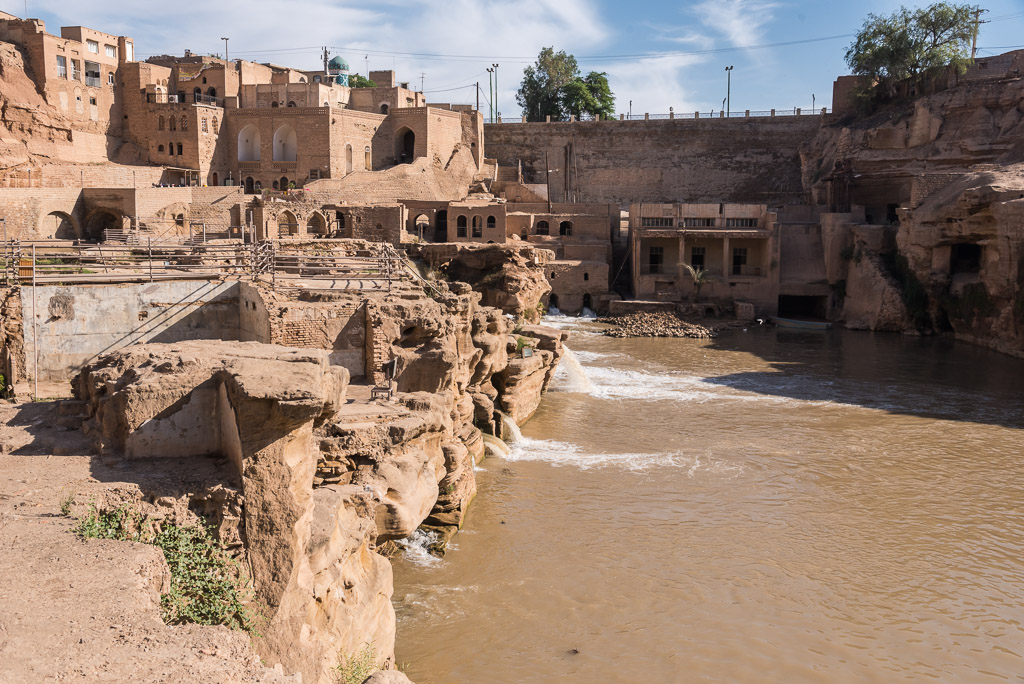


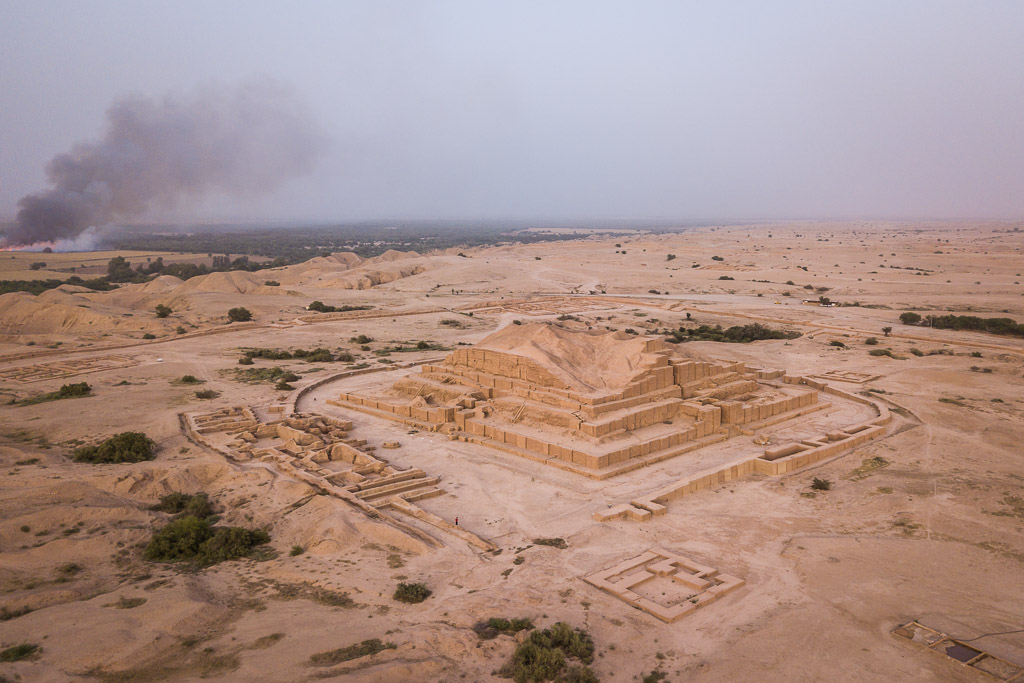



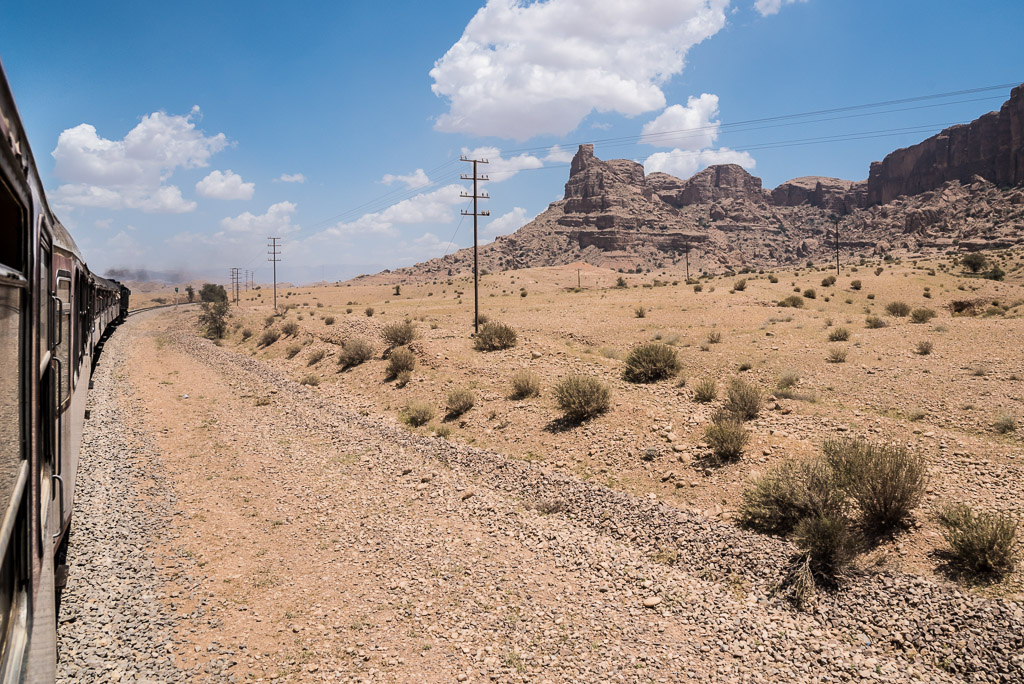
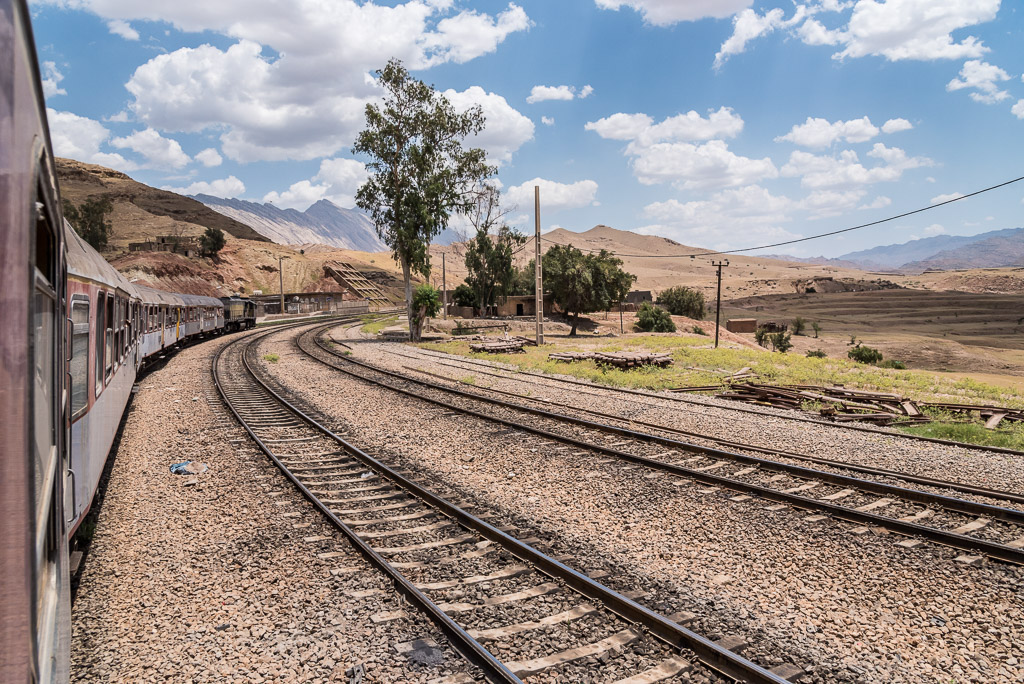
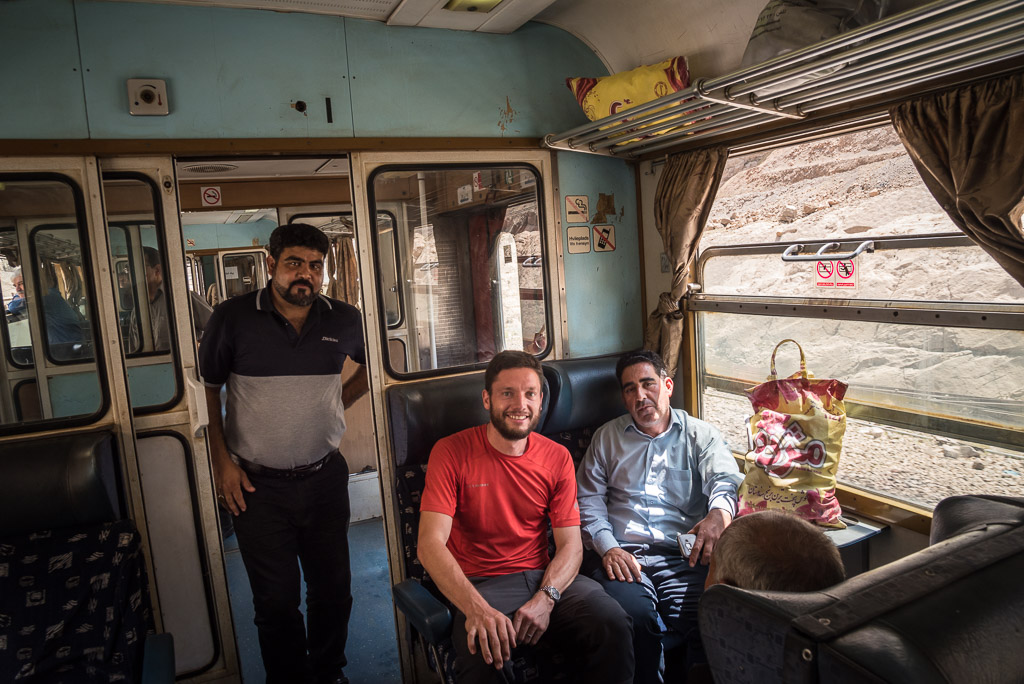
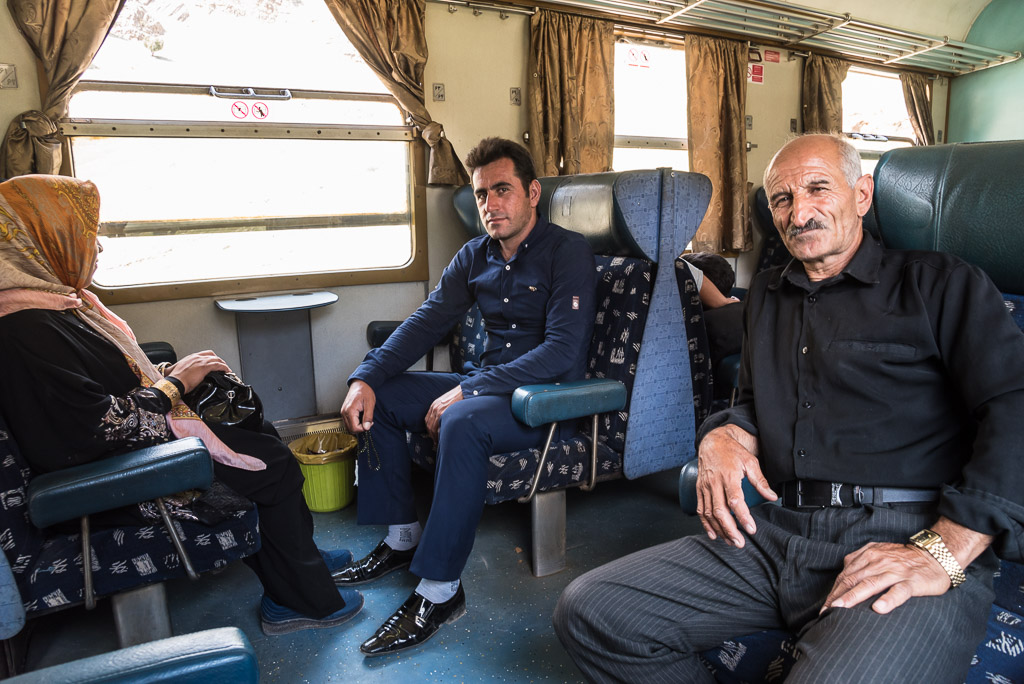
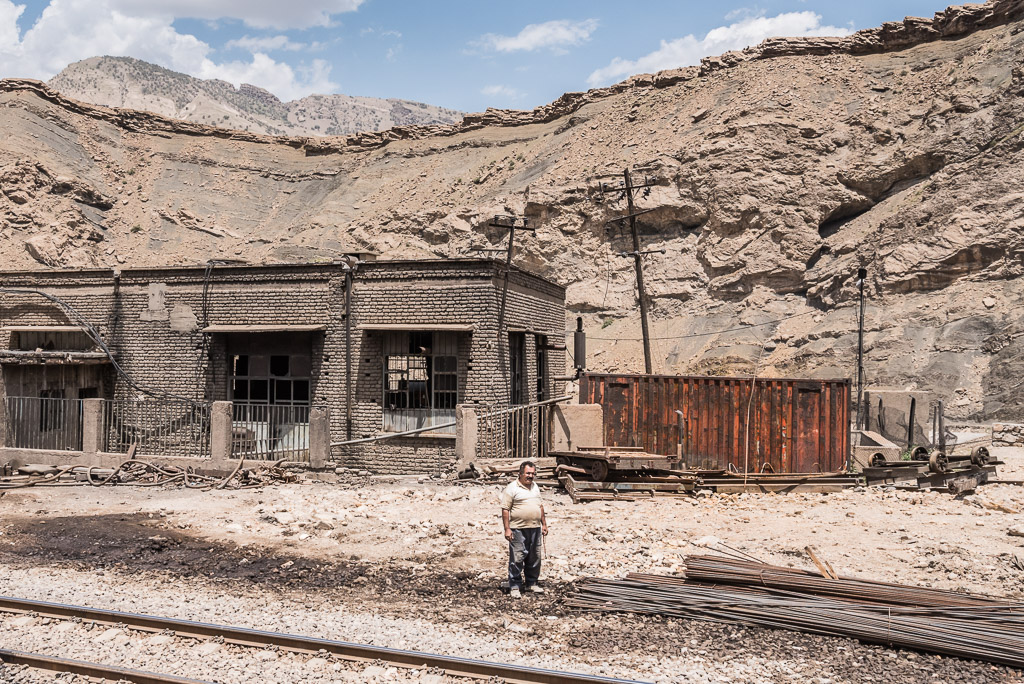
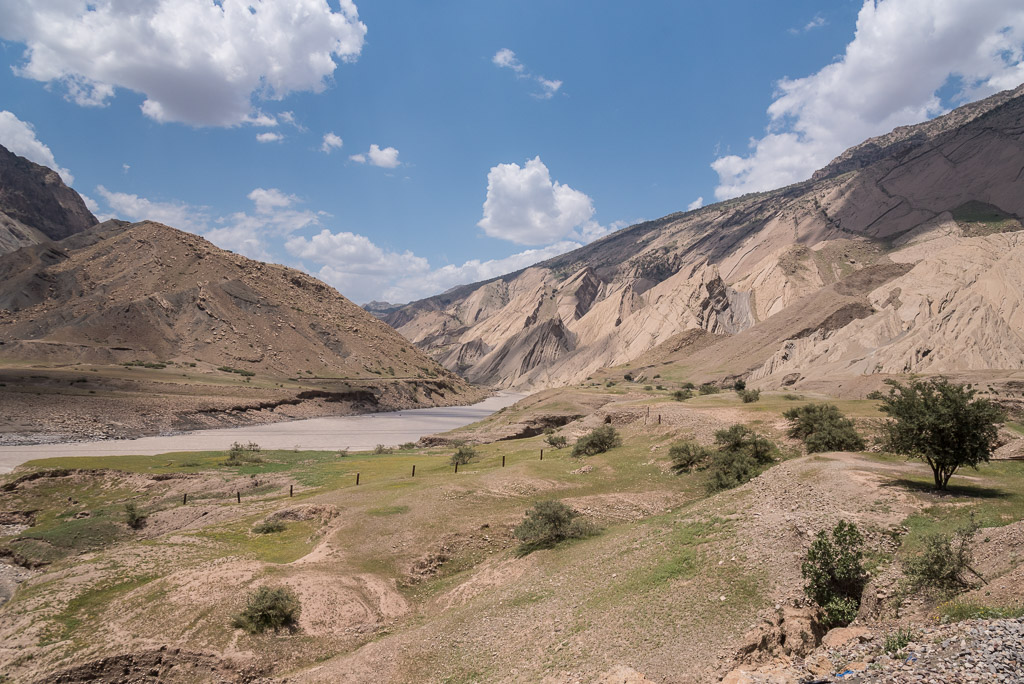
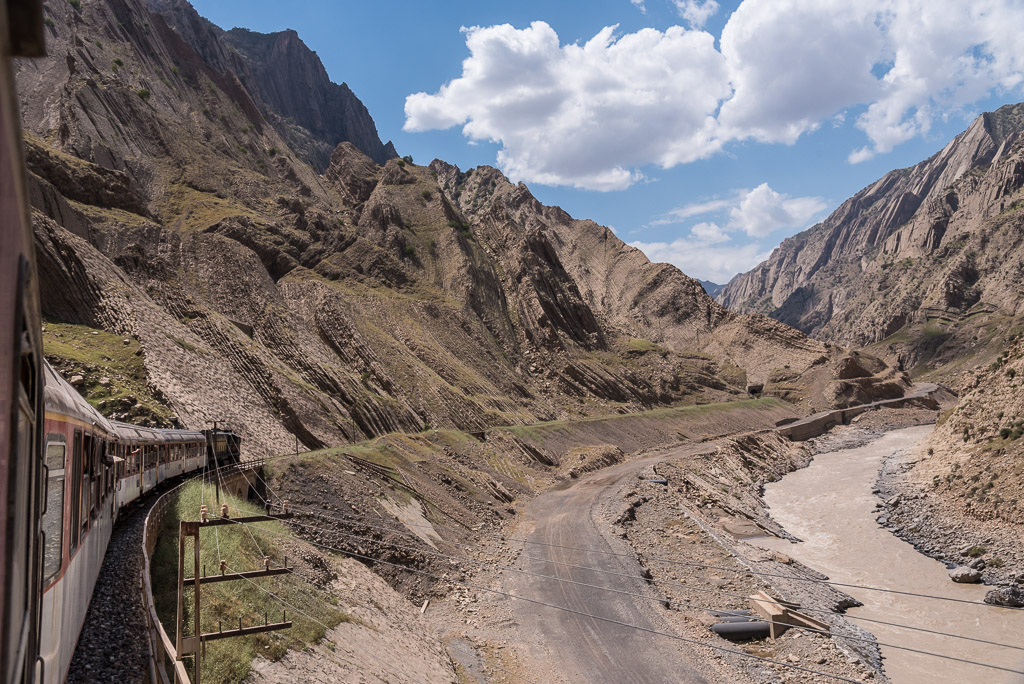
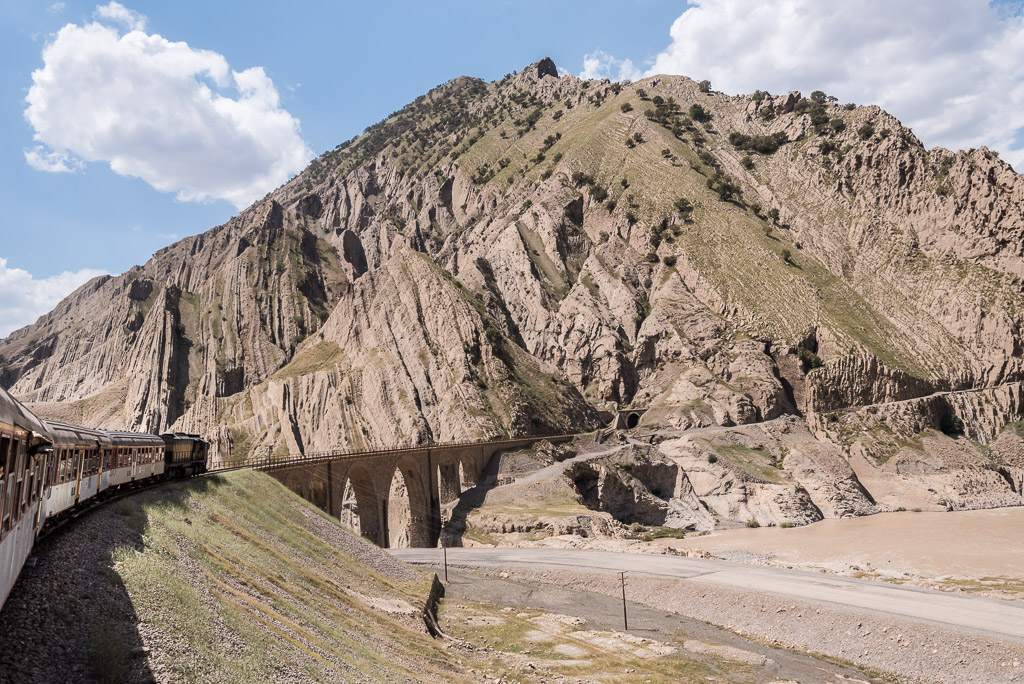
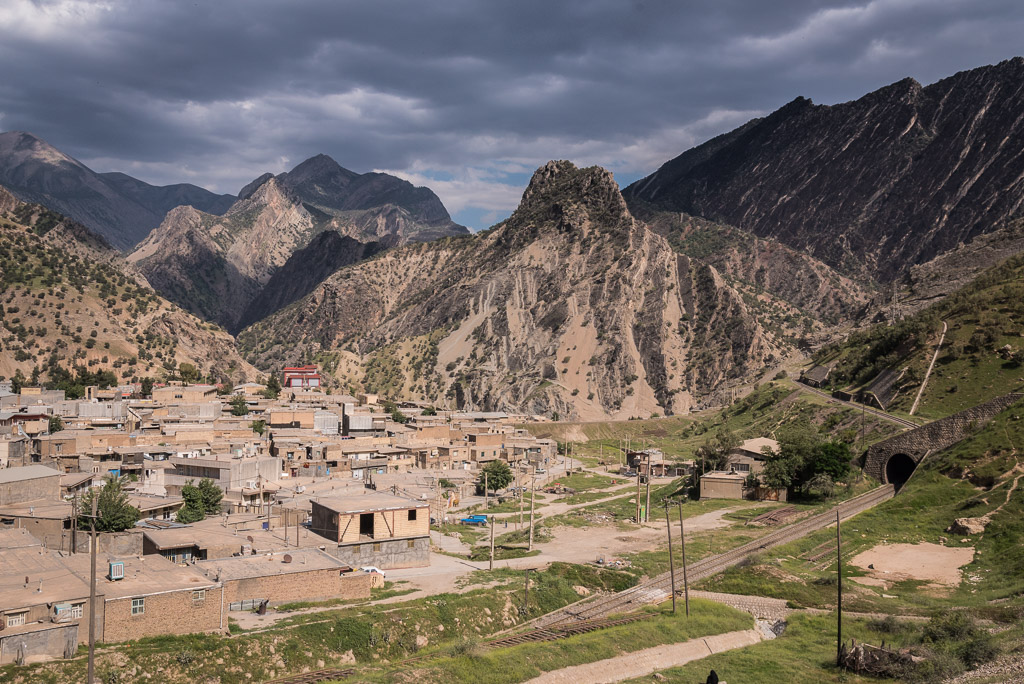
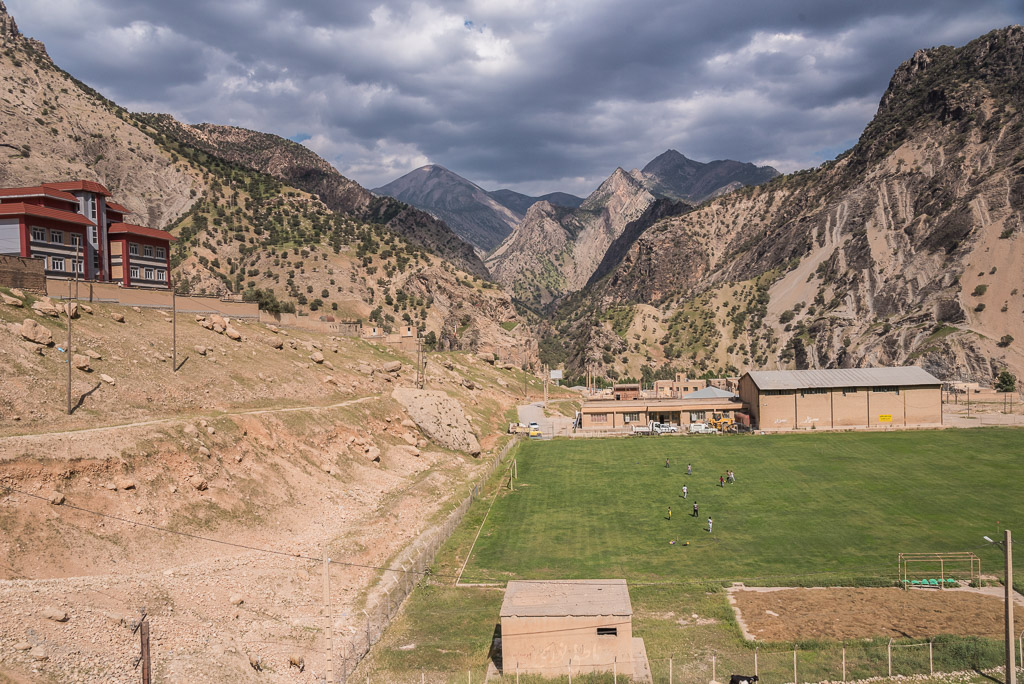
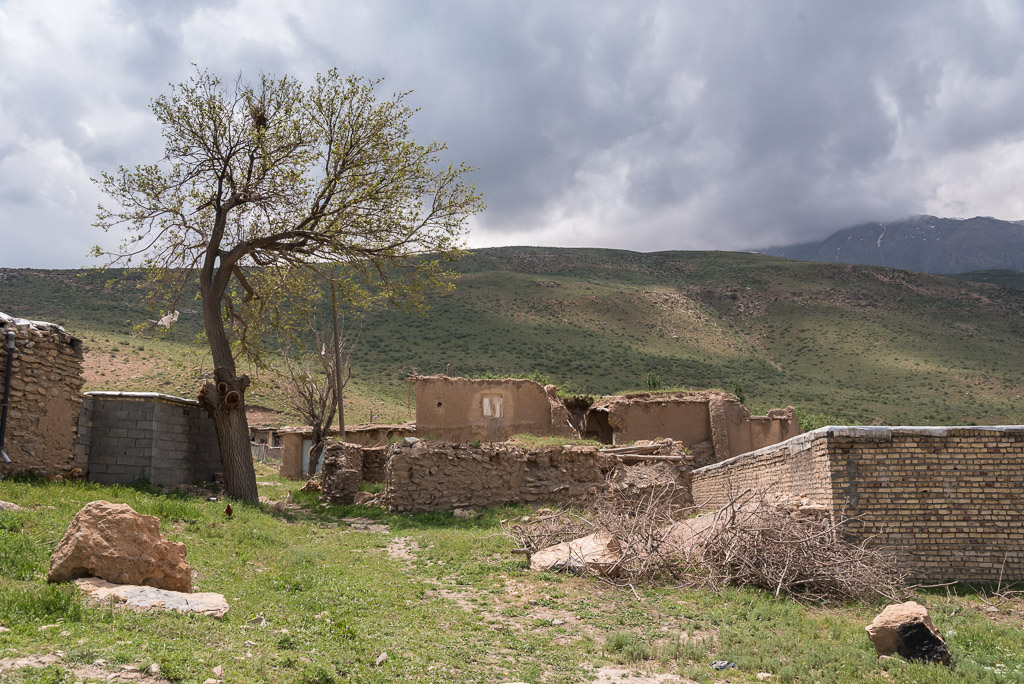
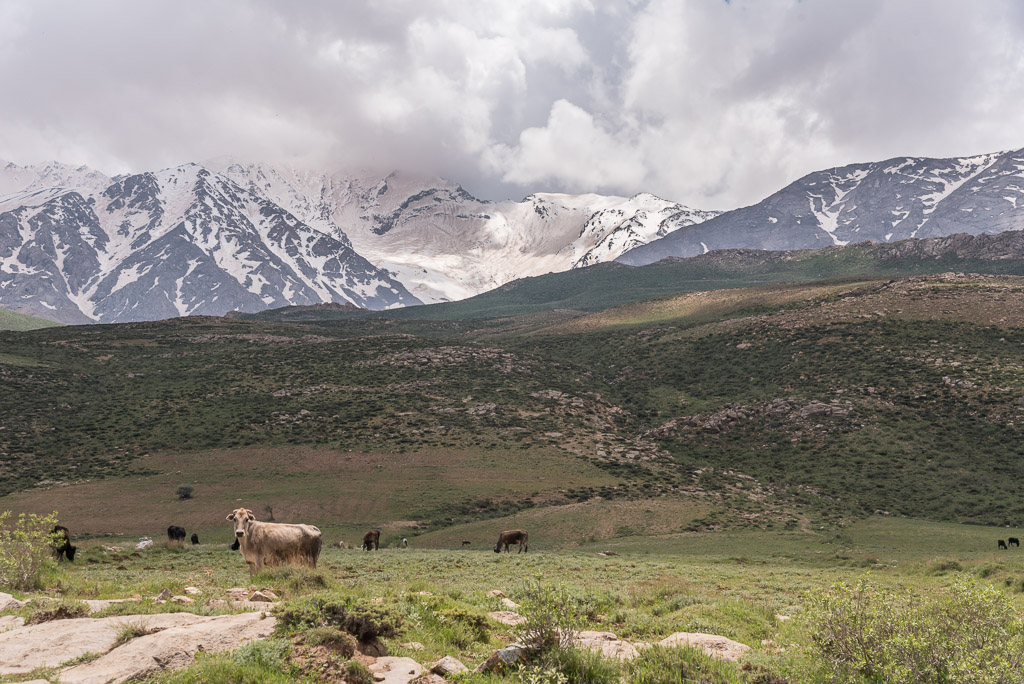
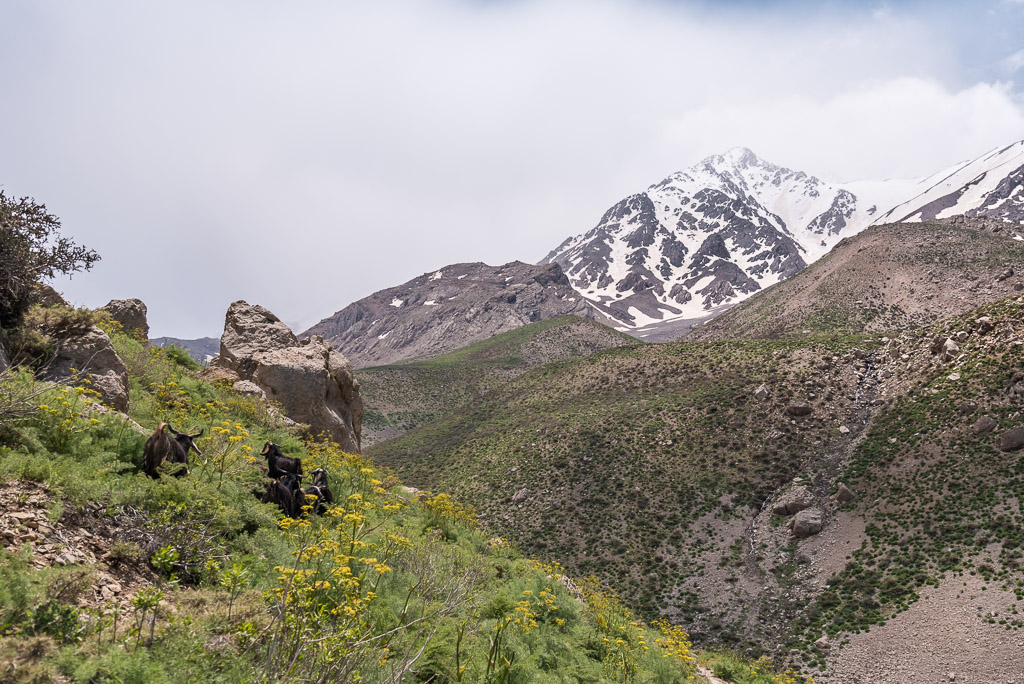

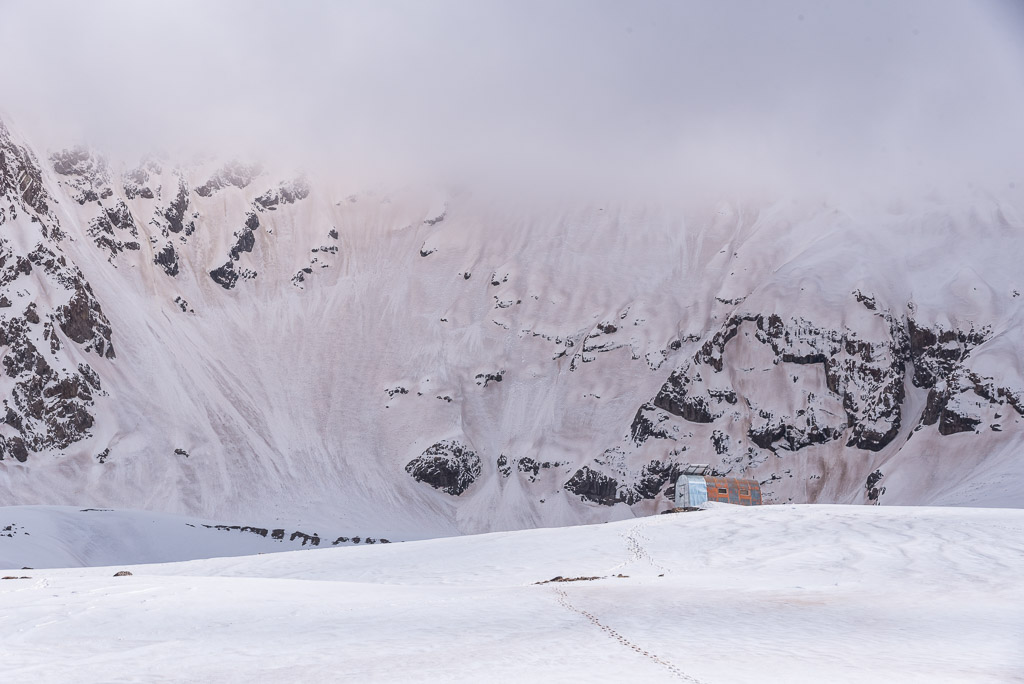
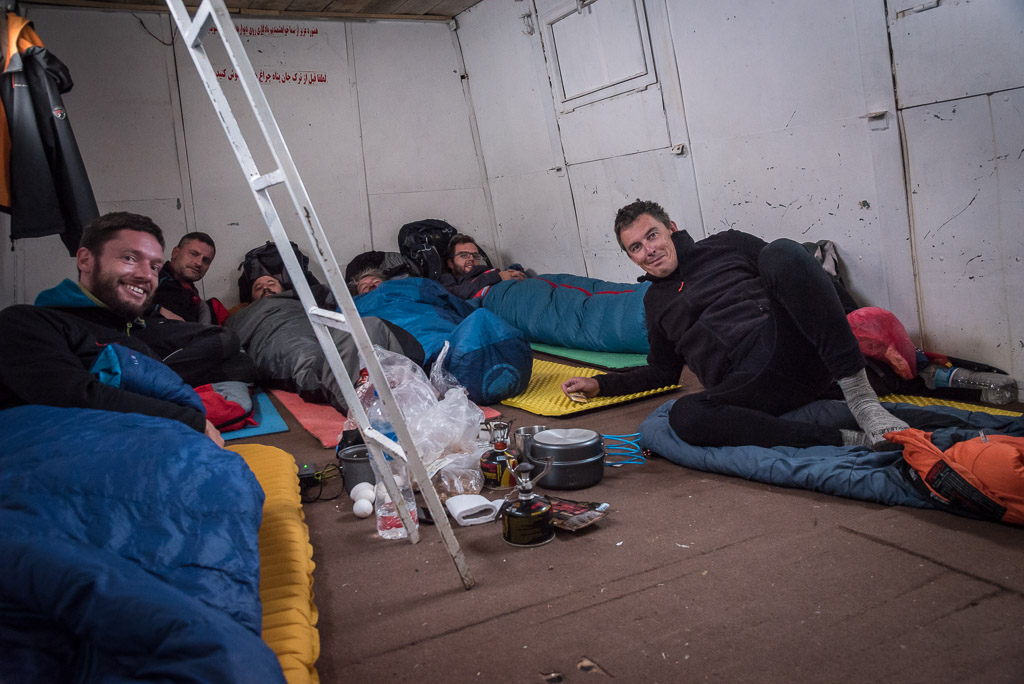

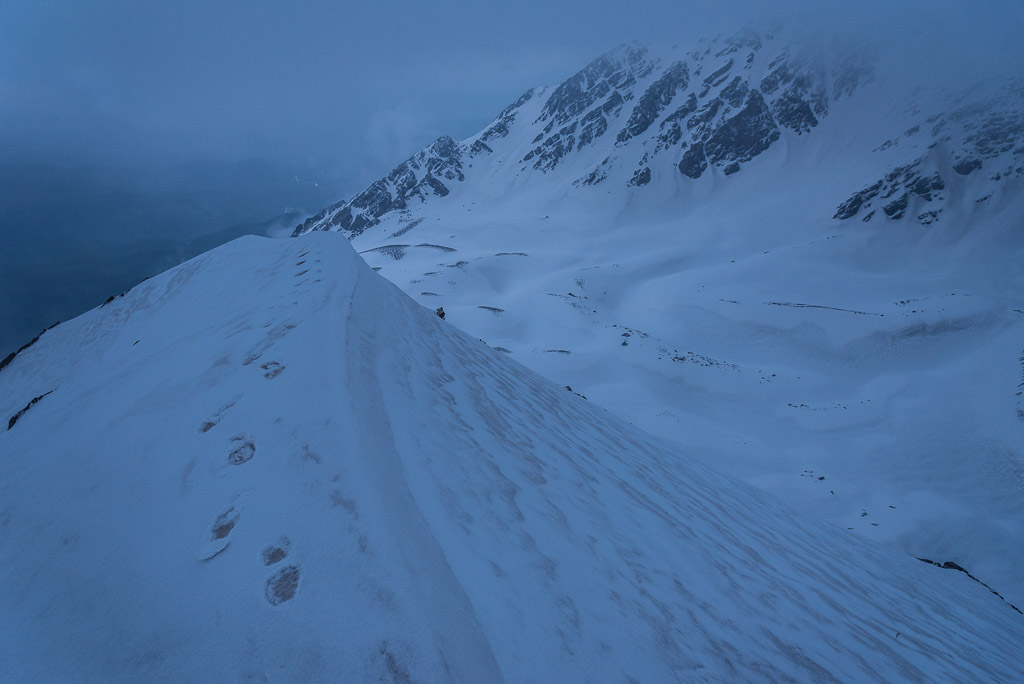

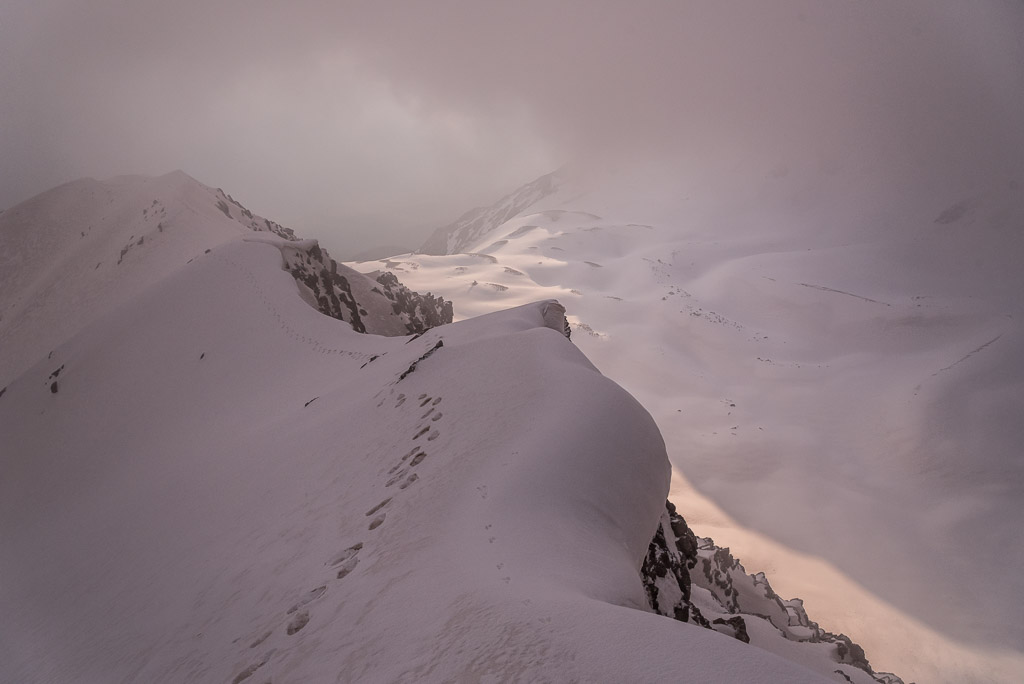
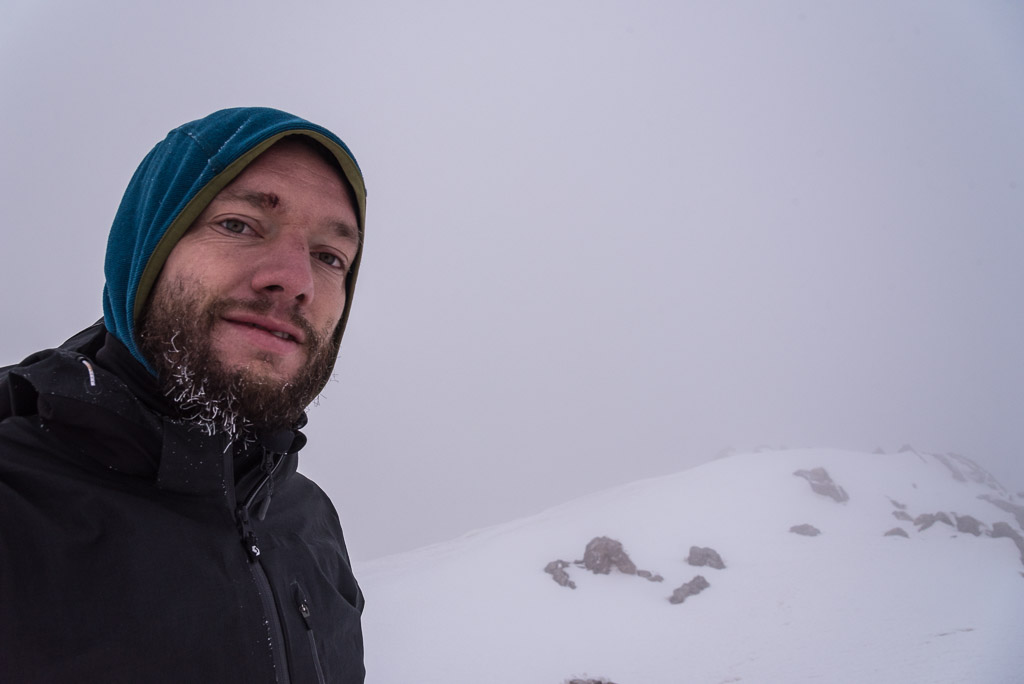
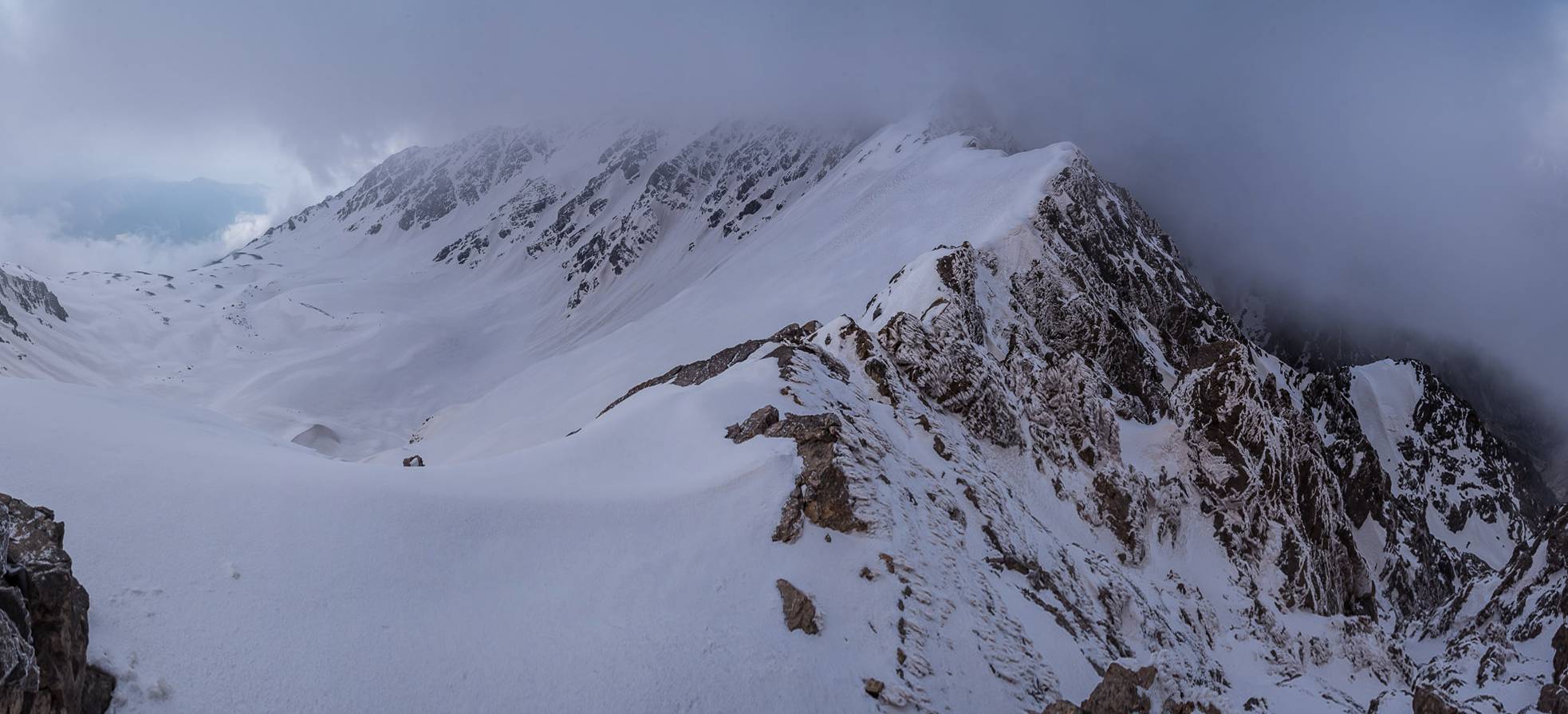
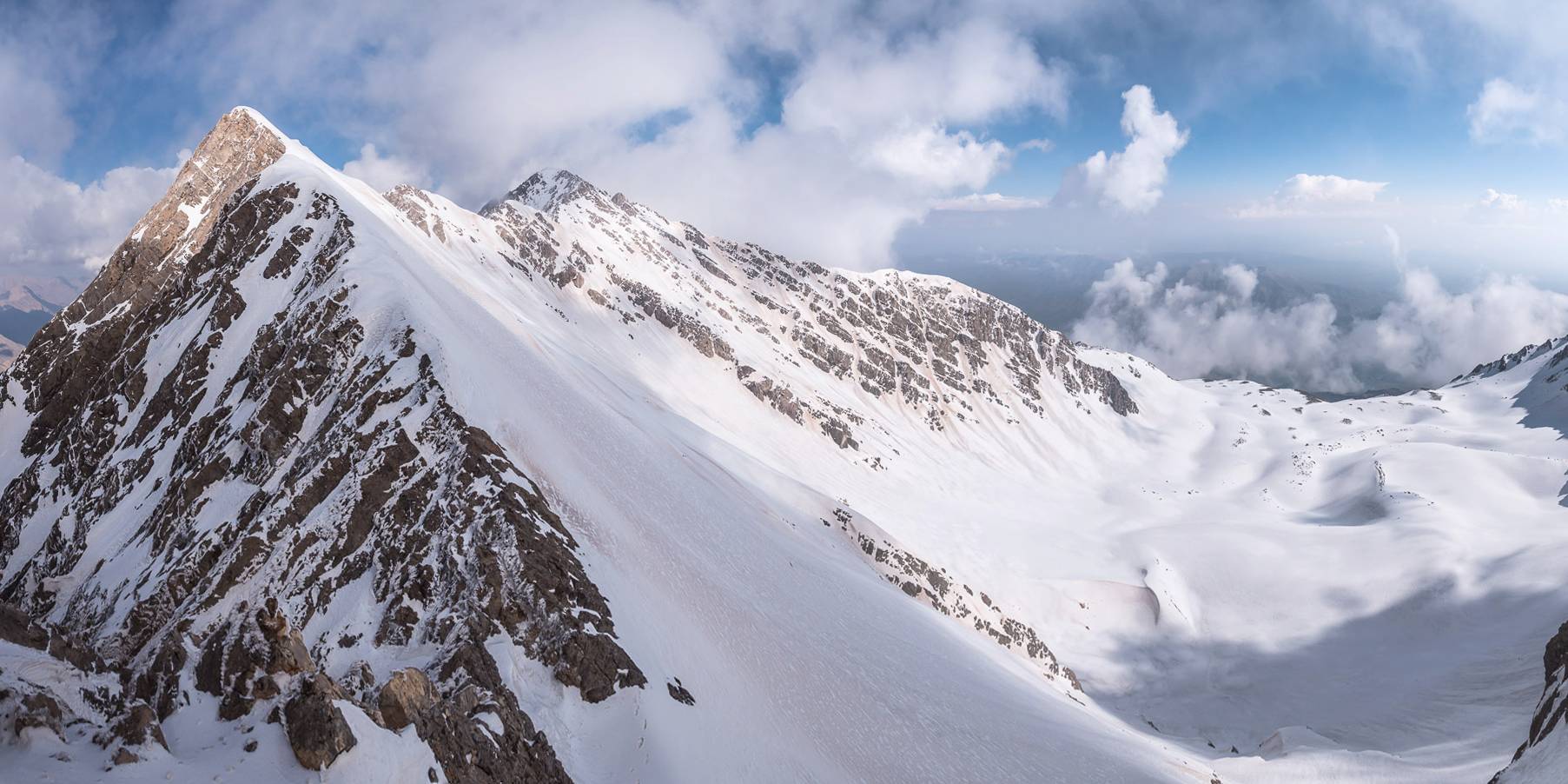
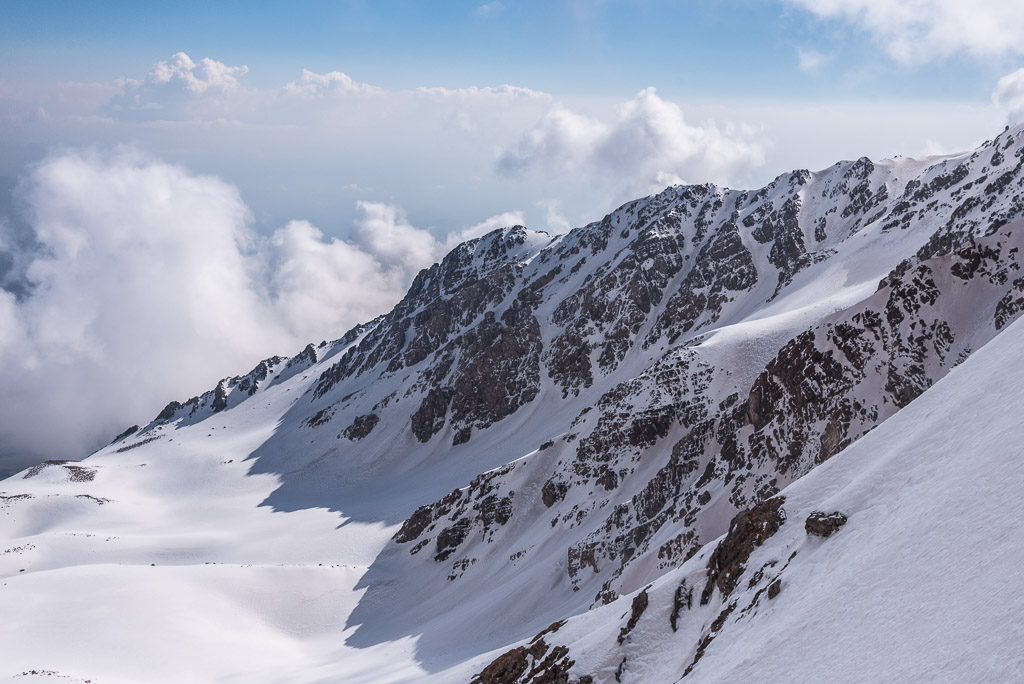
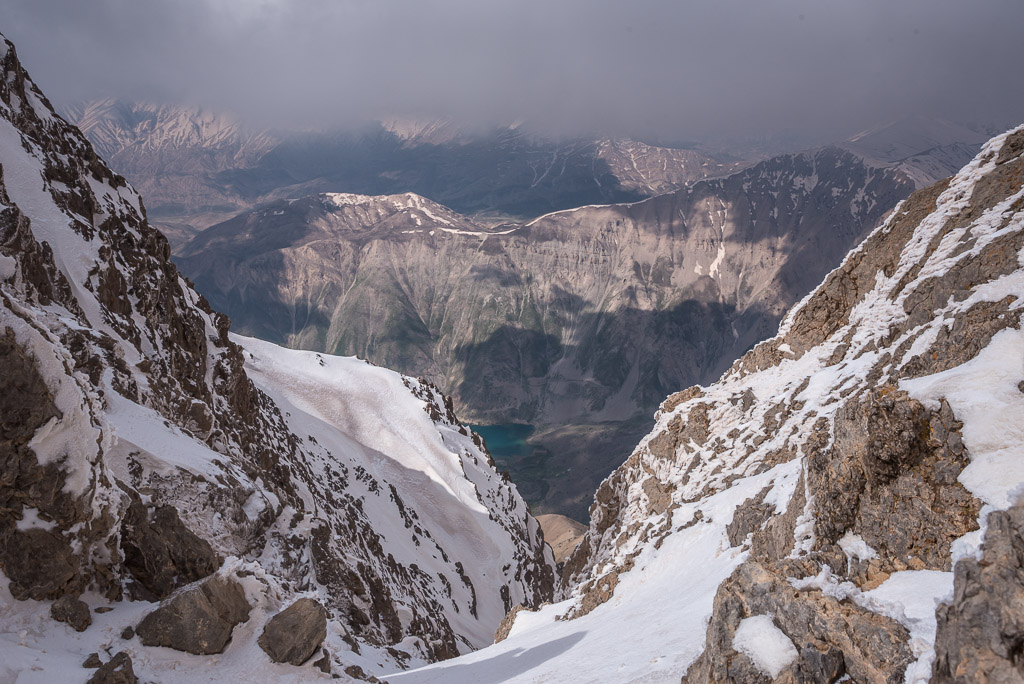
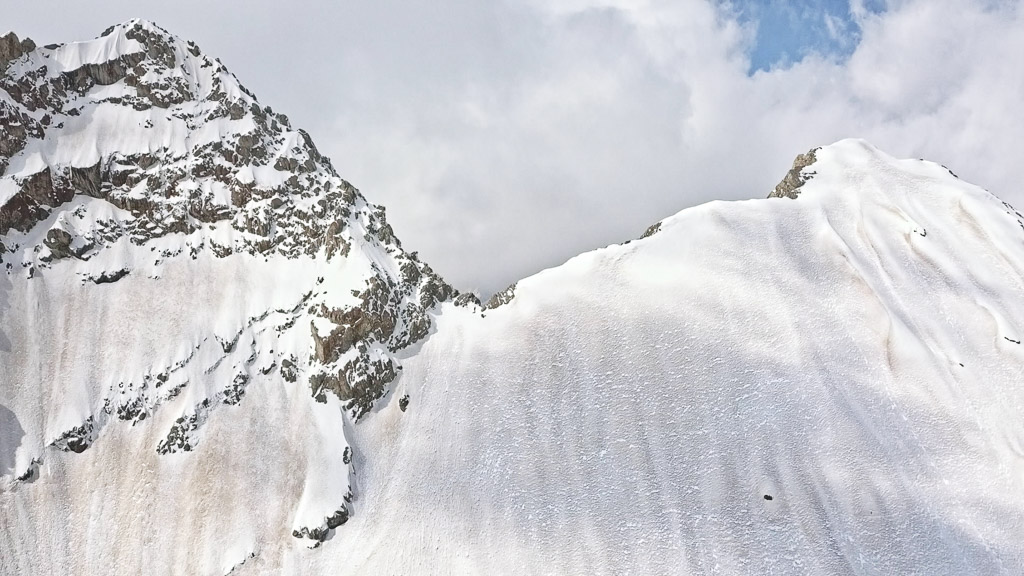
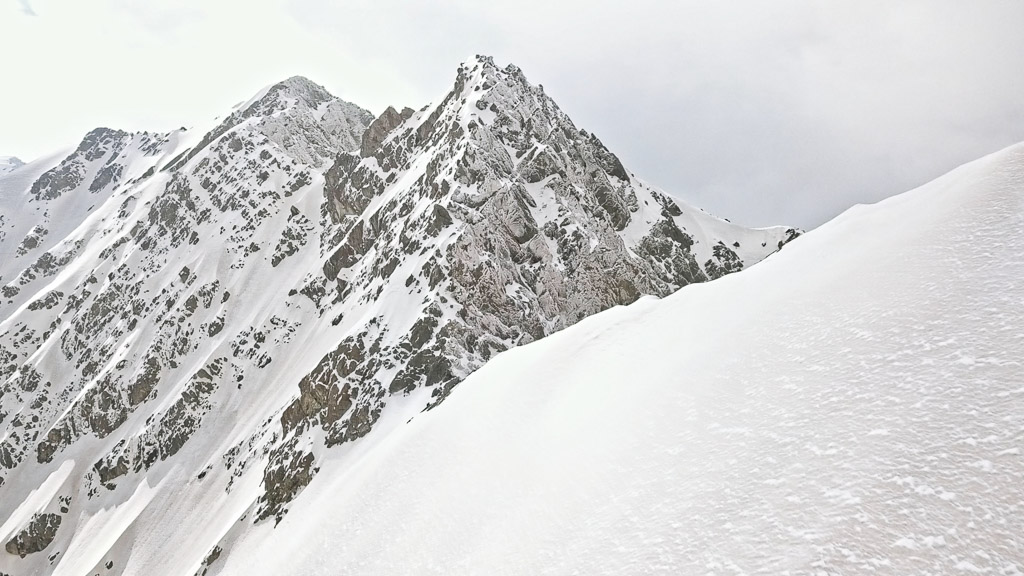

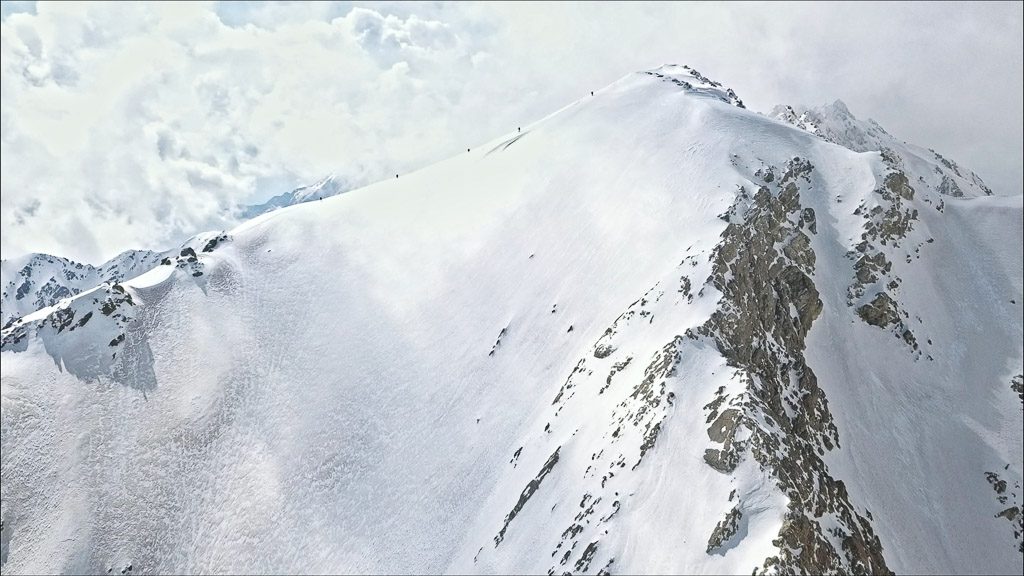
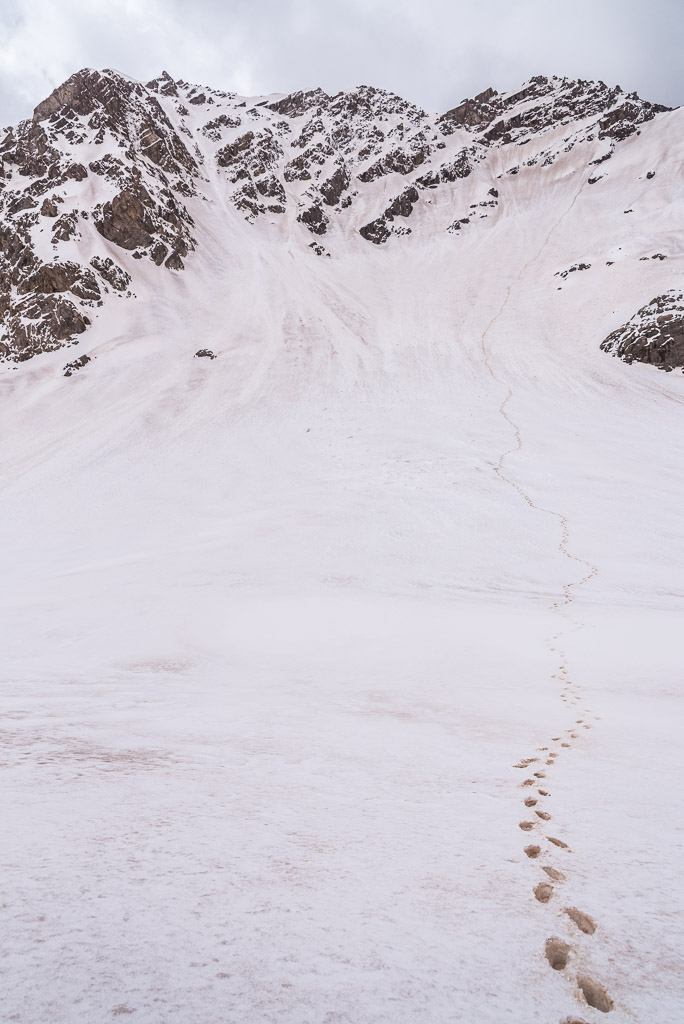

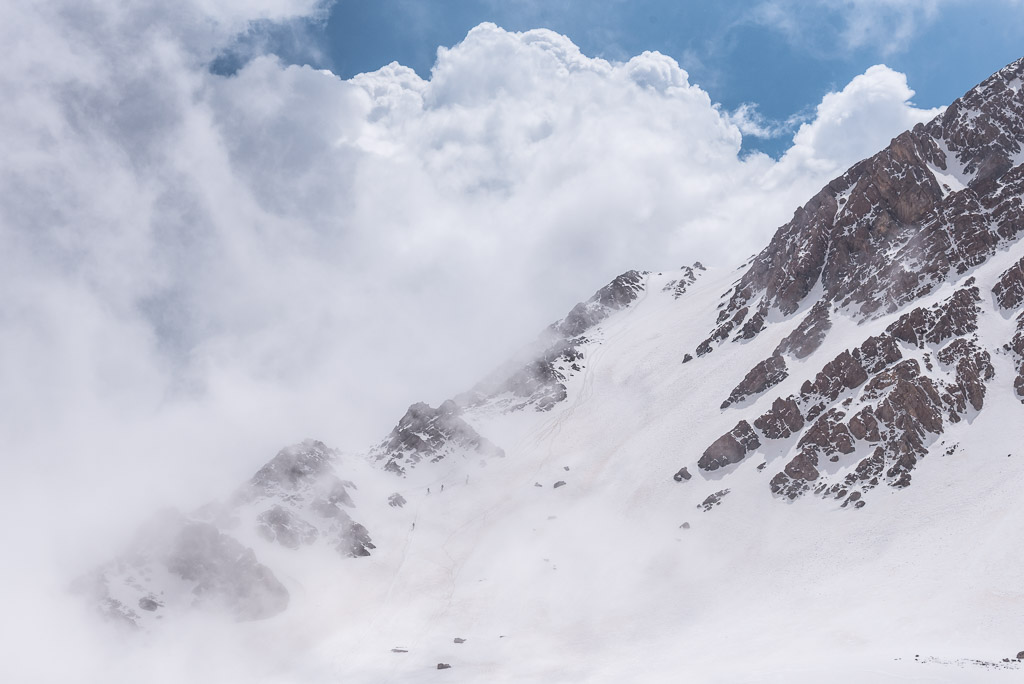
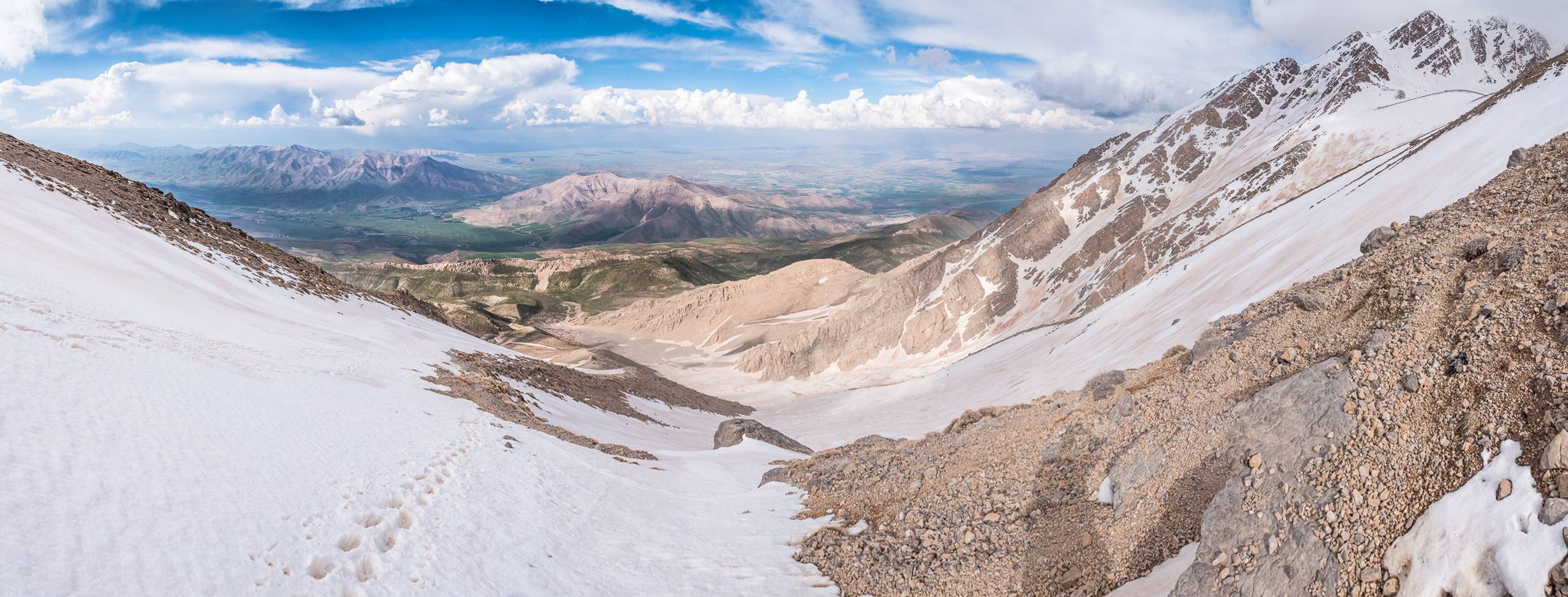
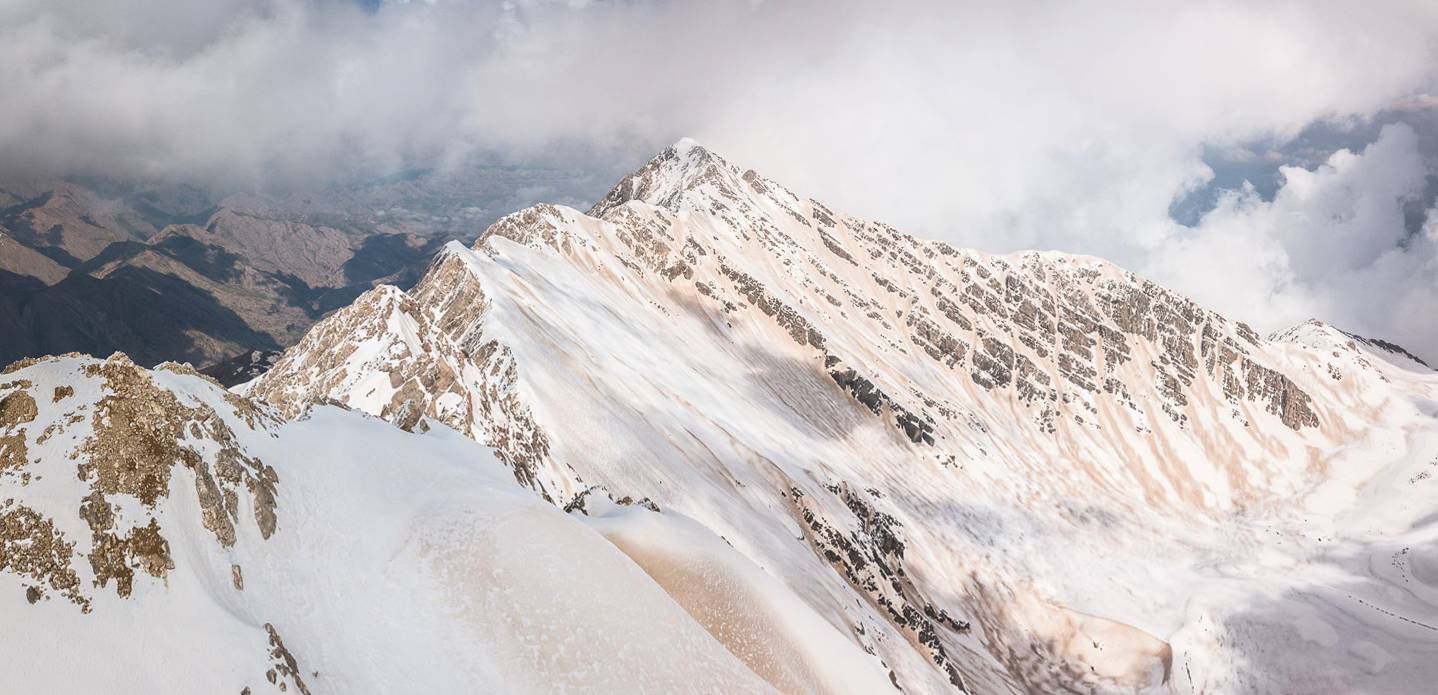




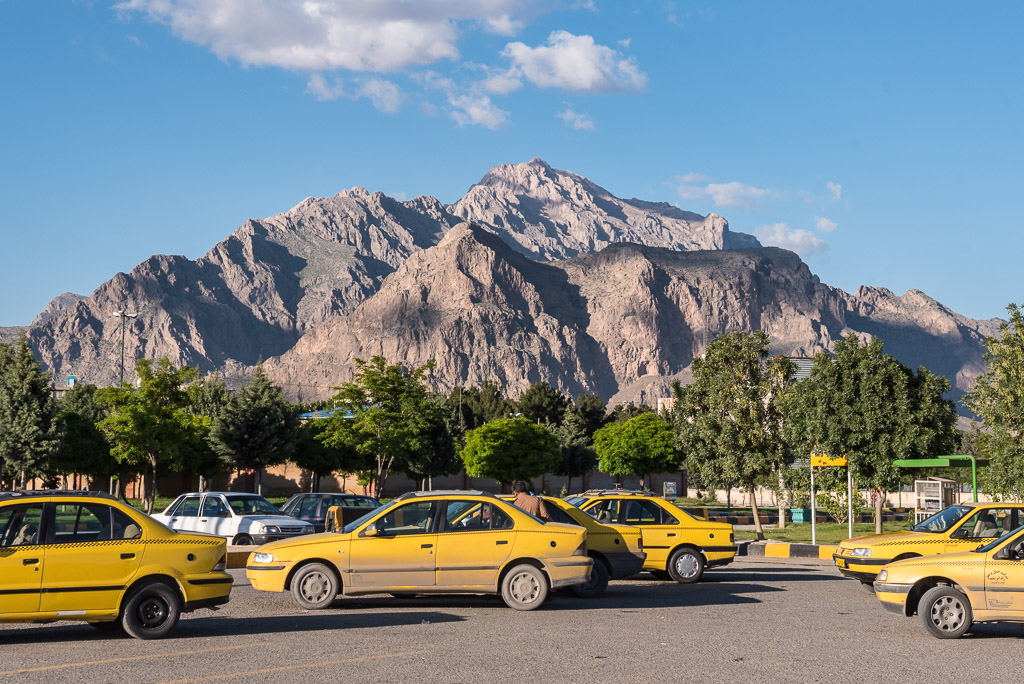
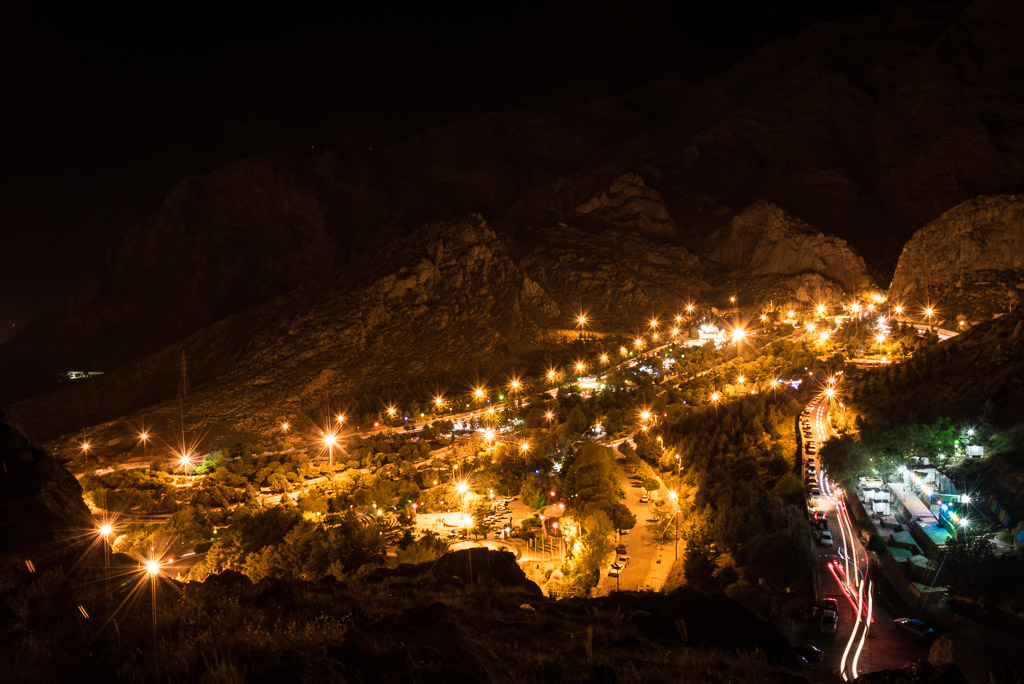
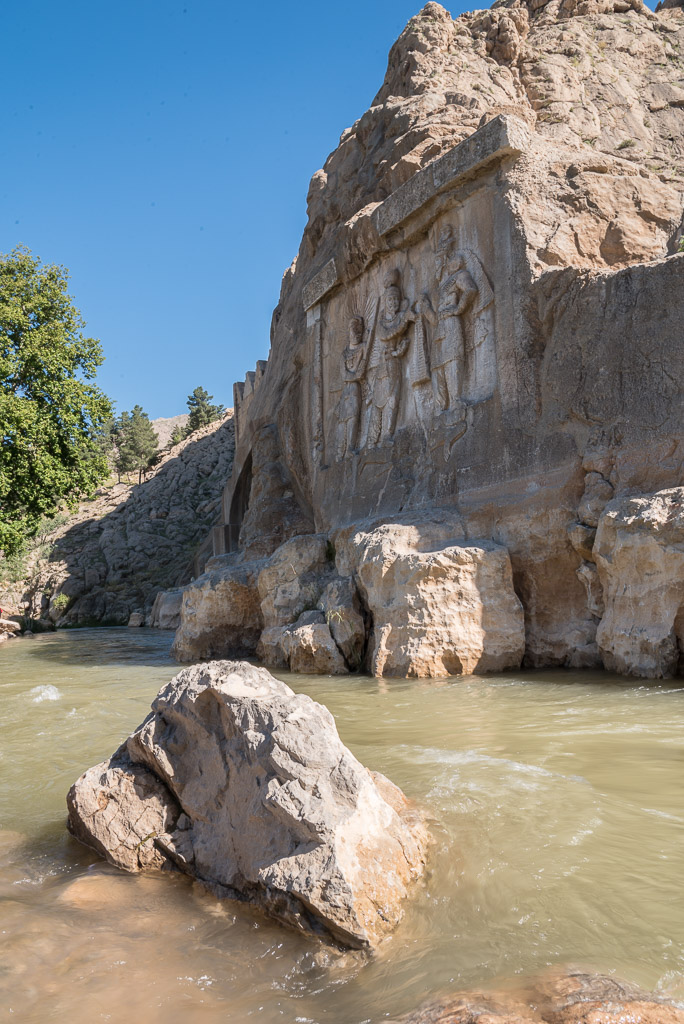
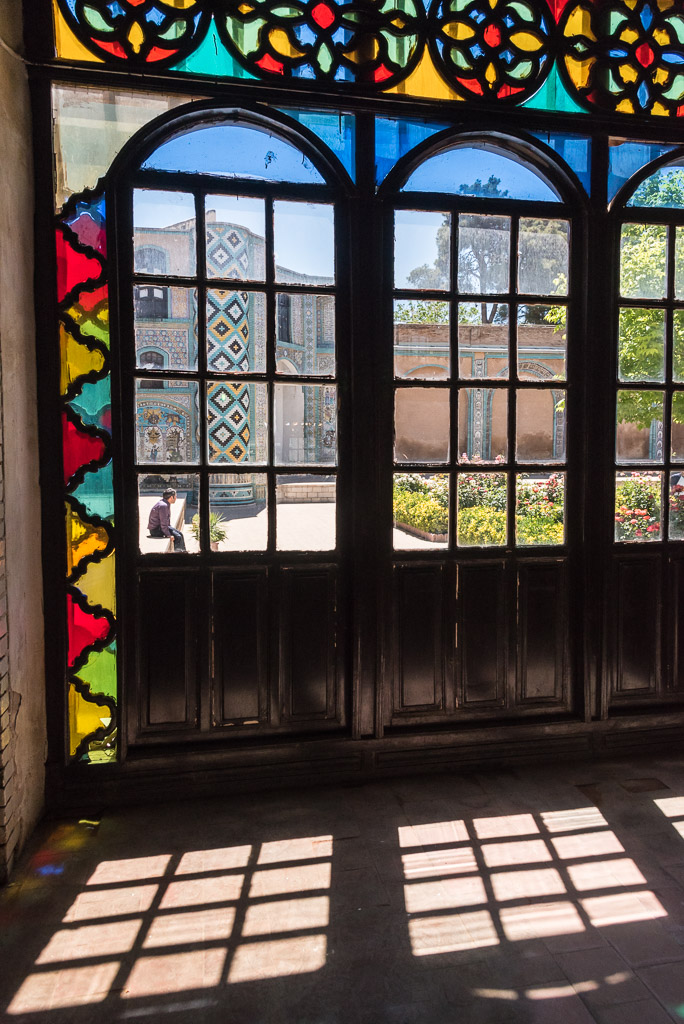
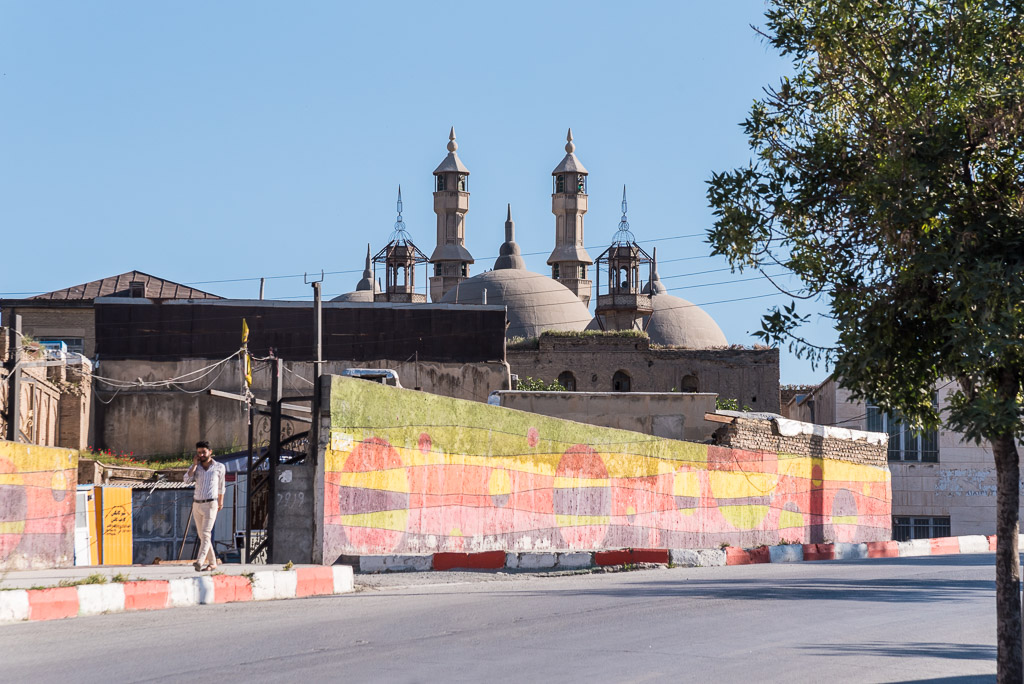
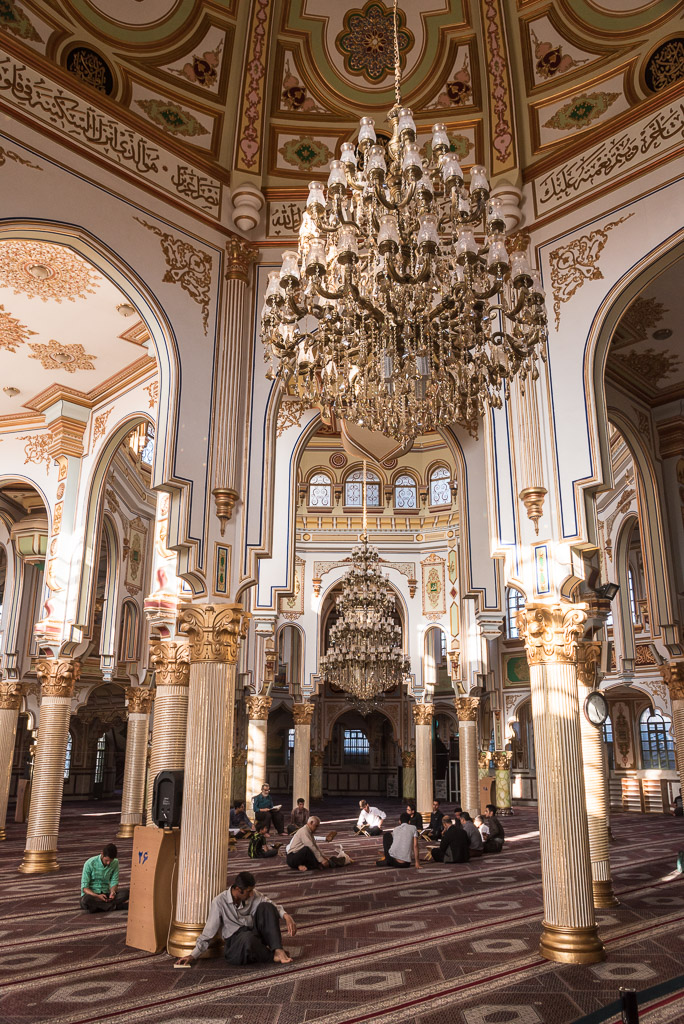

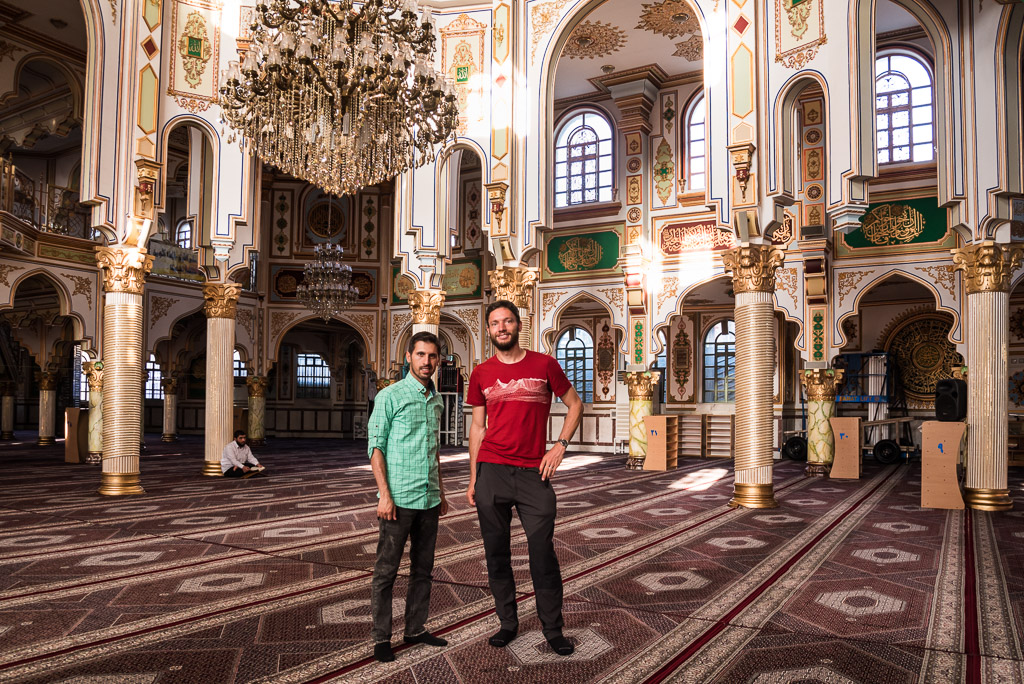
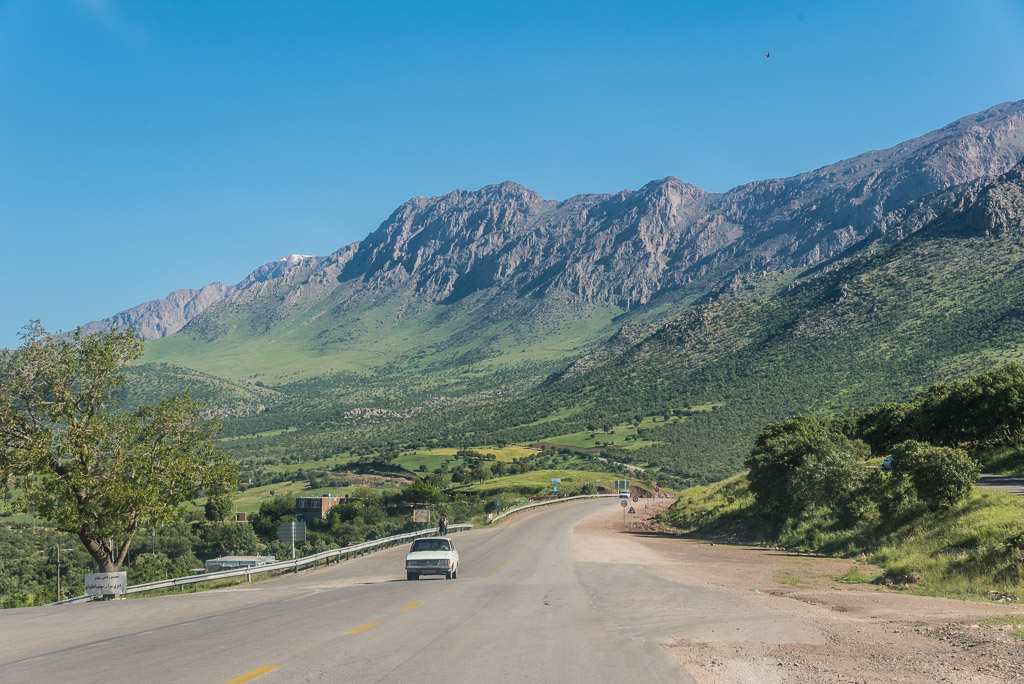
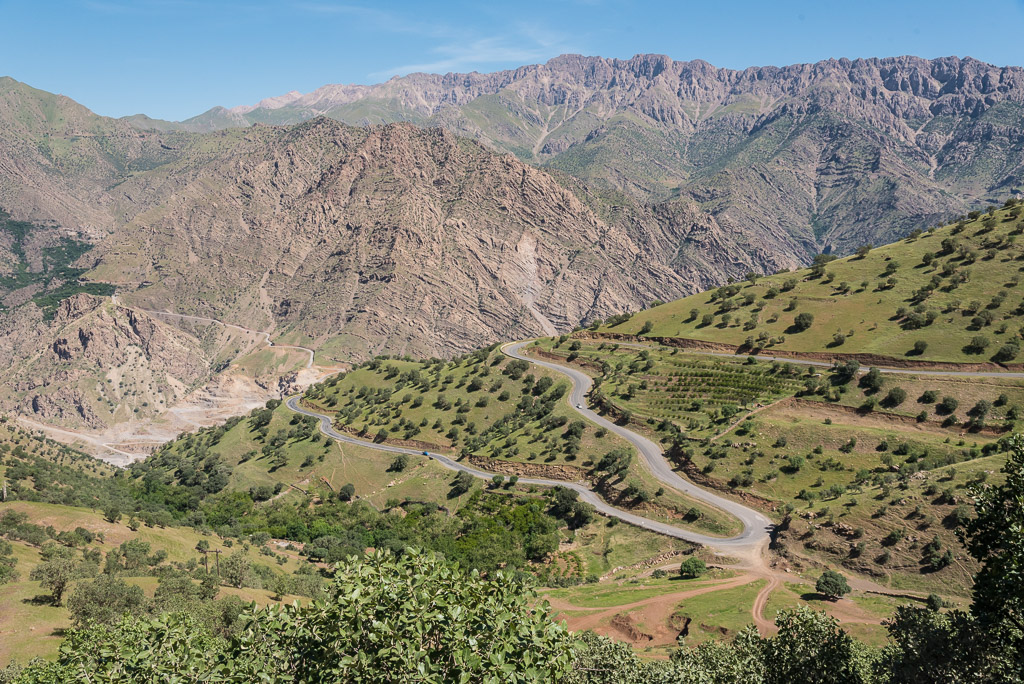
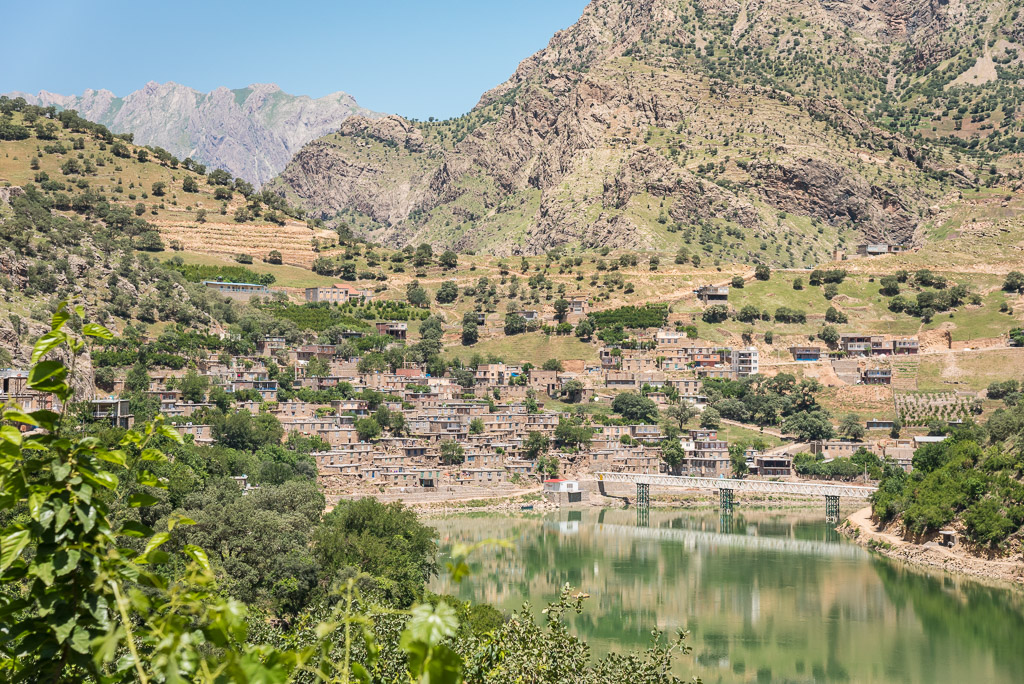
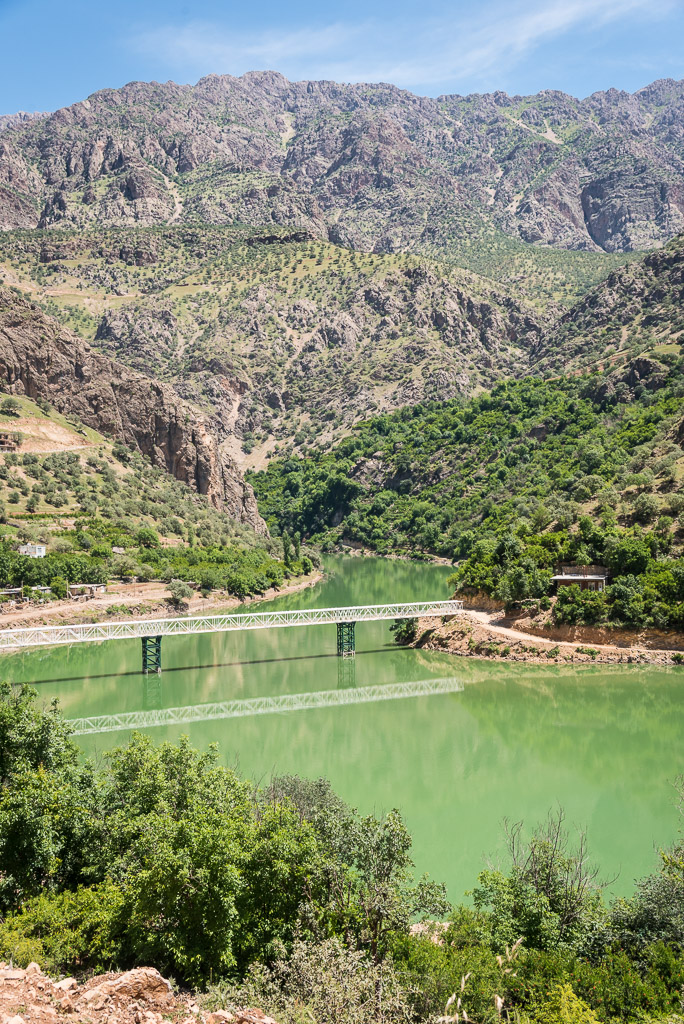

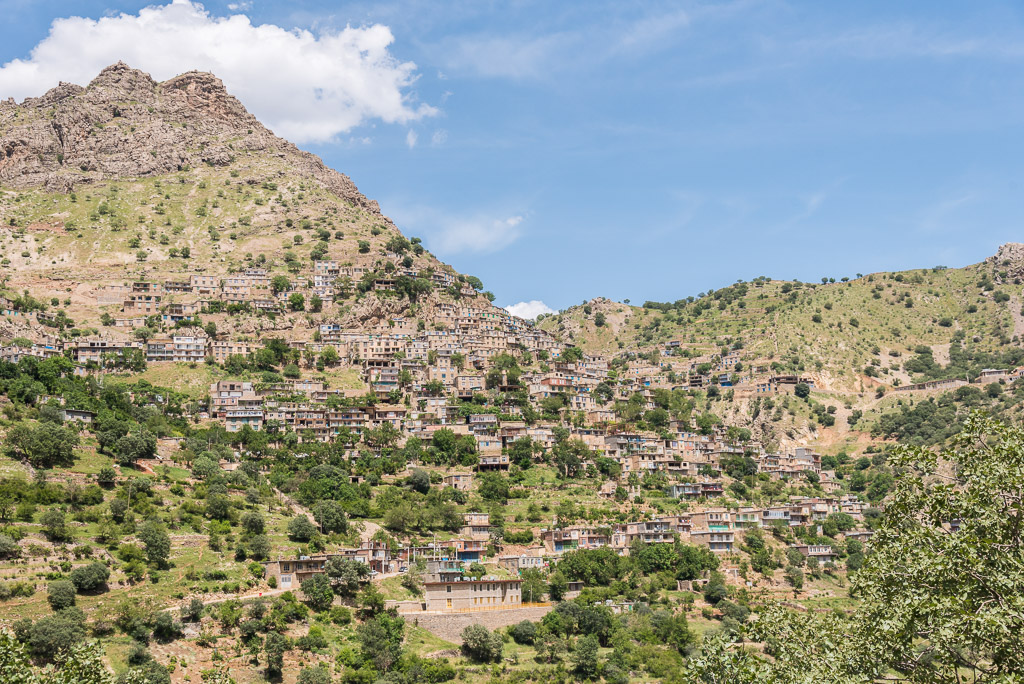
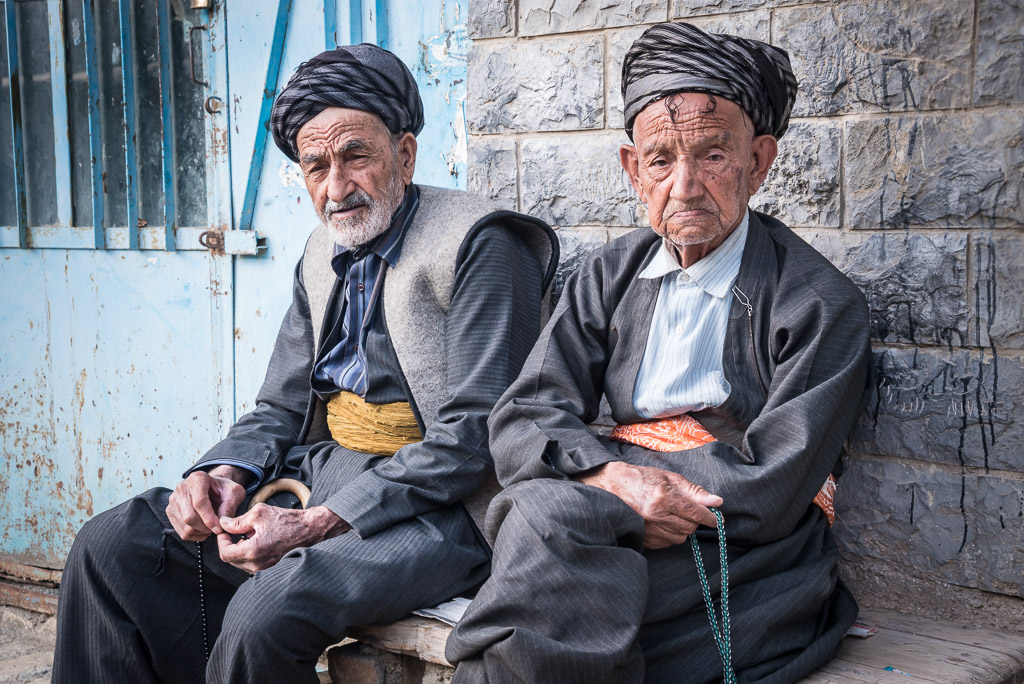
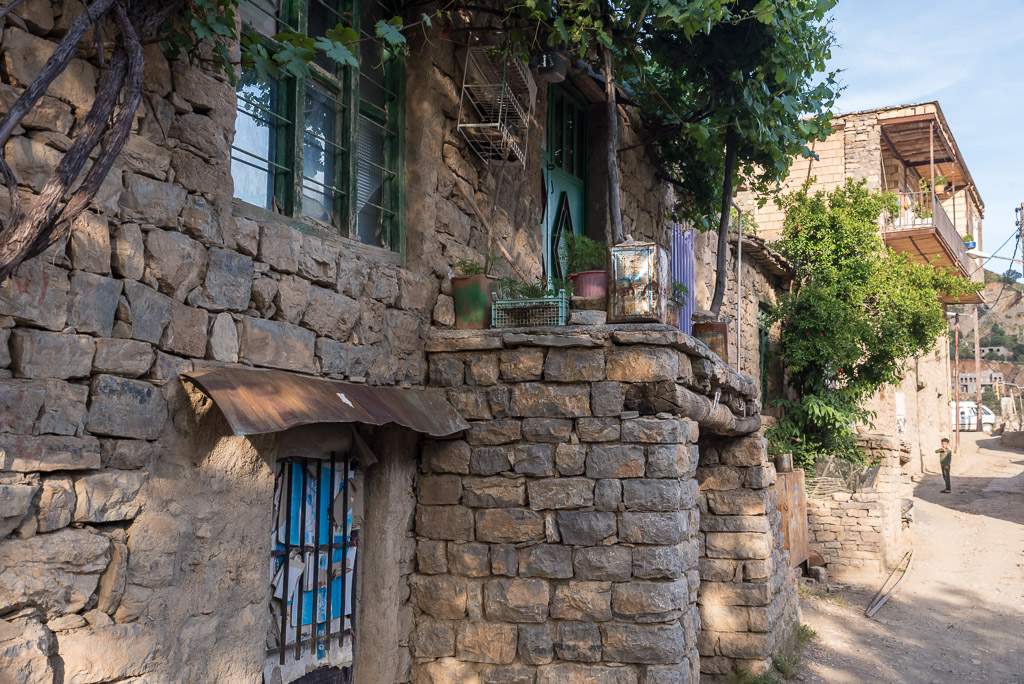
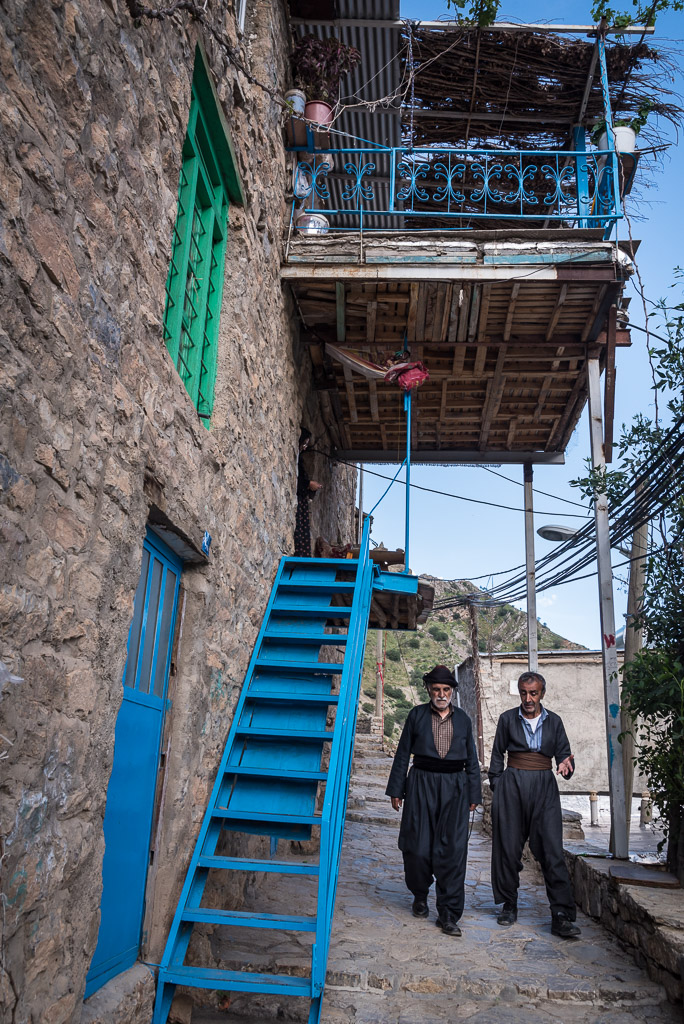
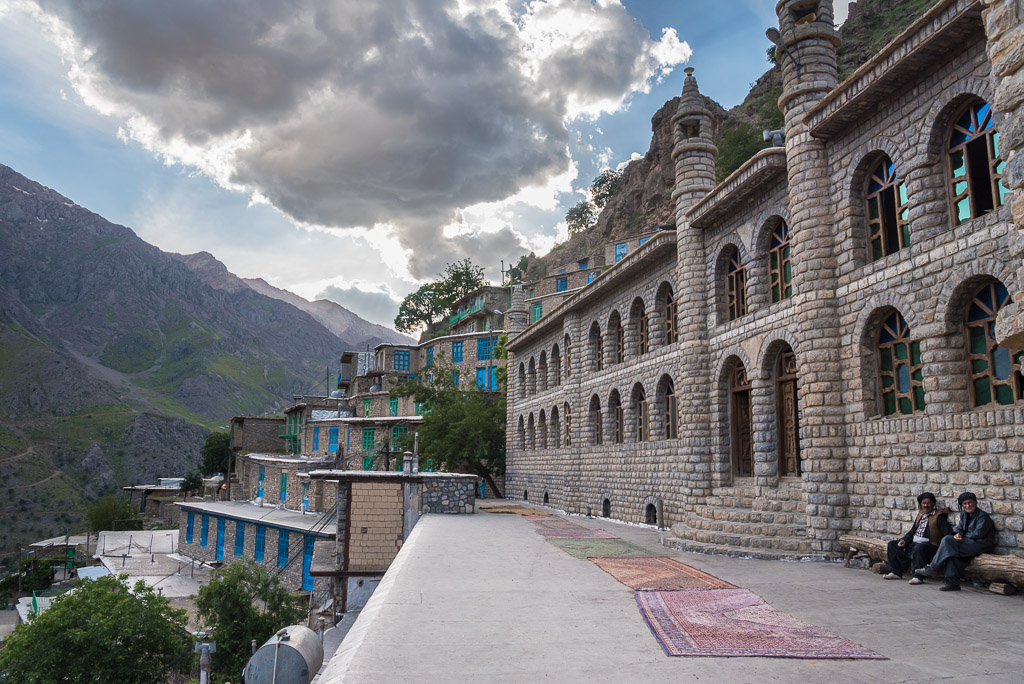

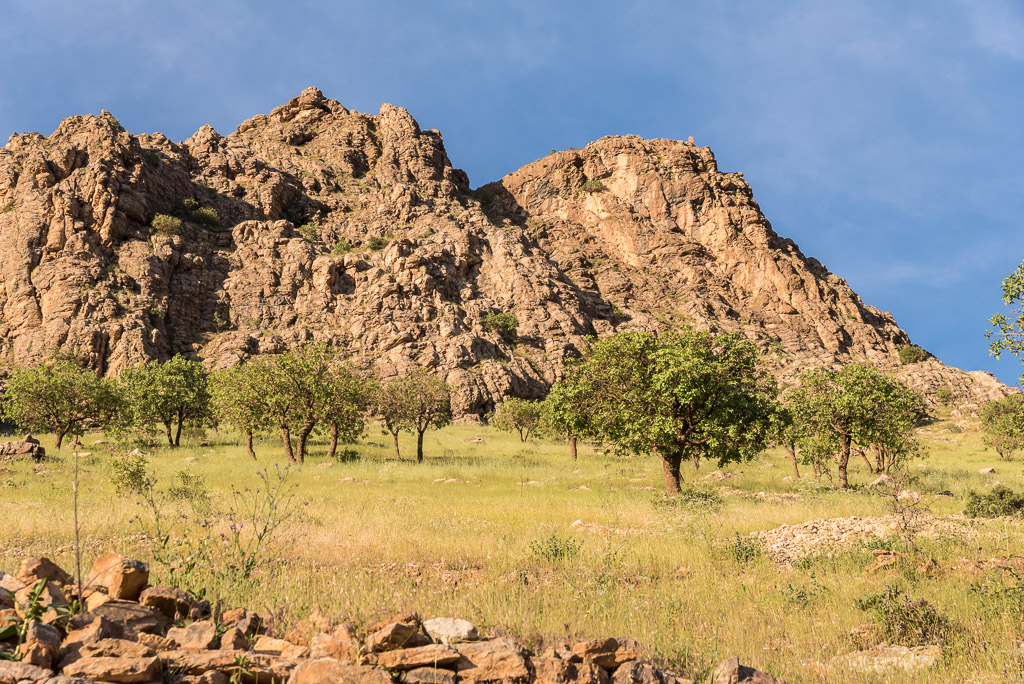
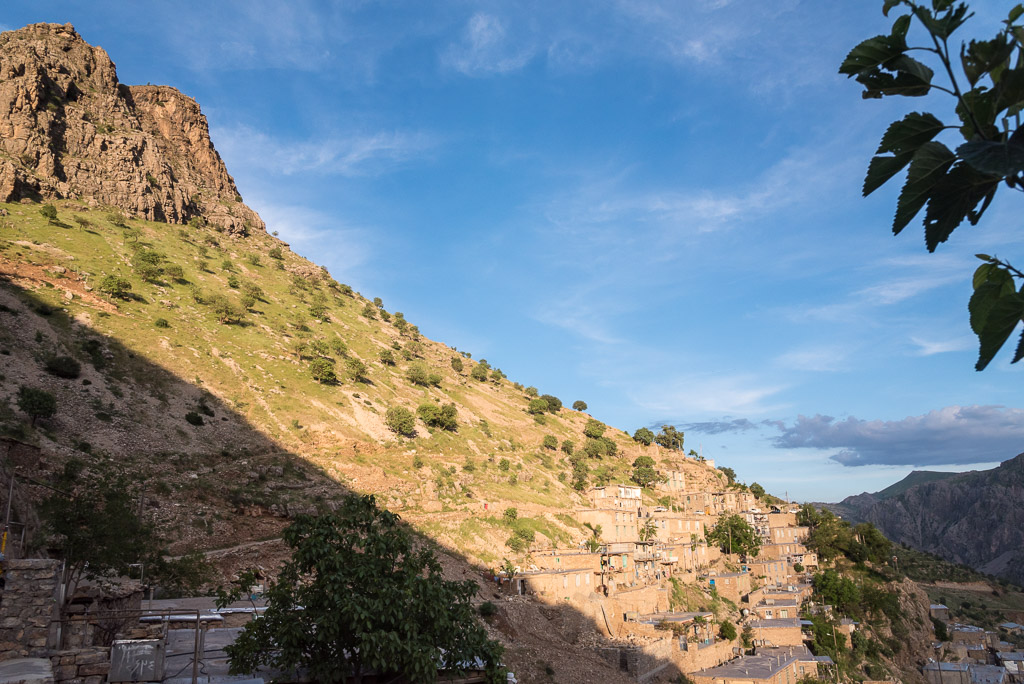
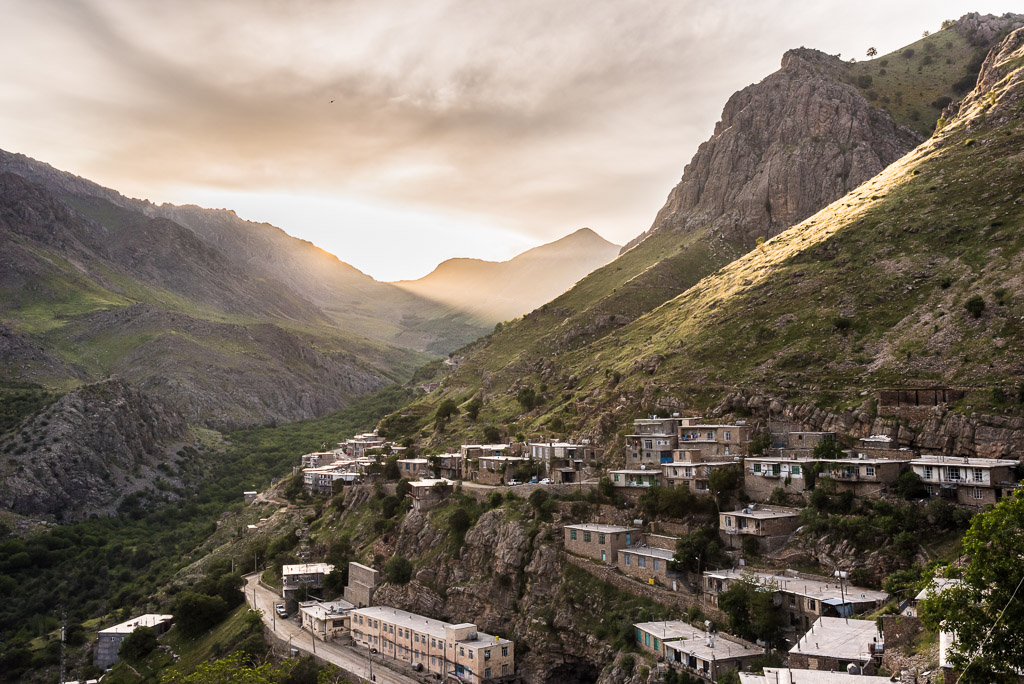
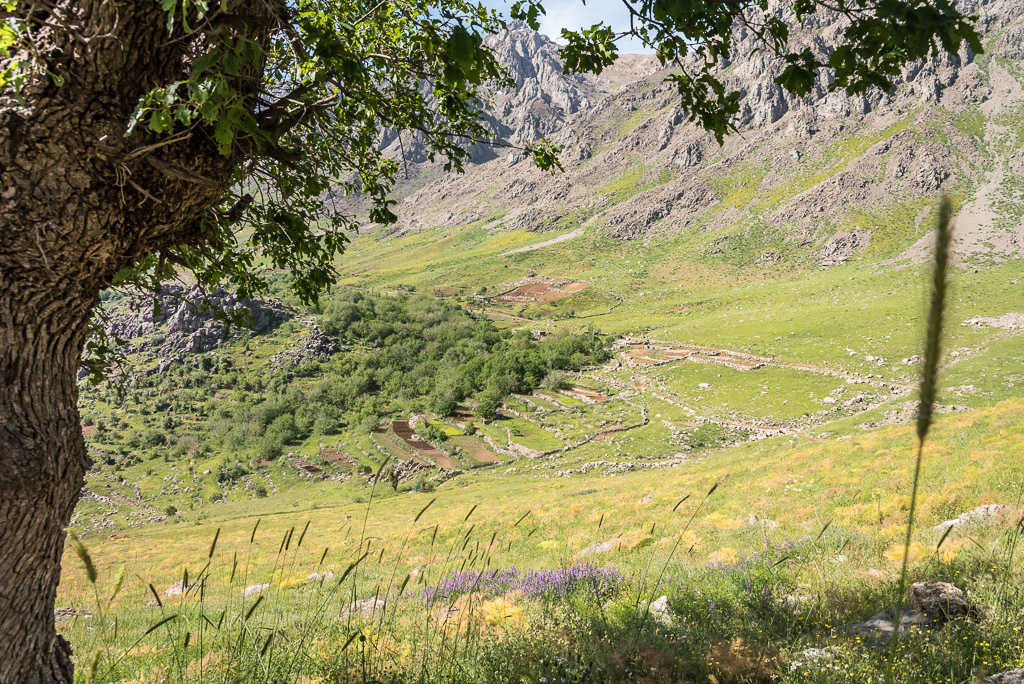
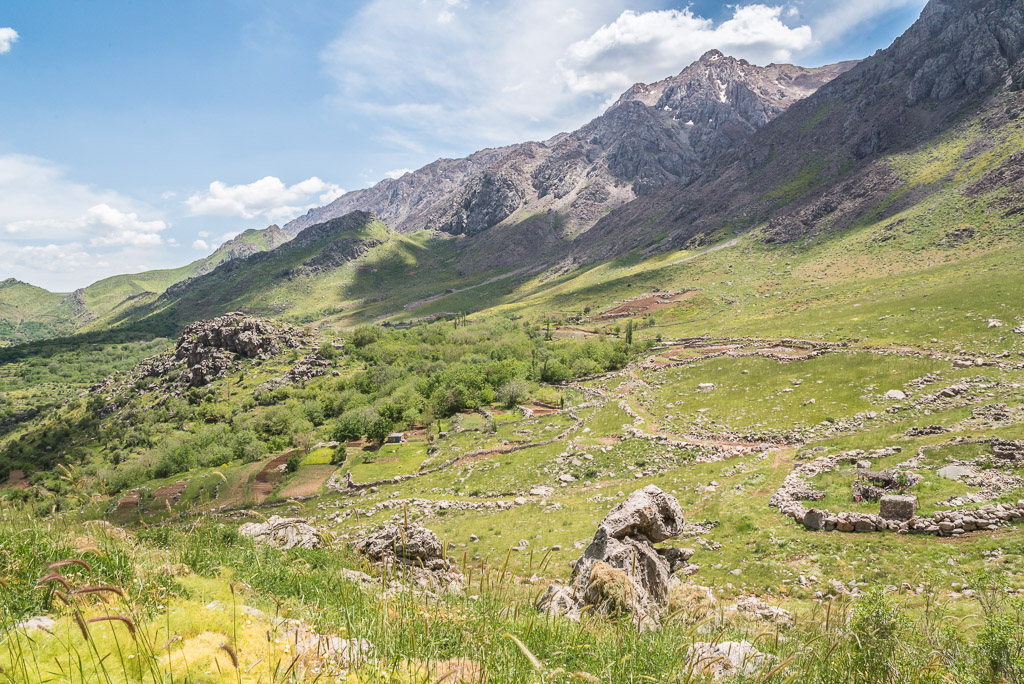
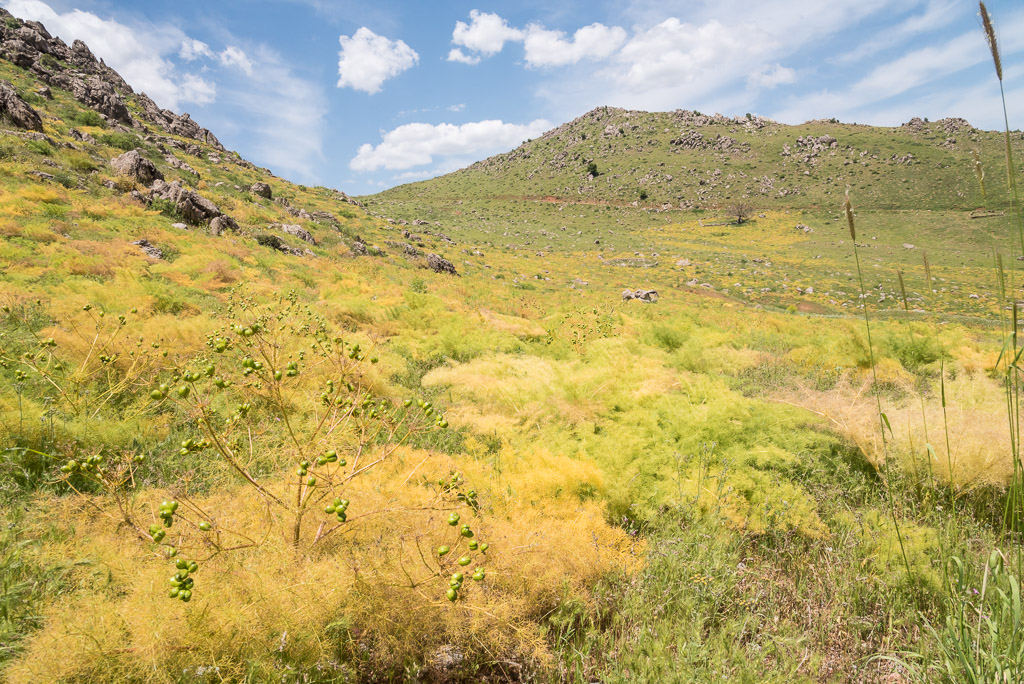
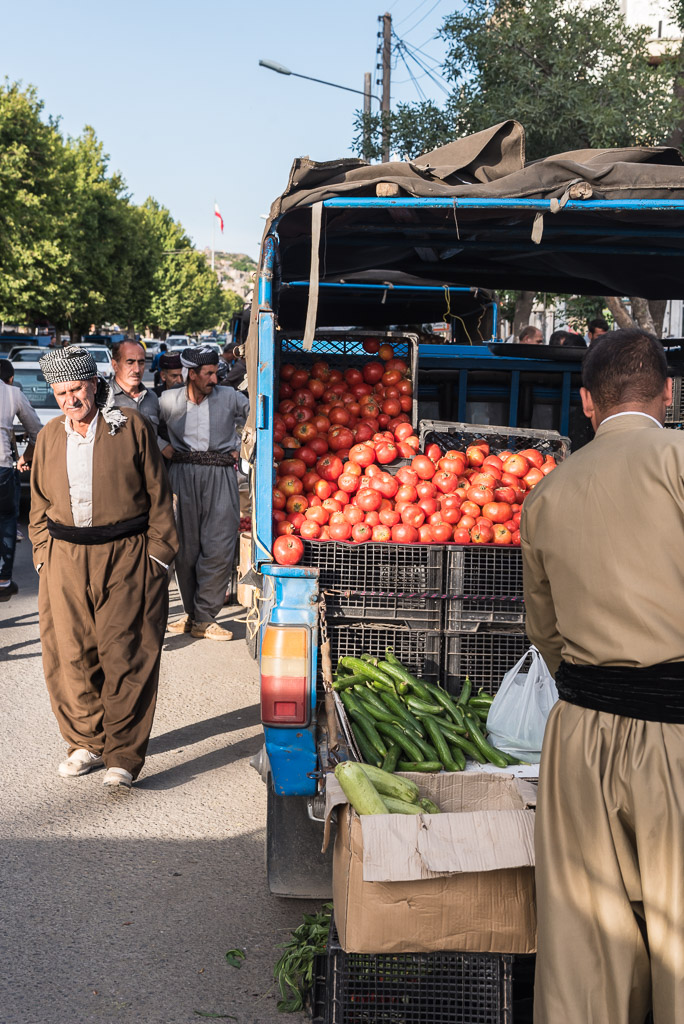
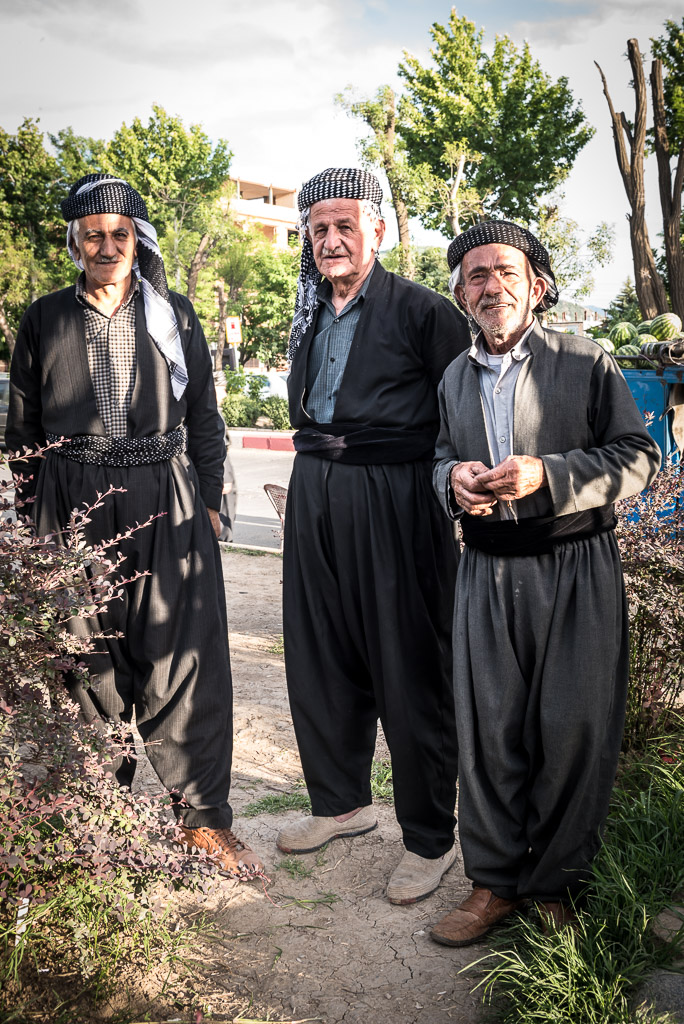
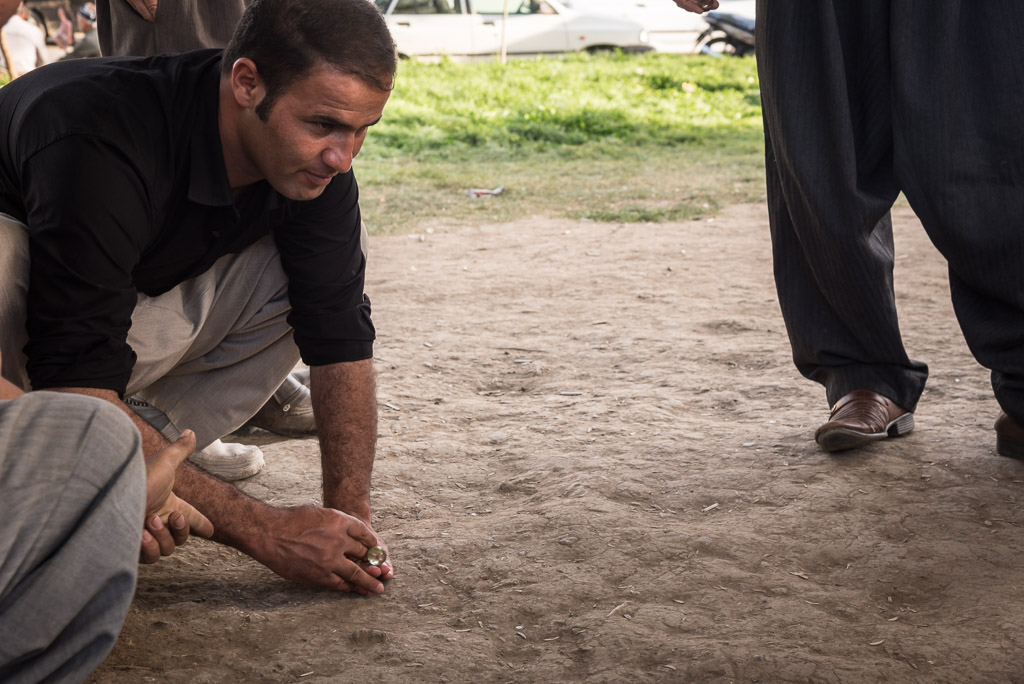

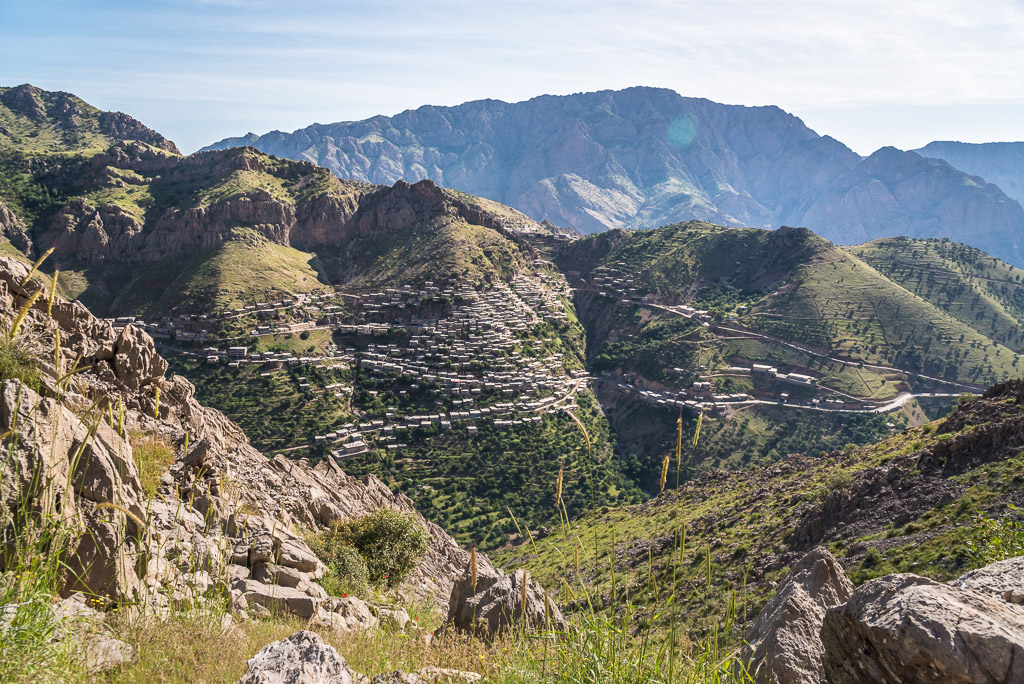


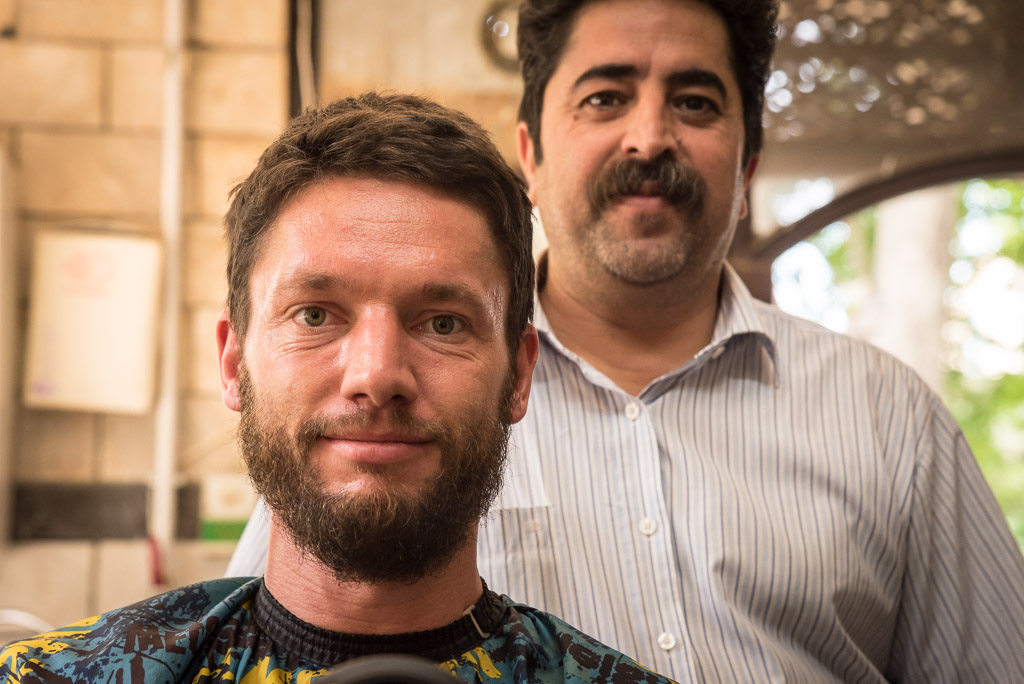
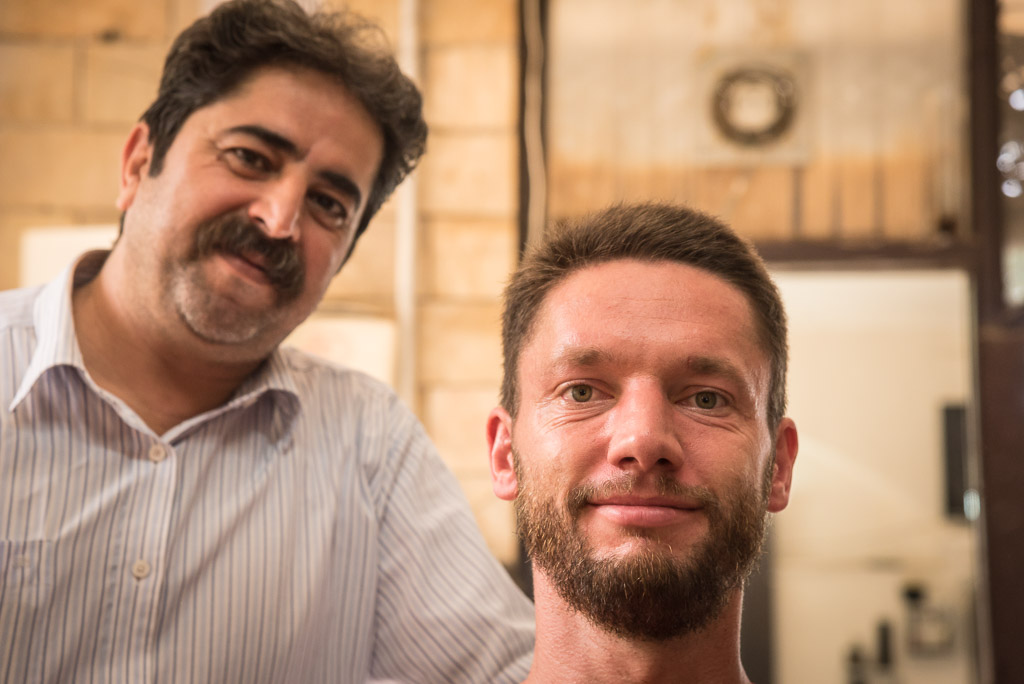
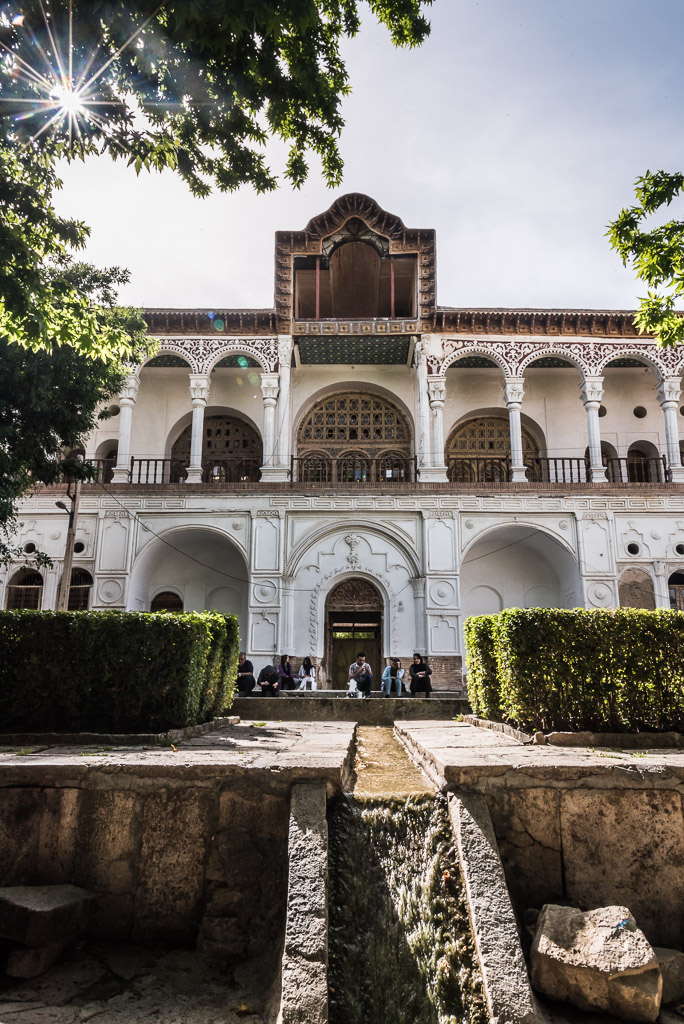
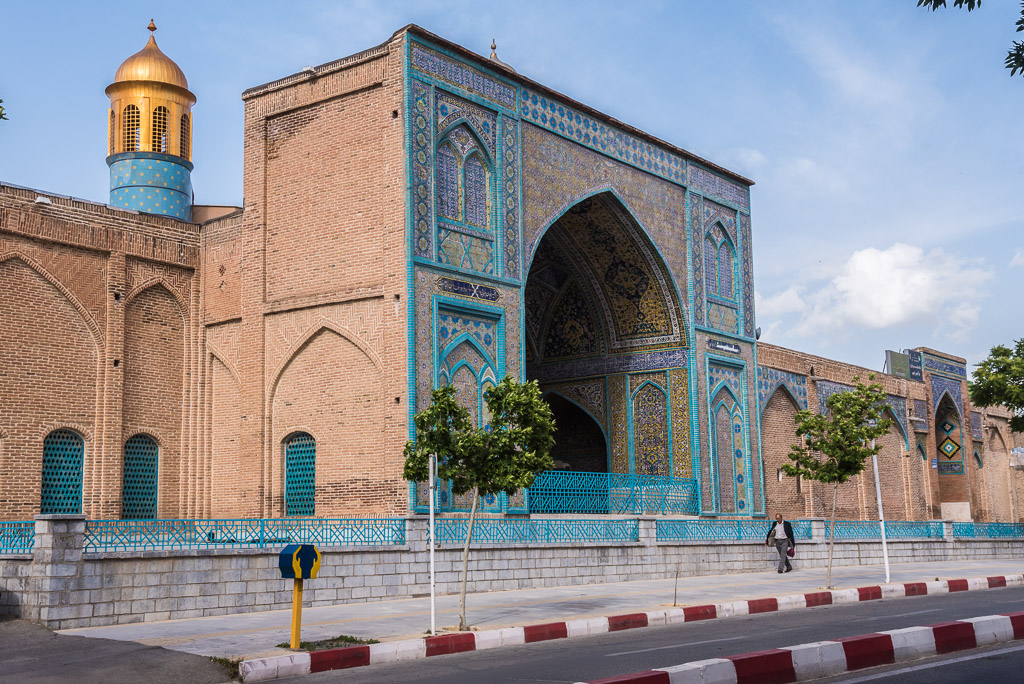
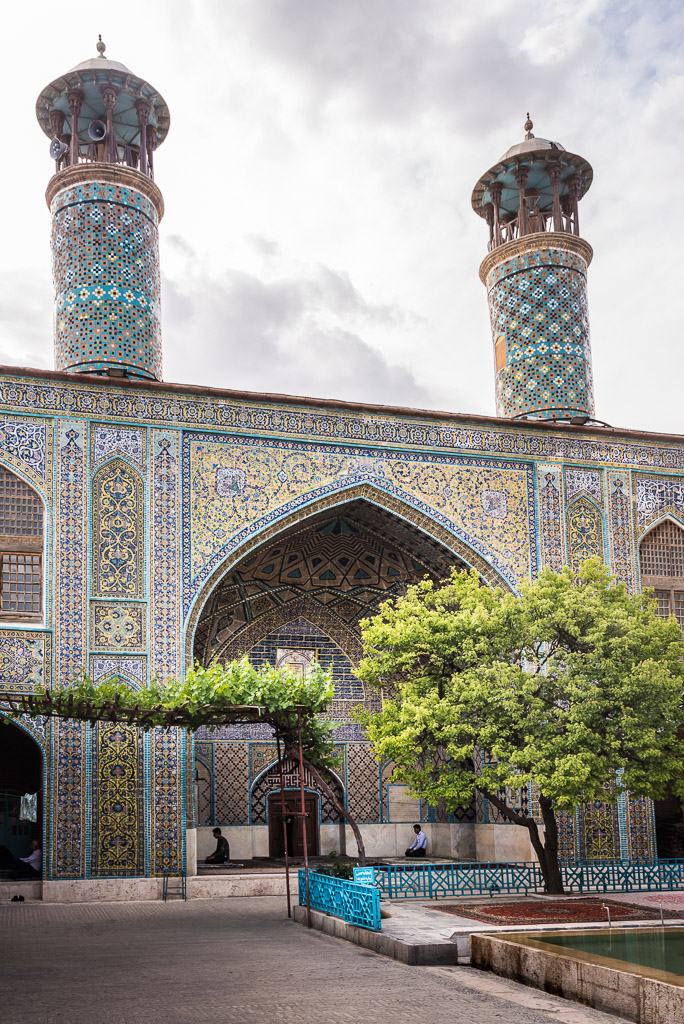

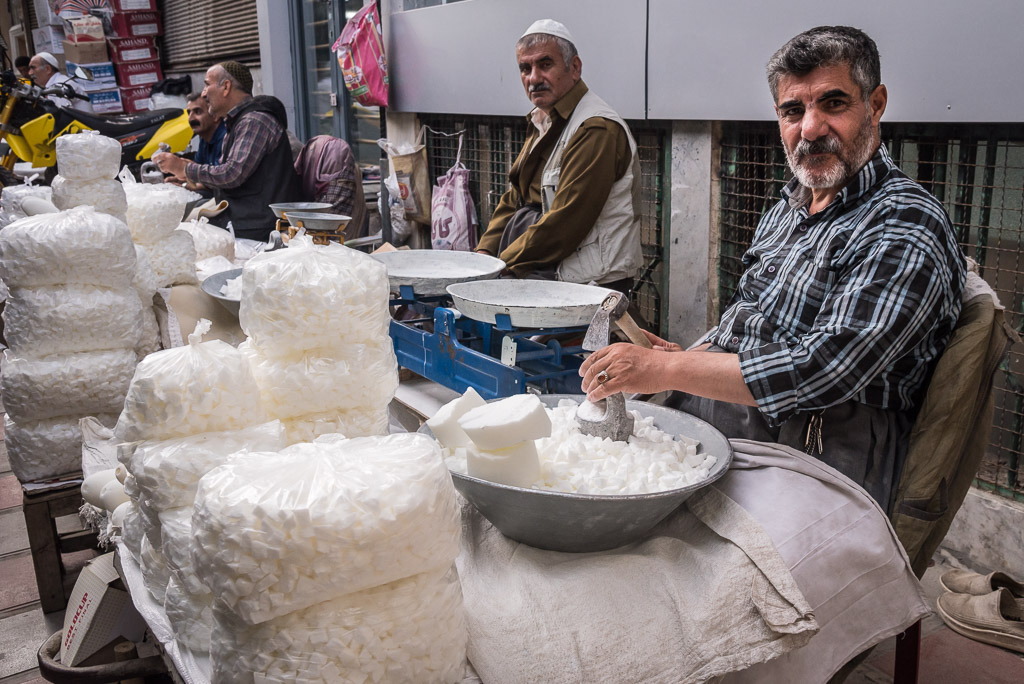
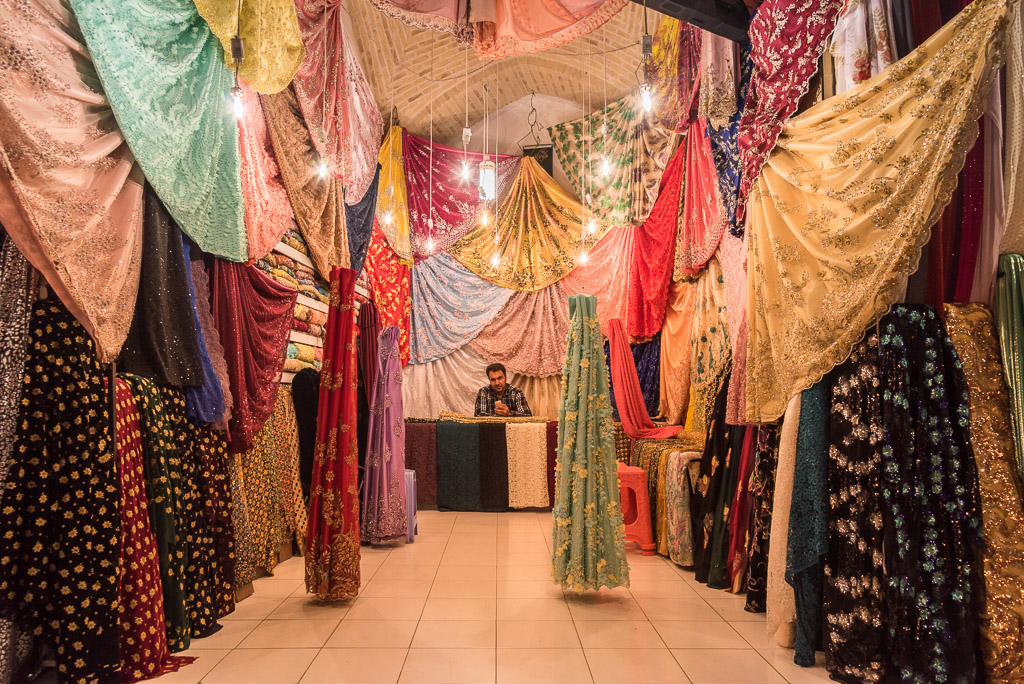
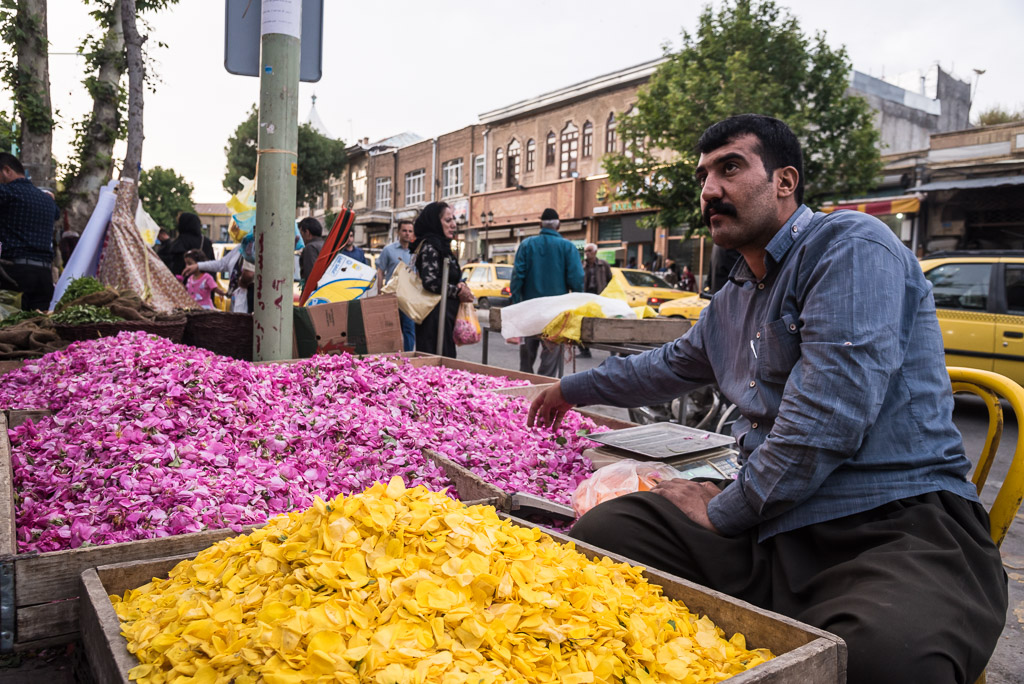


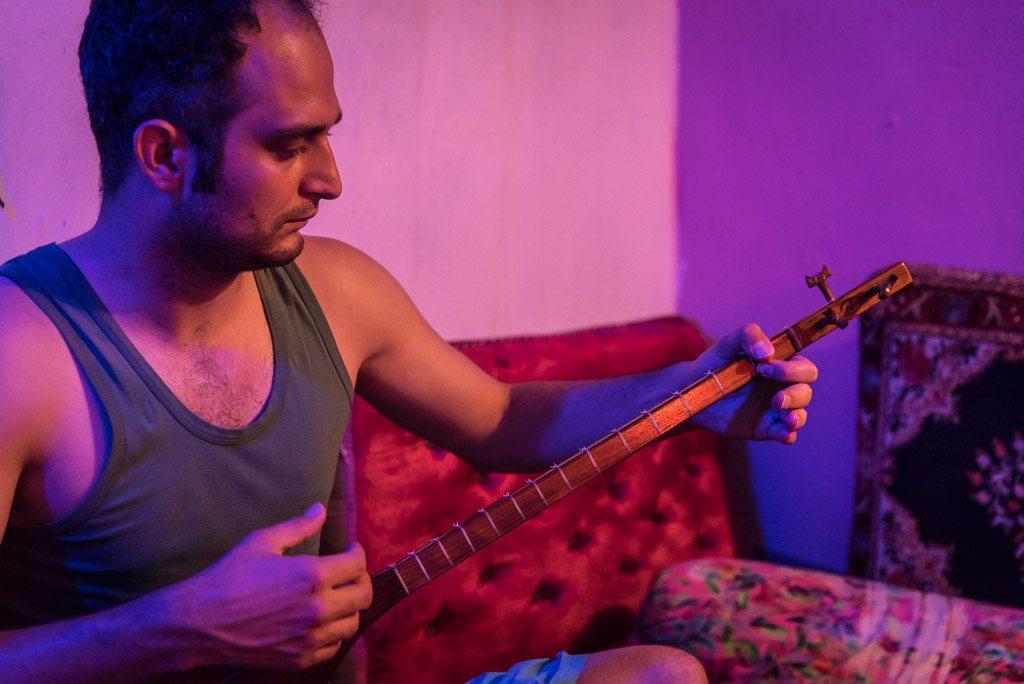
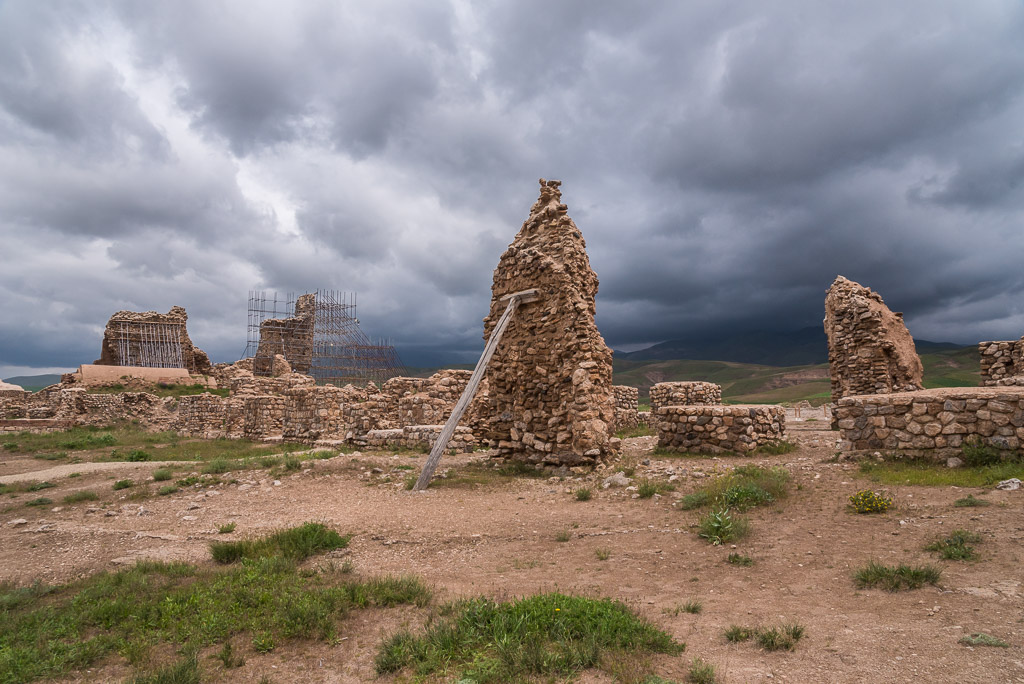
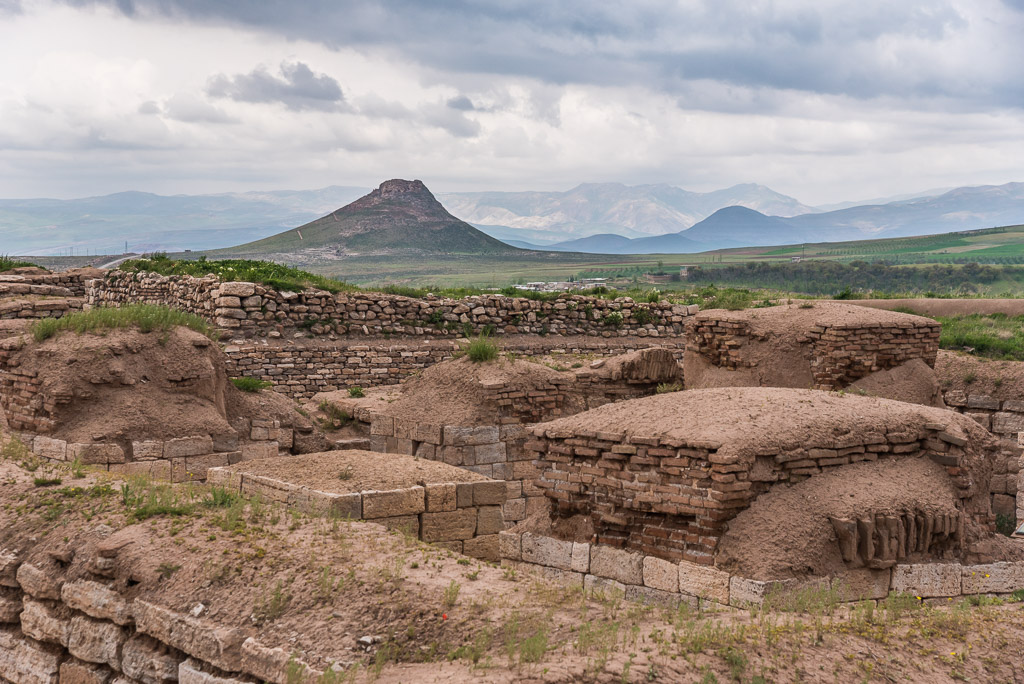
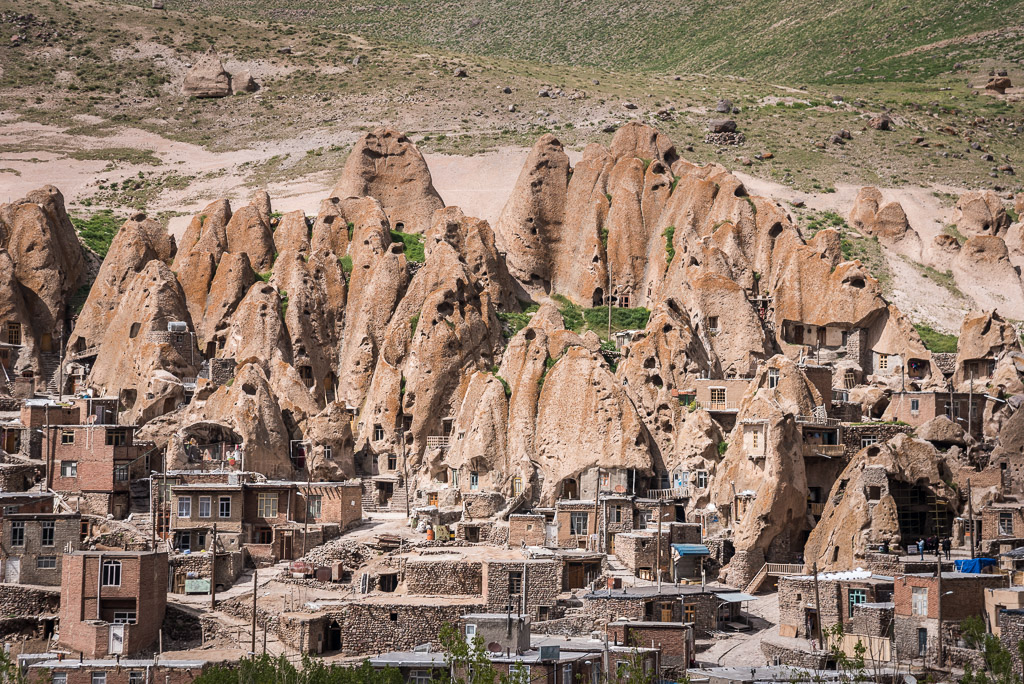
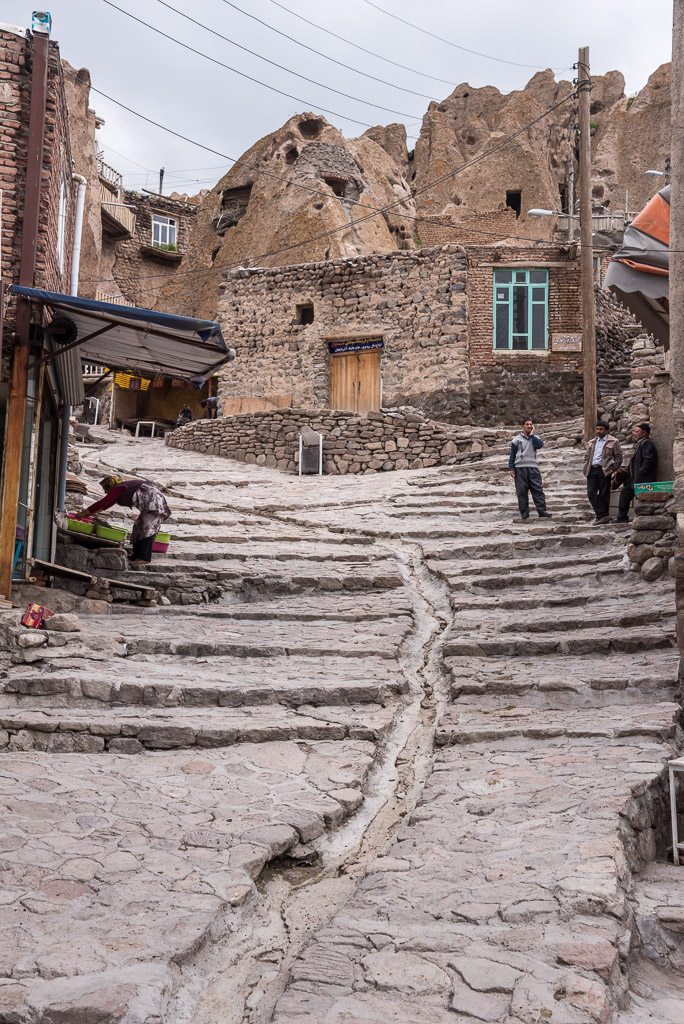

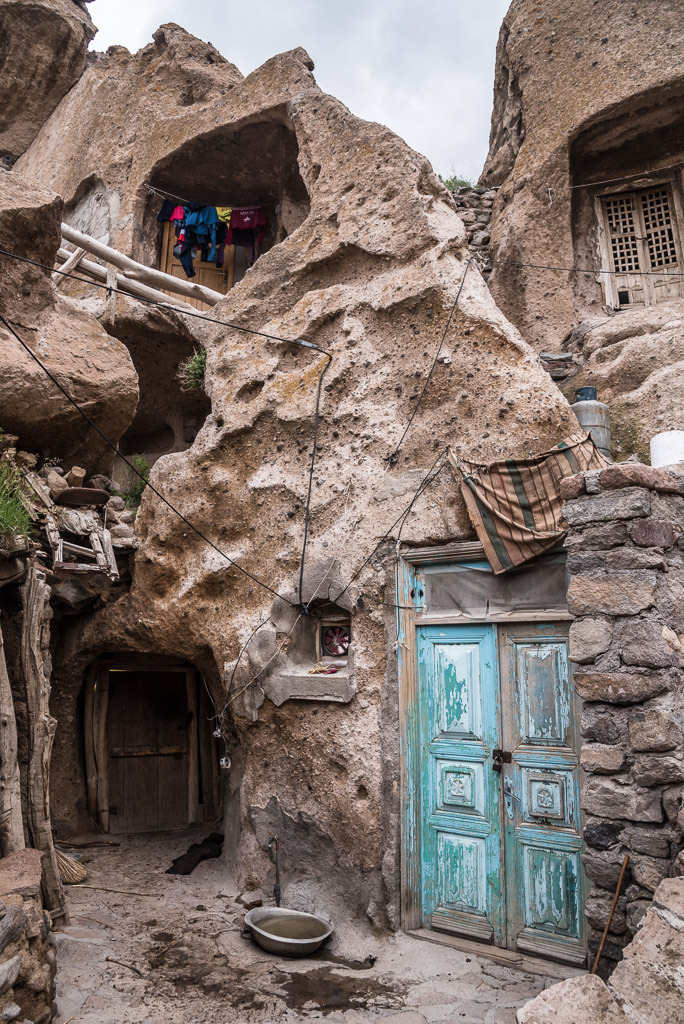
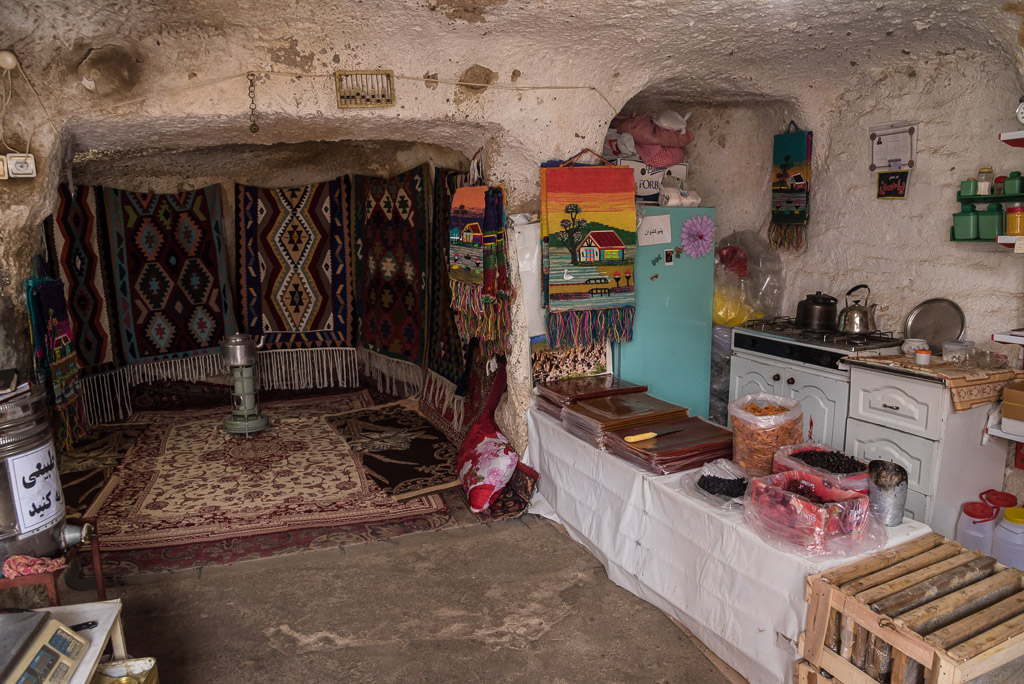
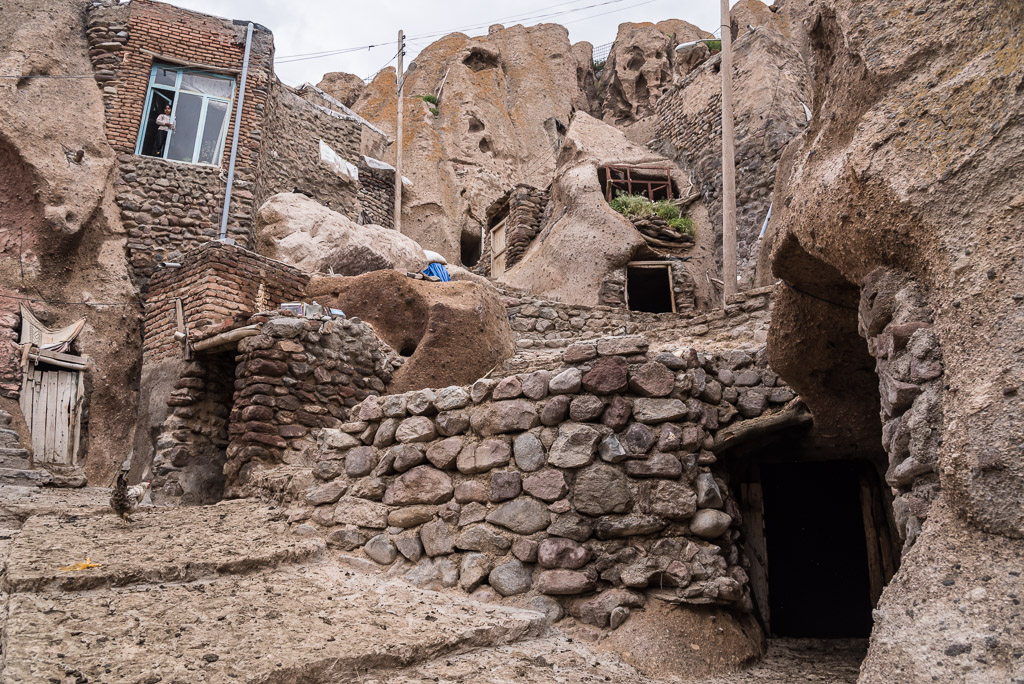
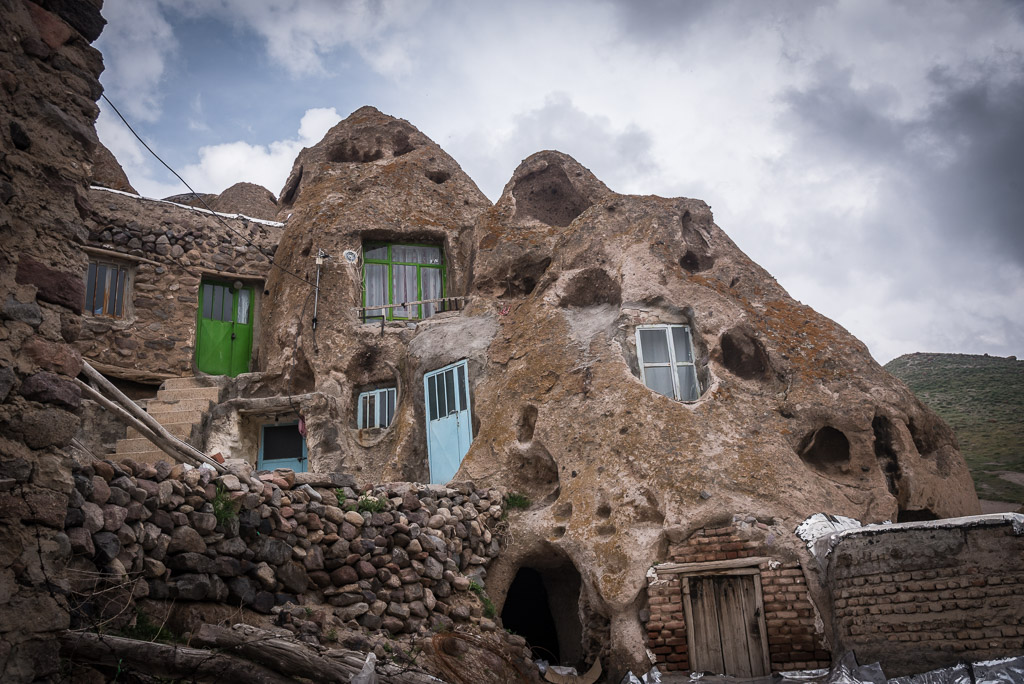
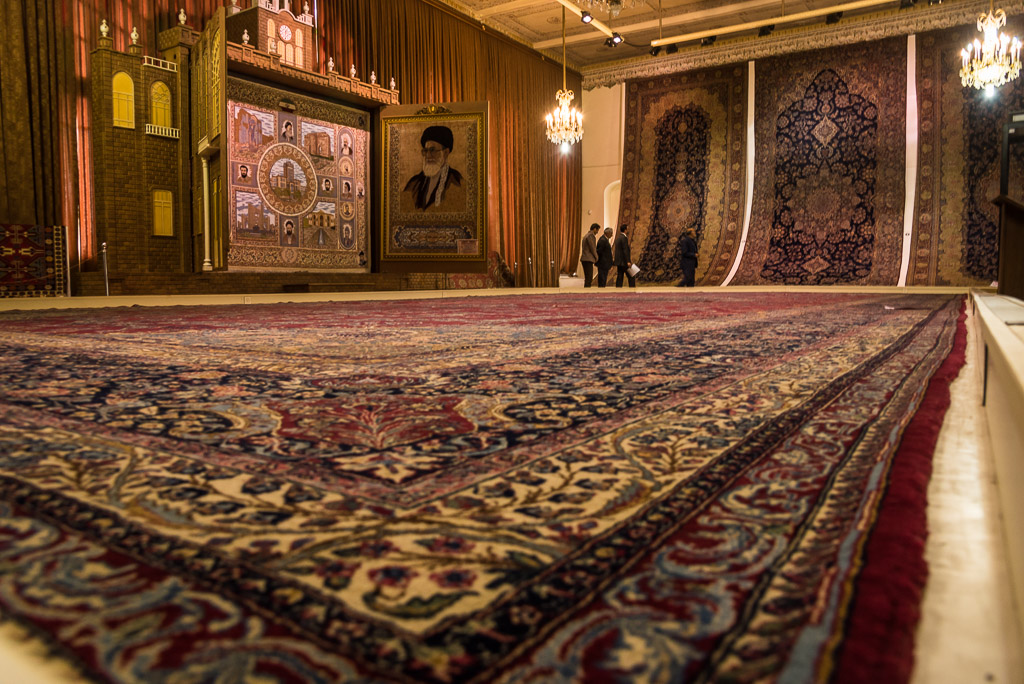

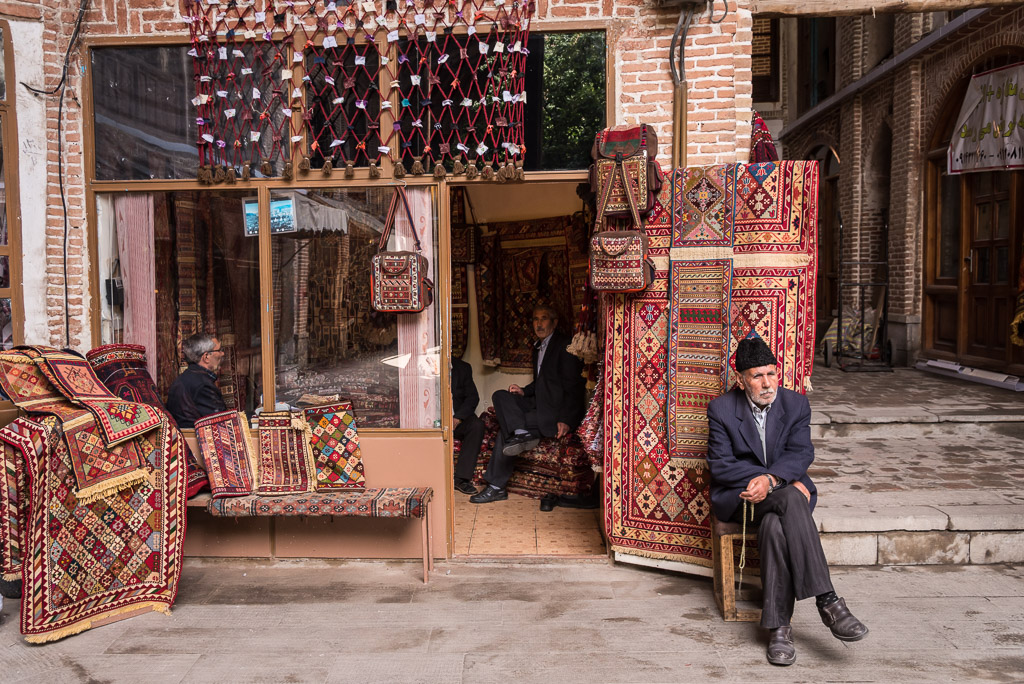

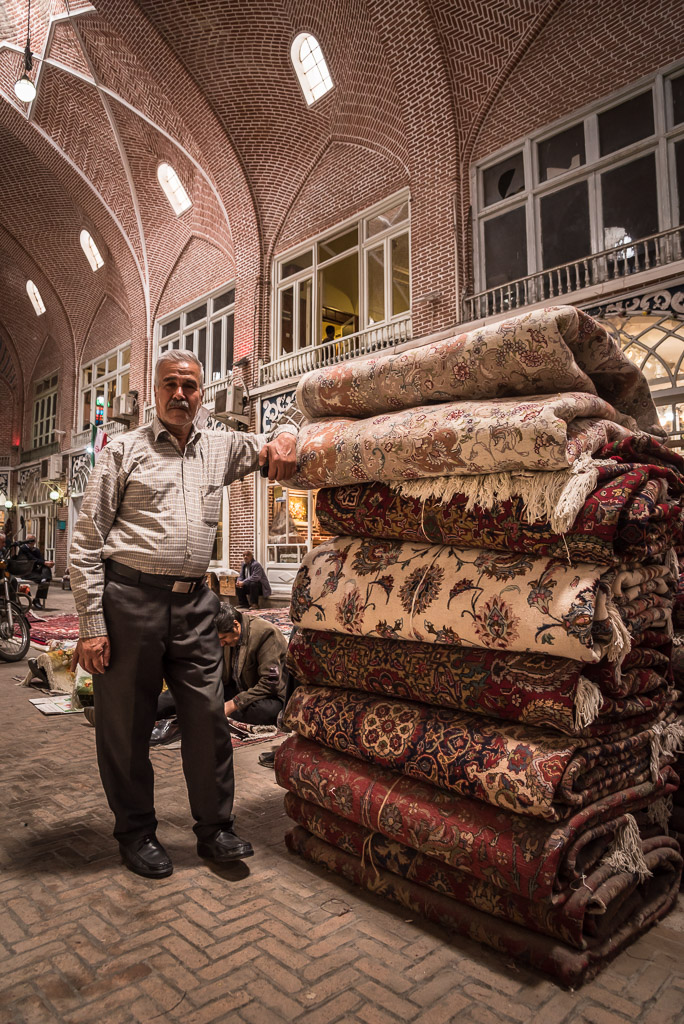
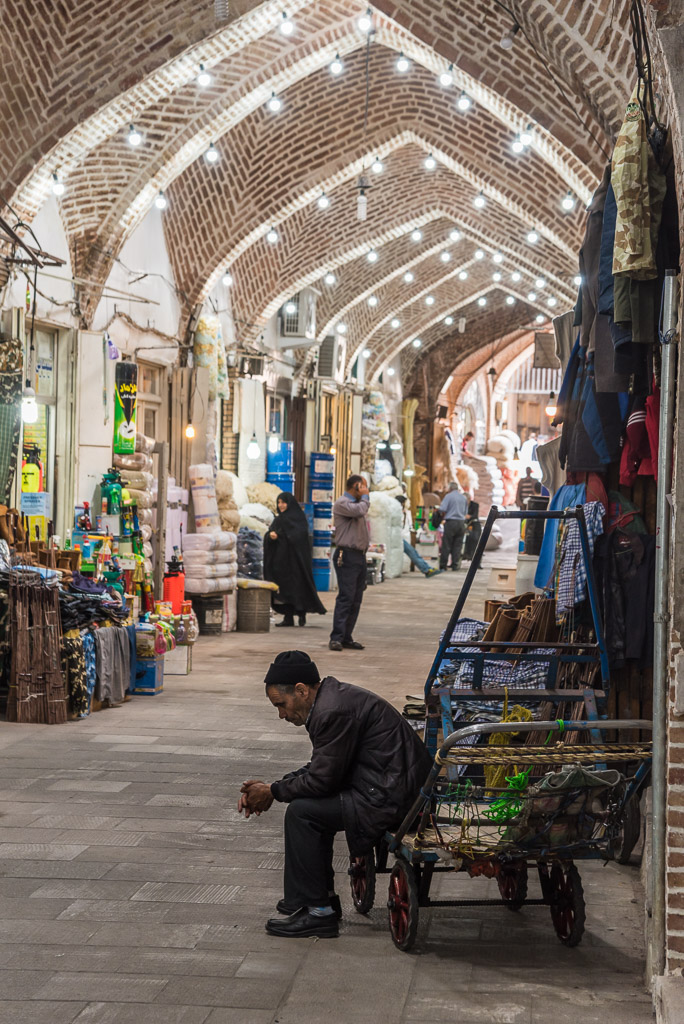
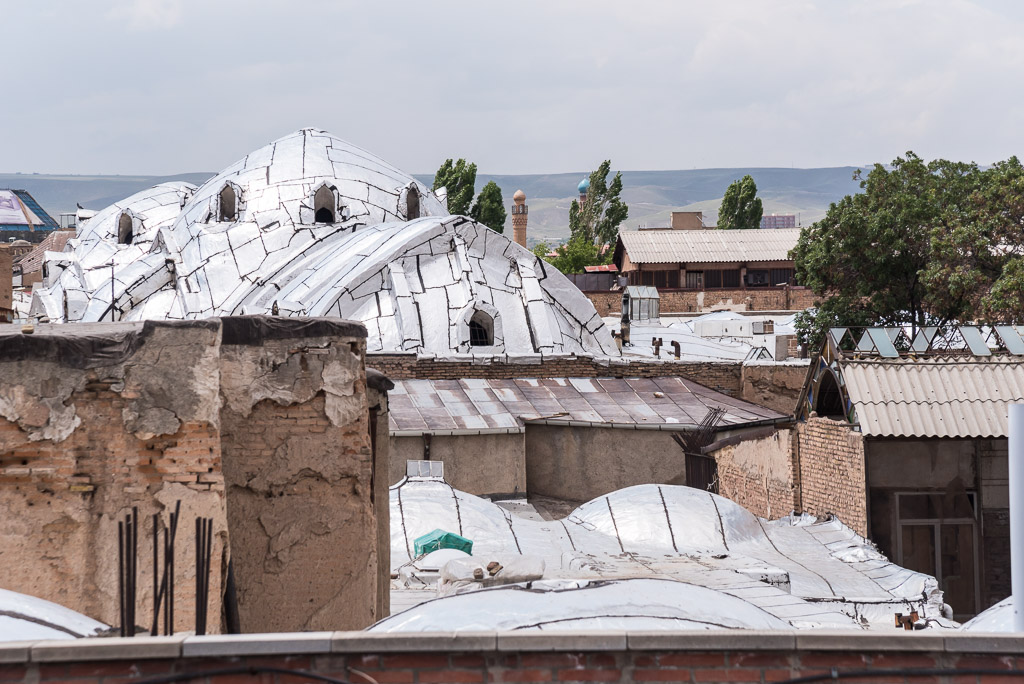
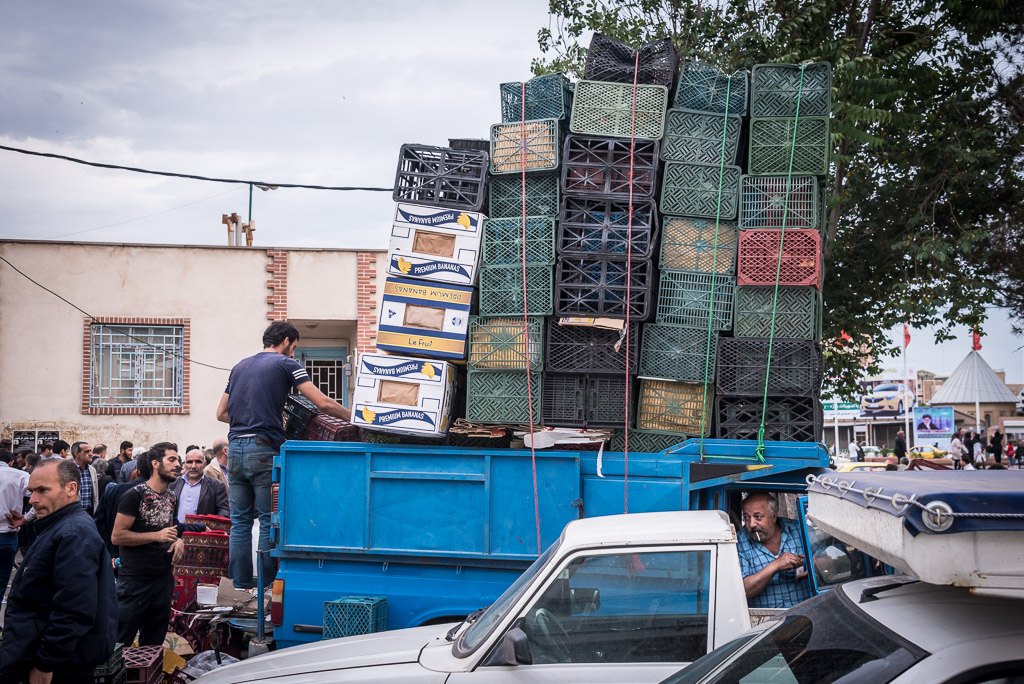
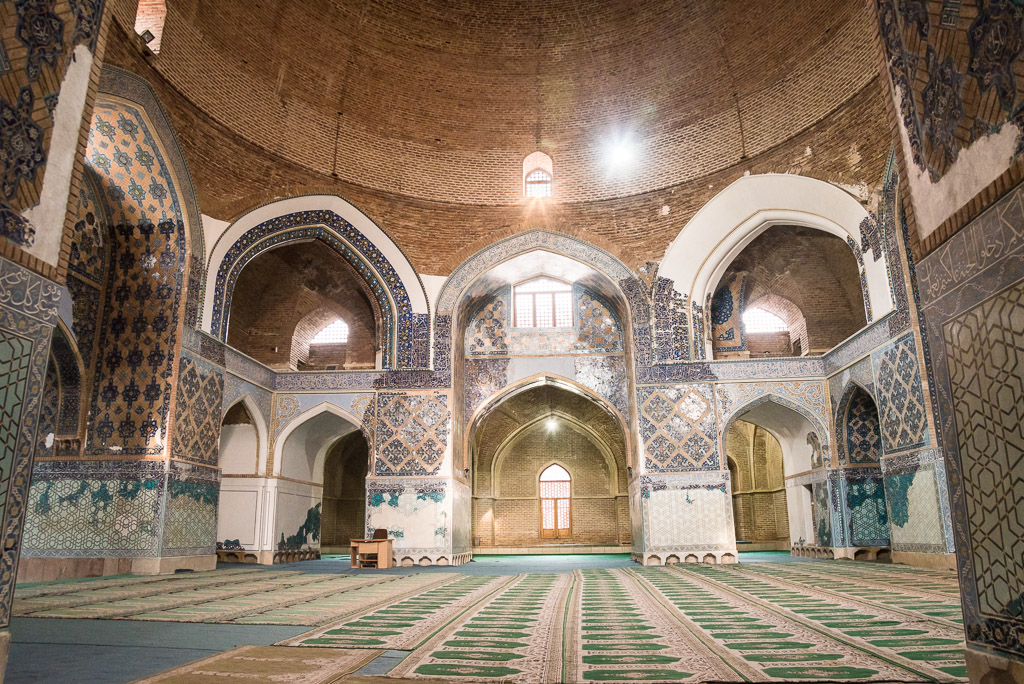
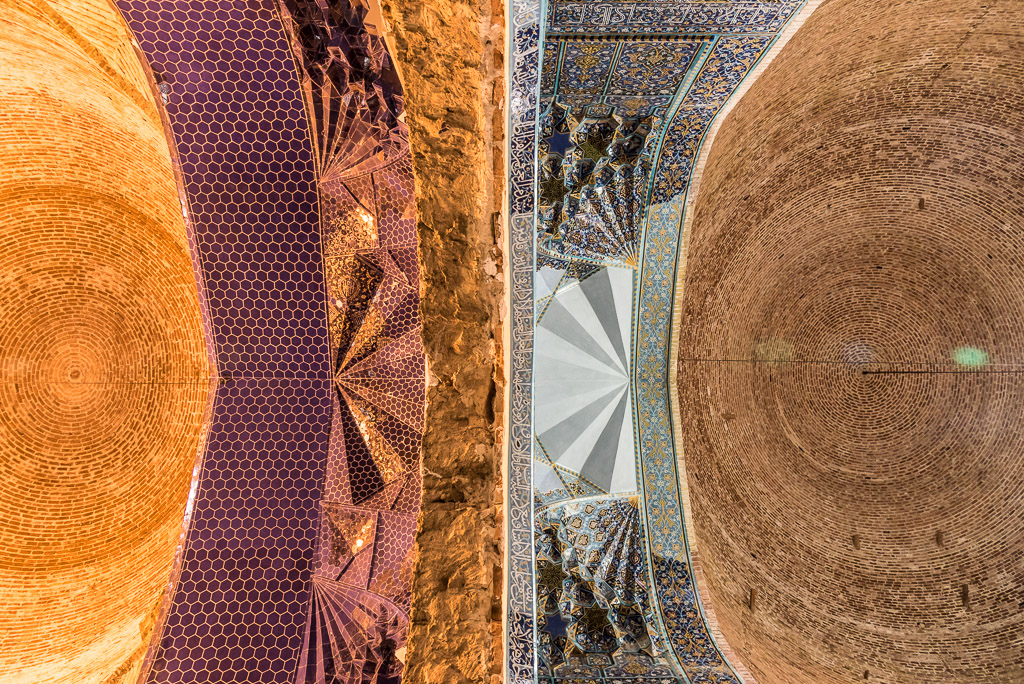
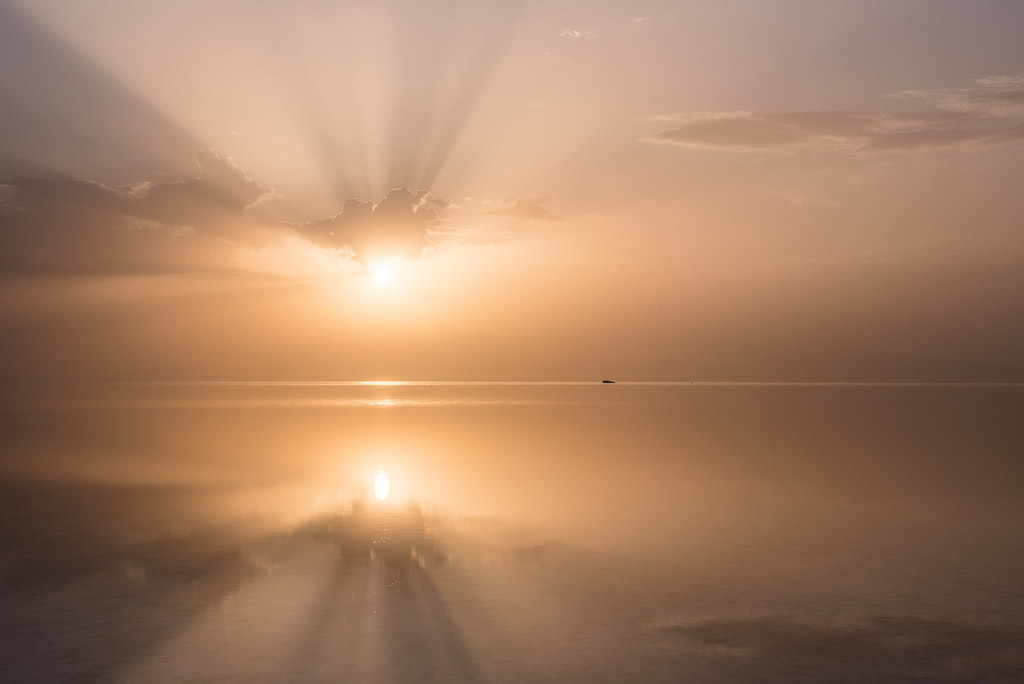
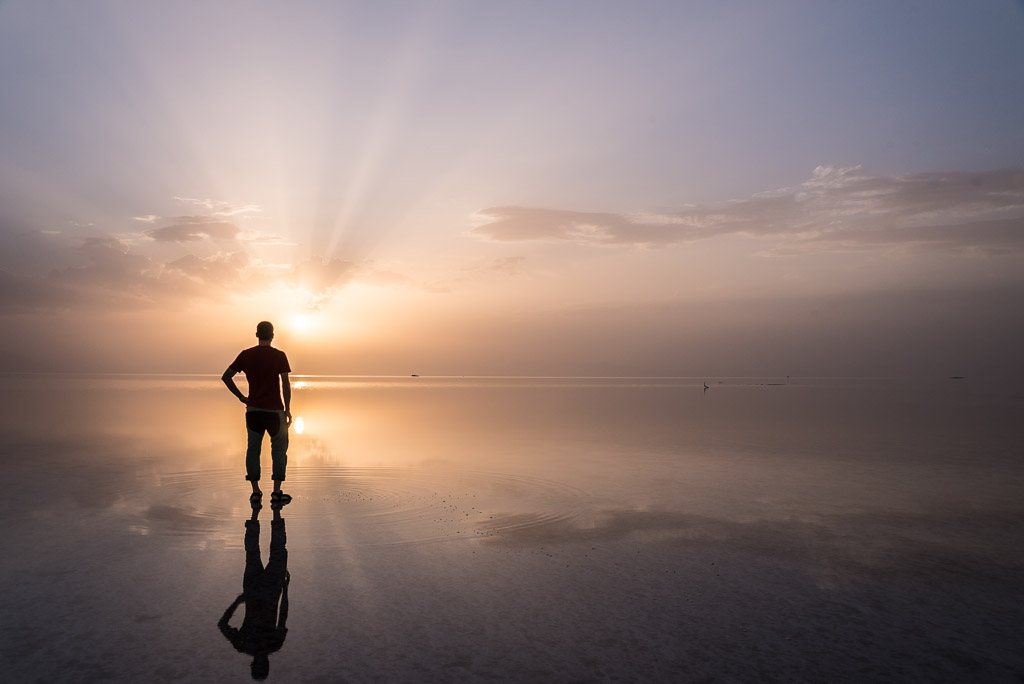
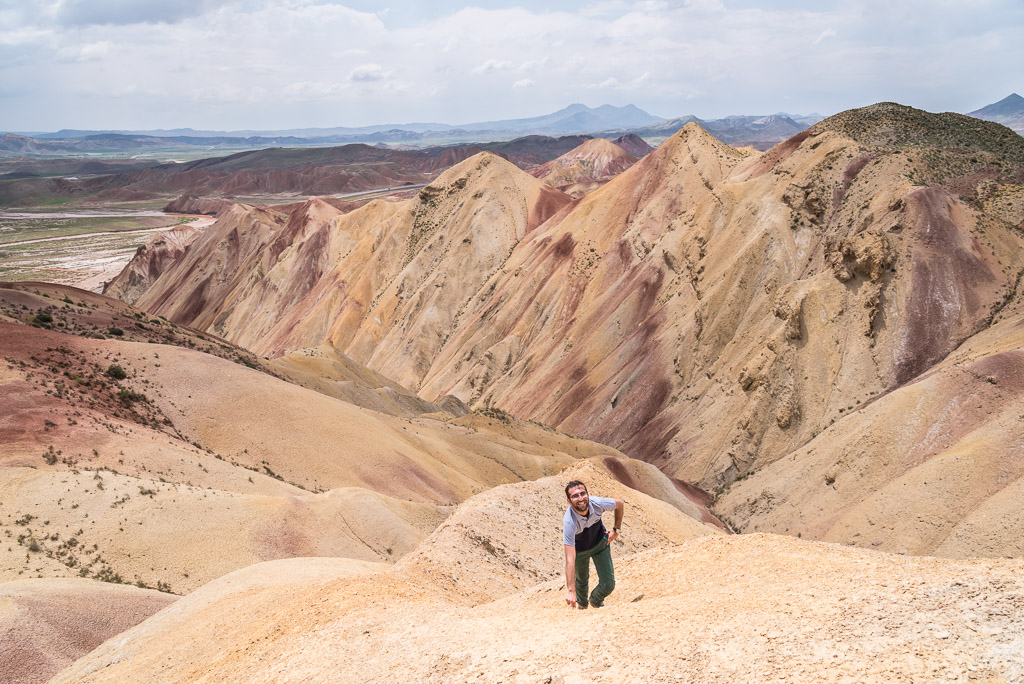
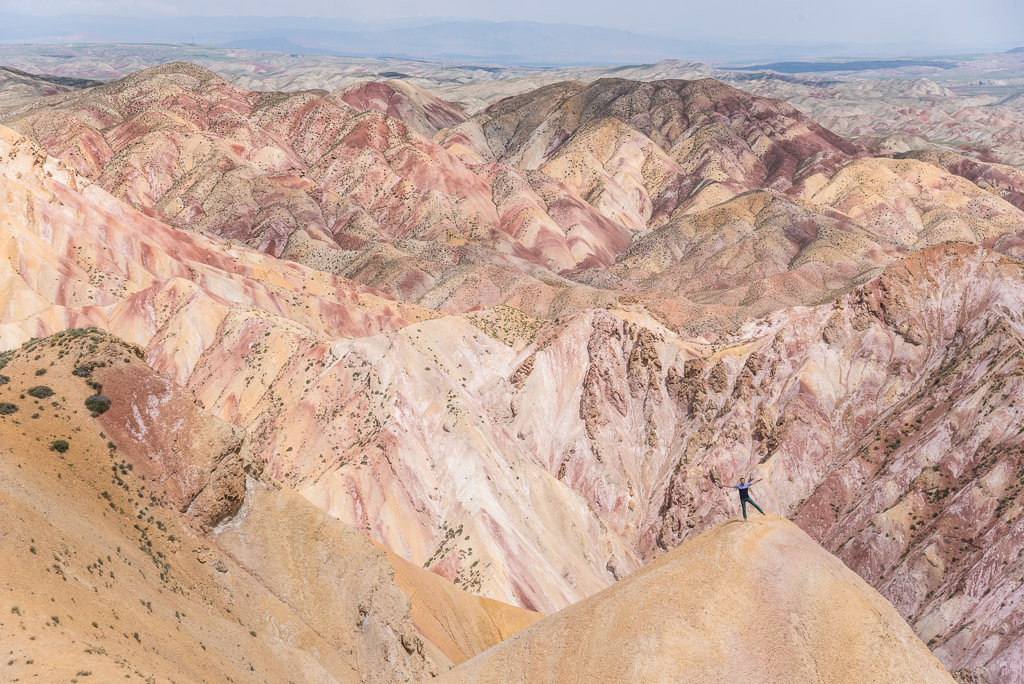
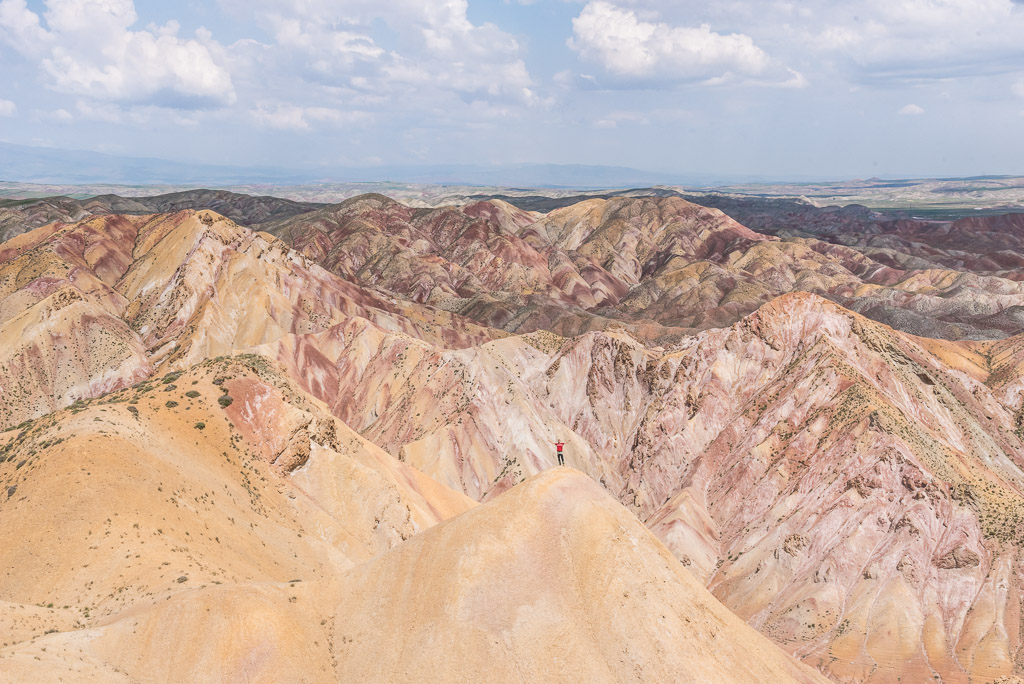
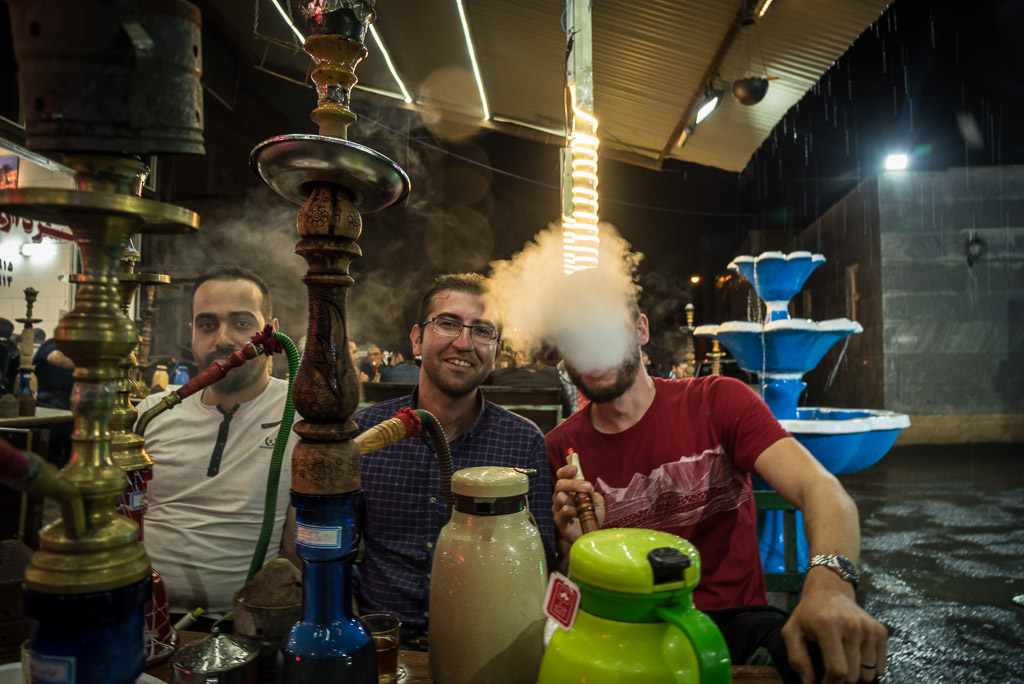

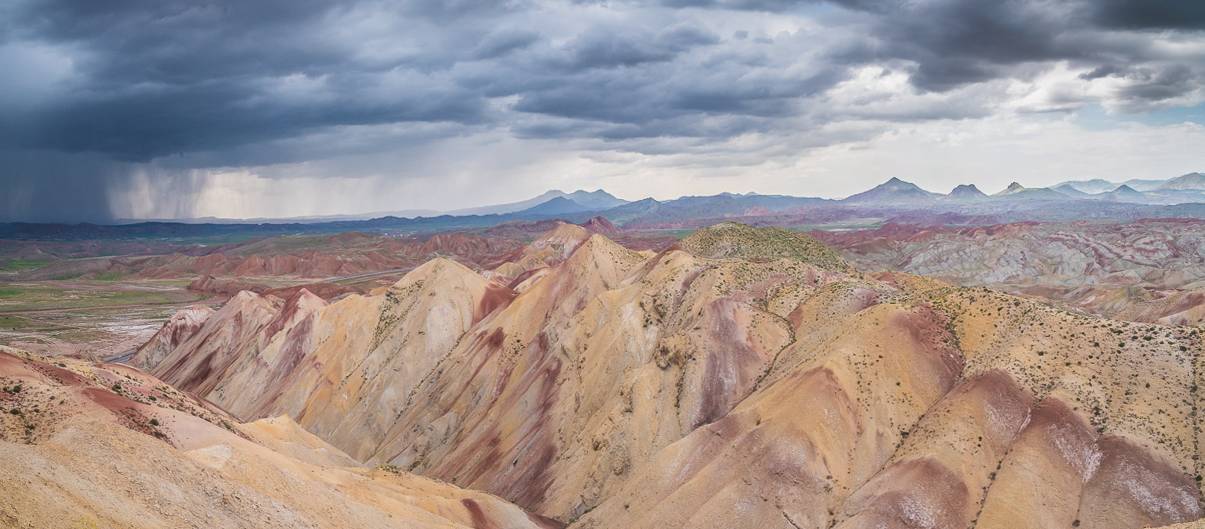
Albertotsl
11. September 2020interessant, bitte erzähl mehr.
Steffen Markert
9. Dezember 2018Hello Thomas, my absolute favorite in this blog is Kandovan. I like this organic architecture, maybe Hundertwasser was there too. Hope to see you soon.